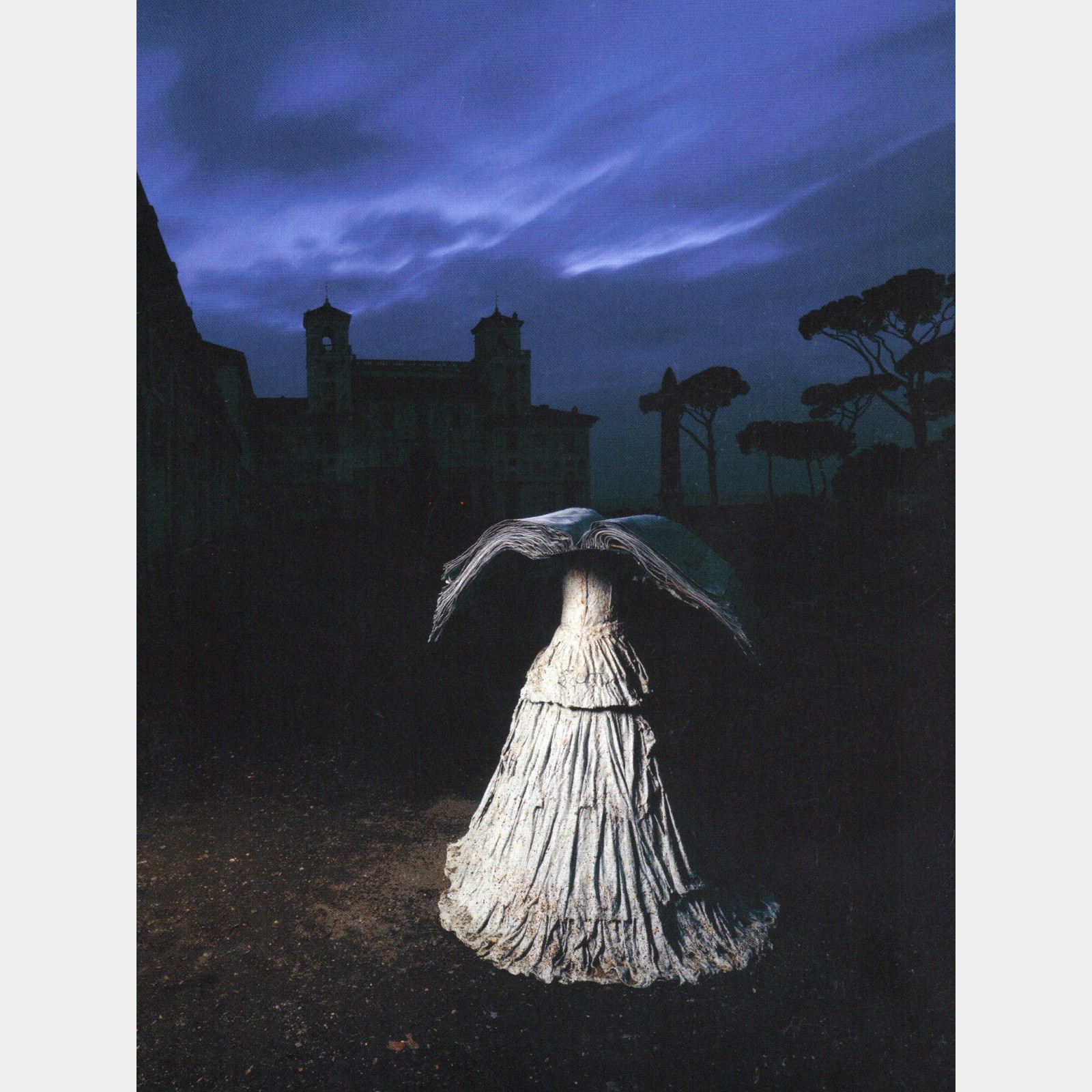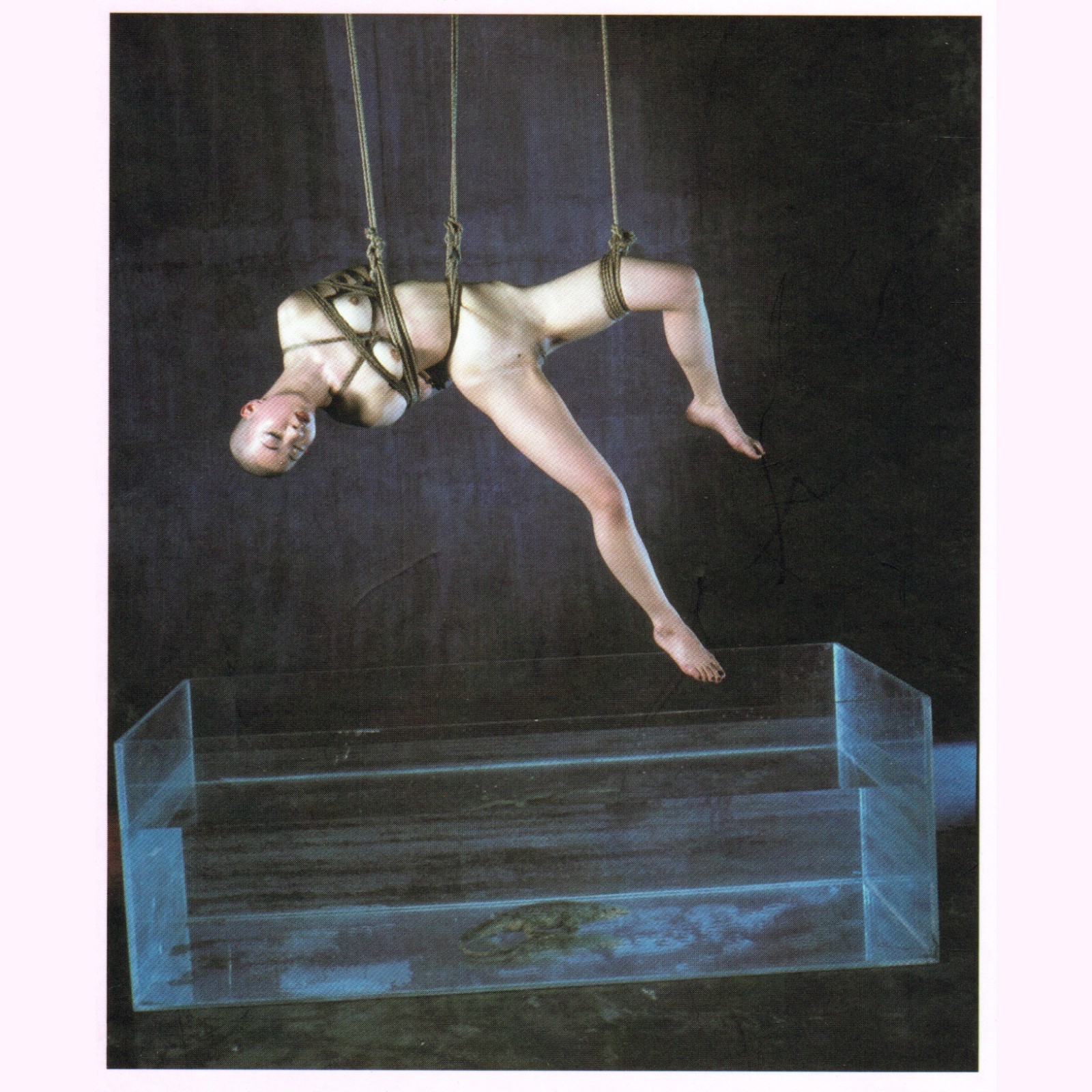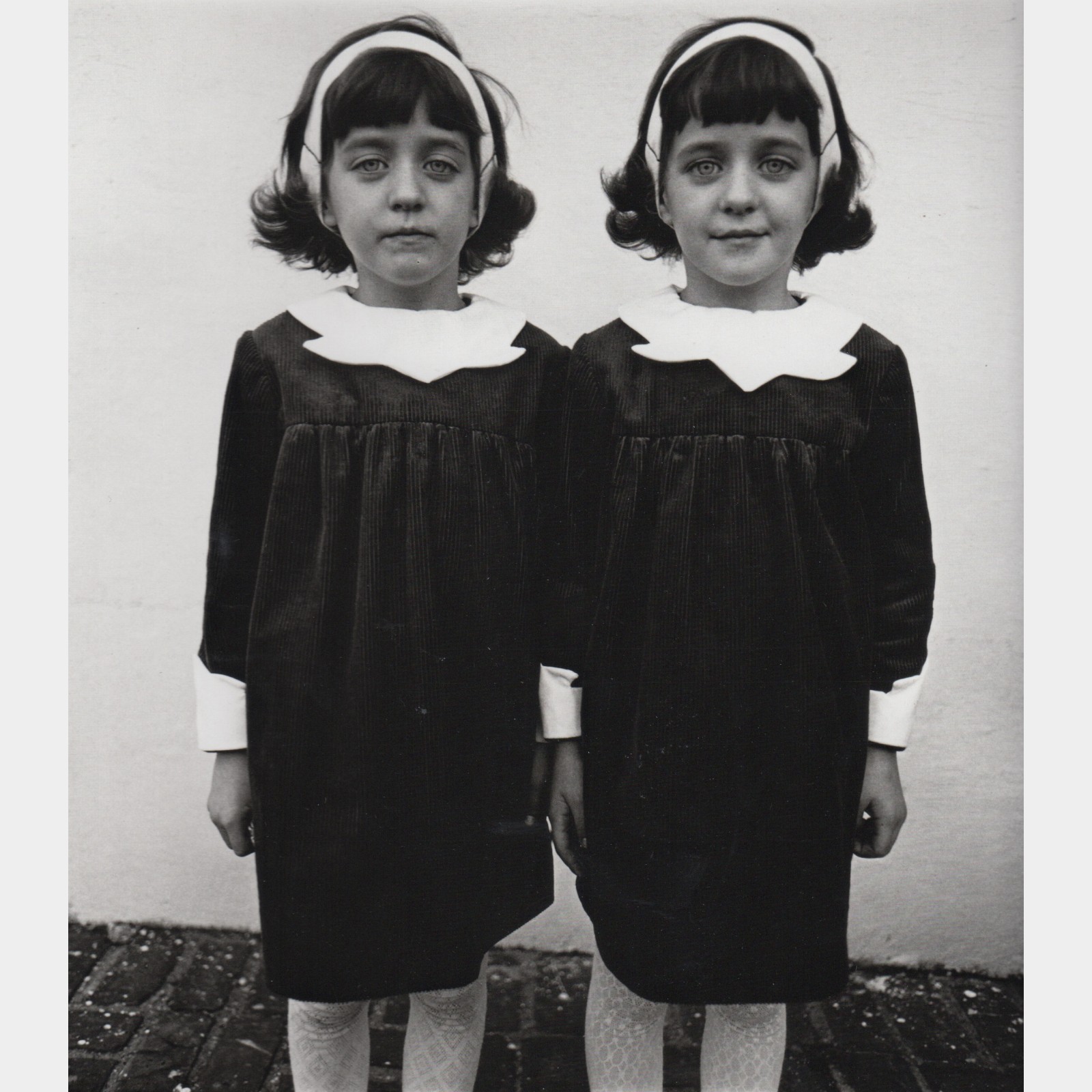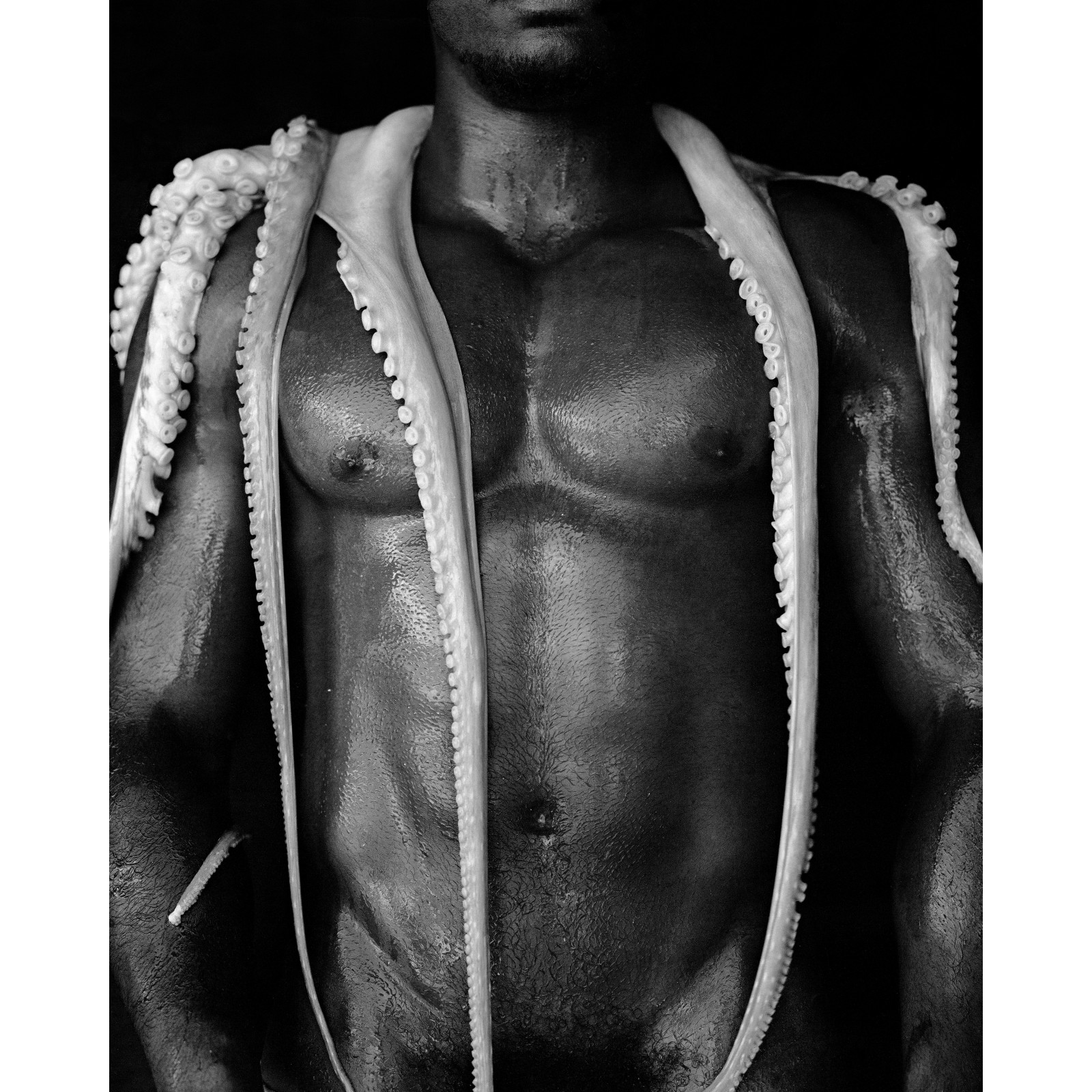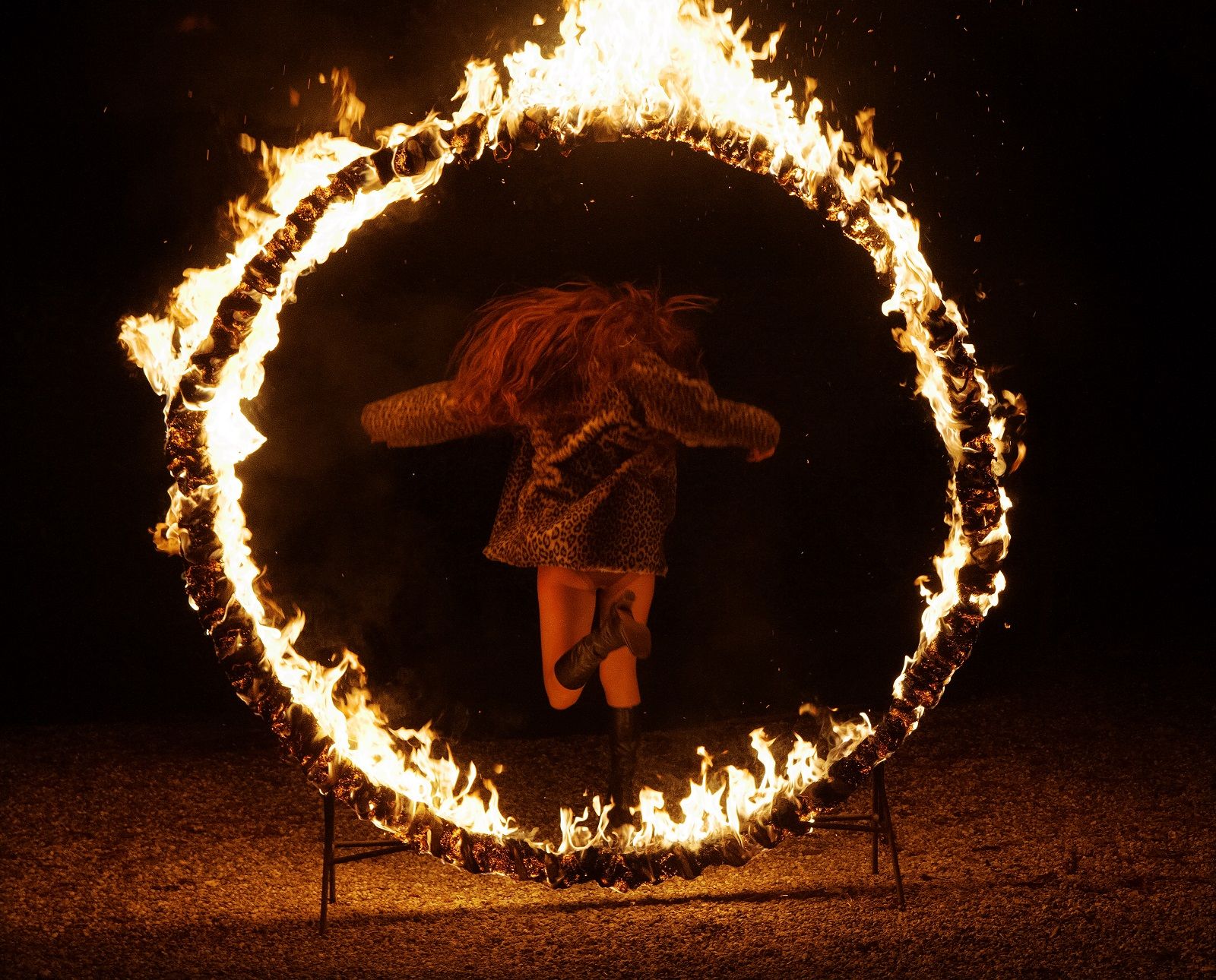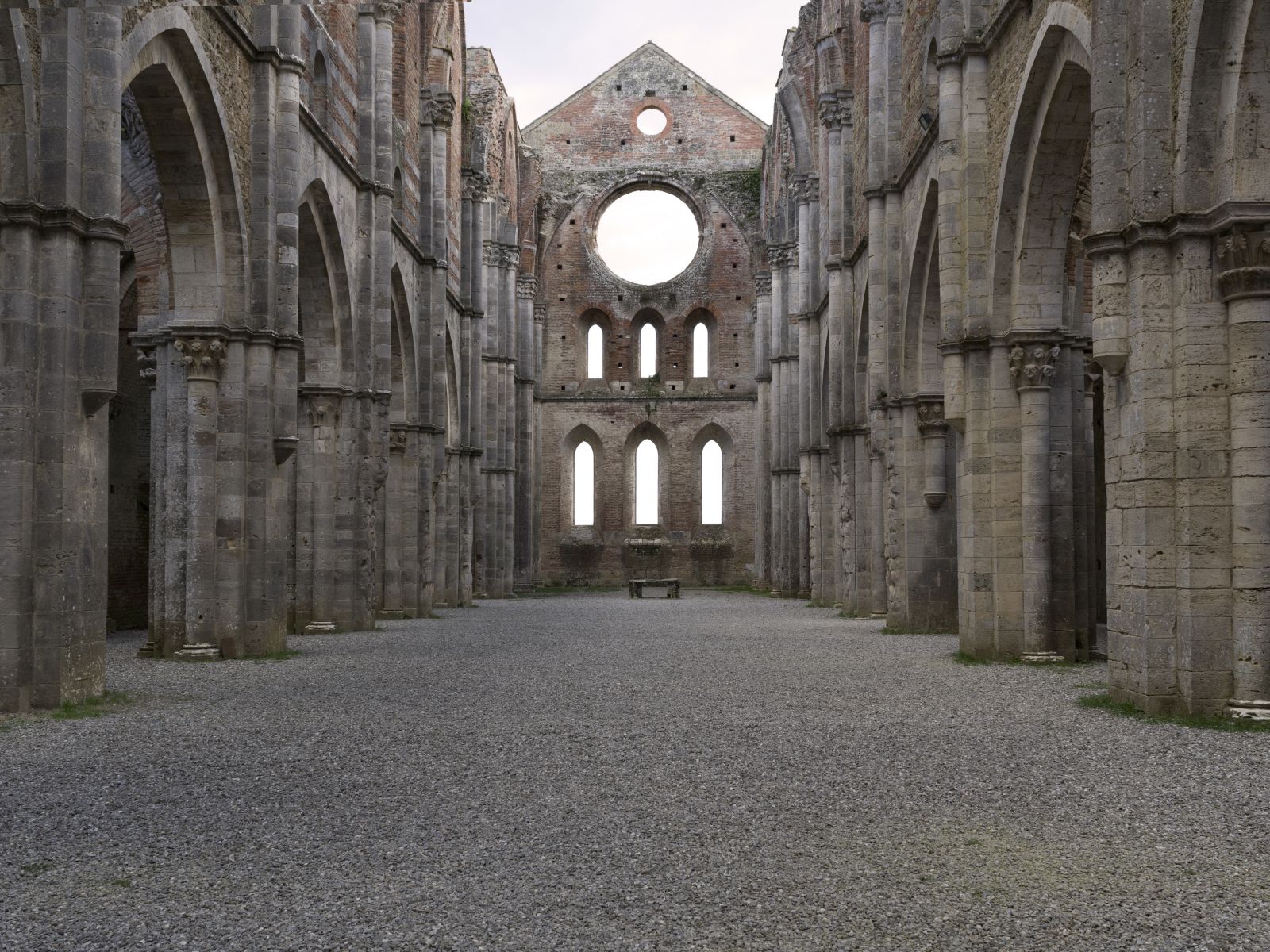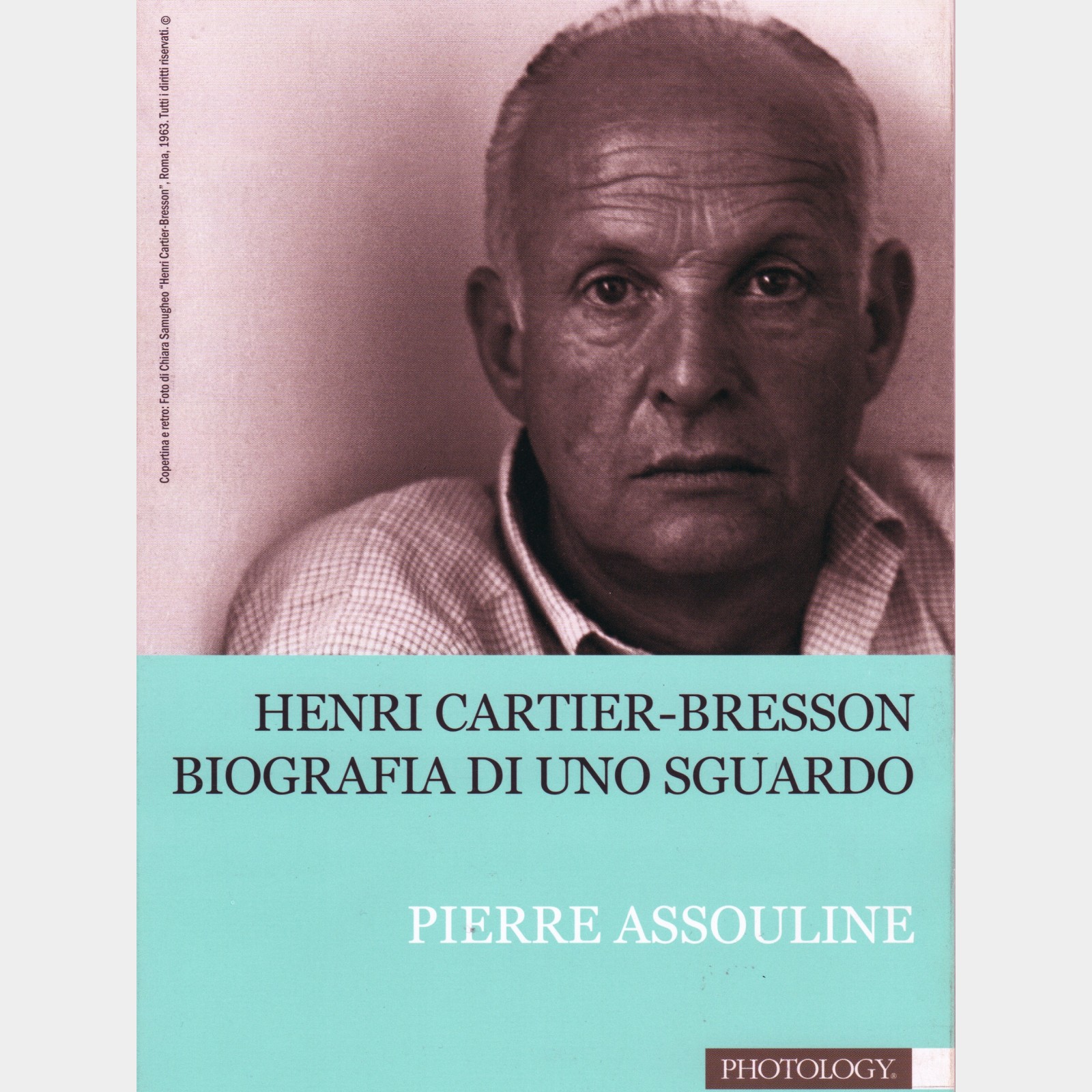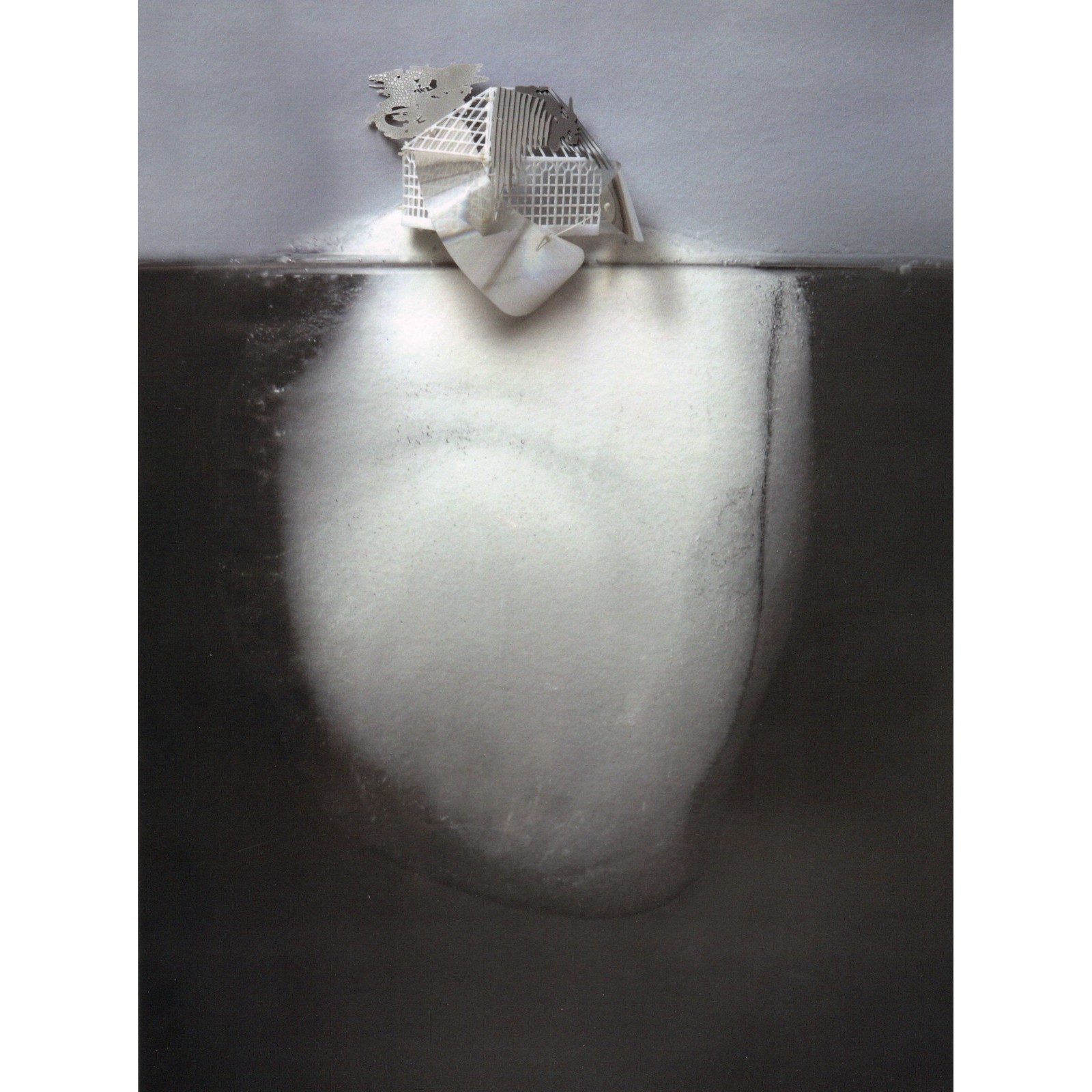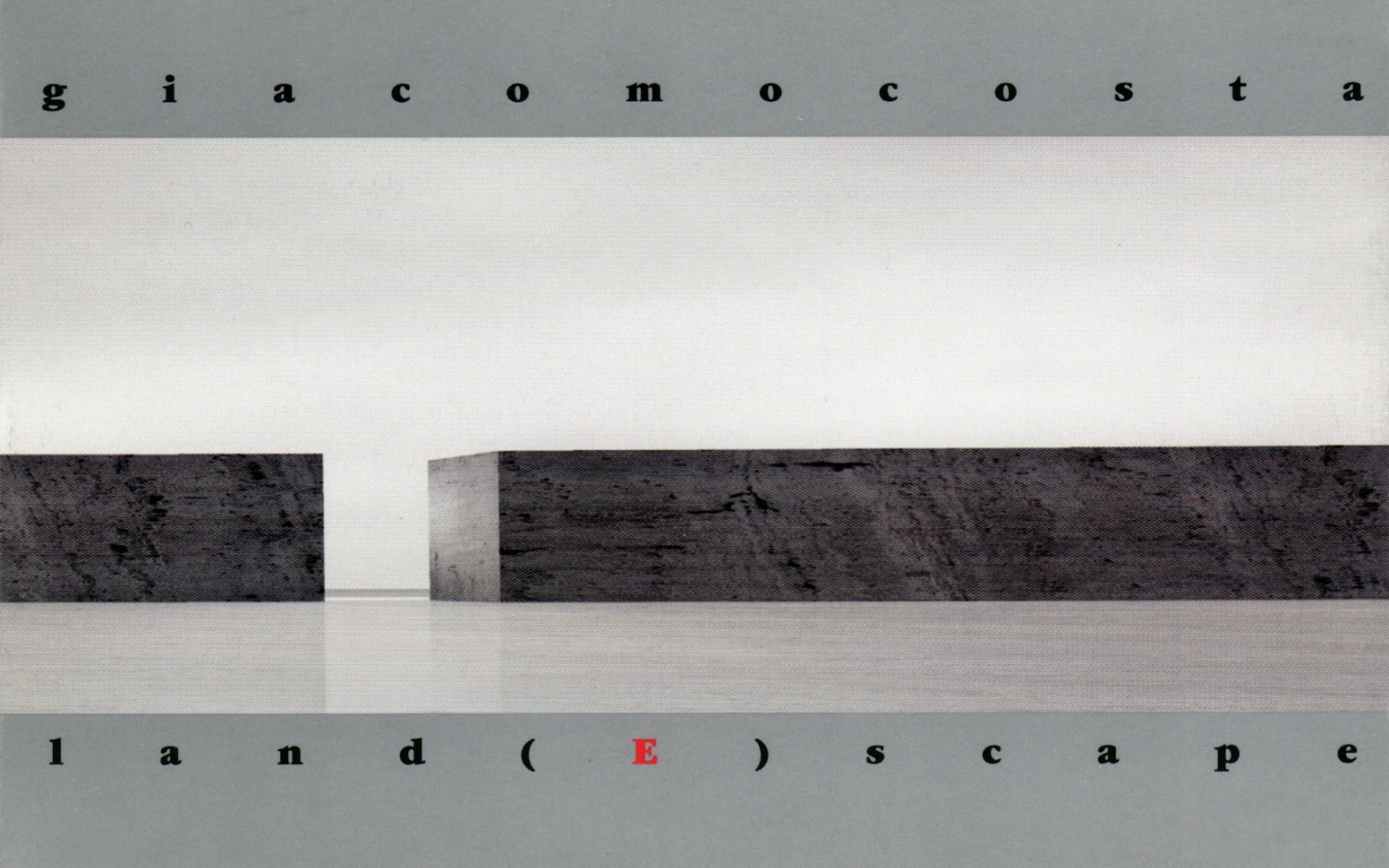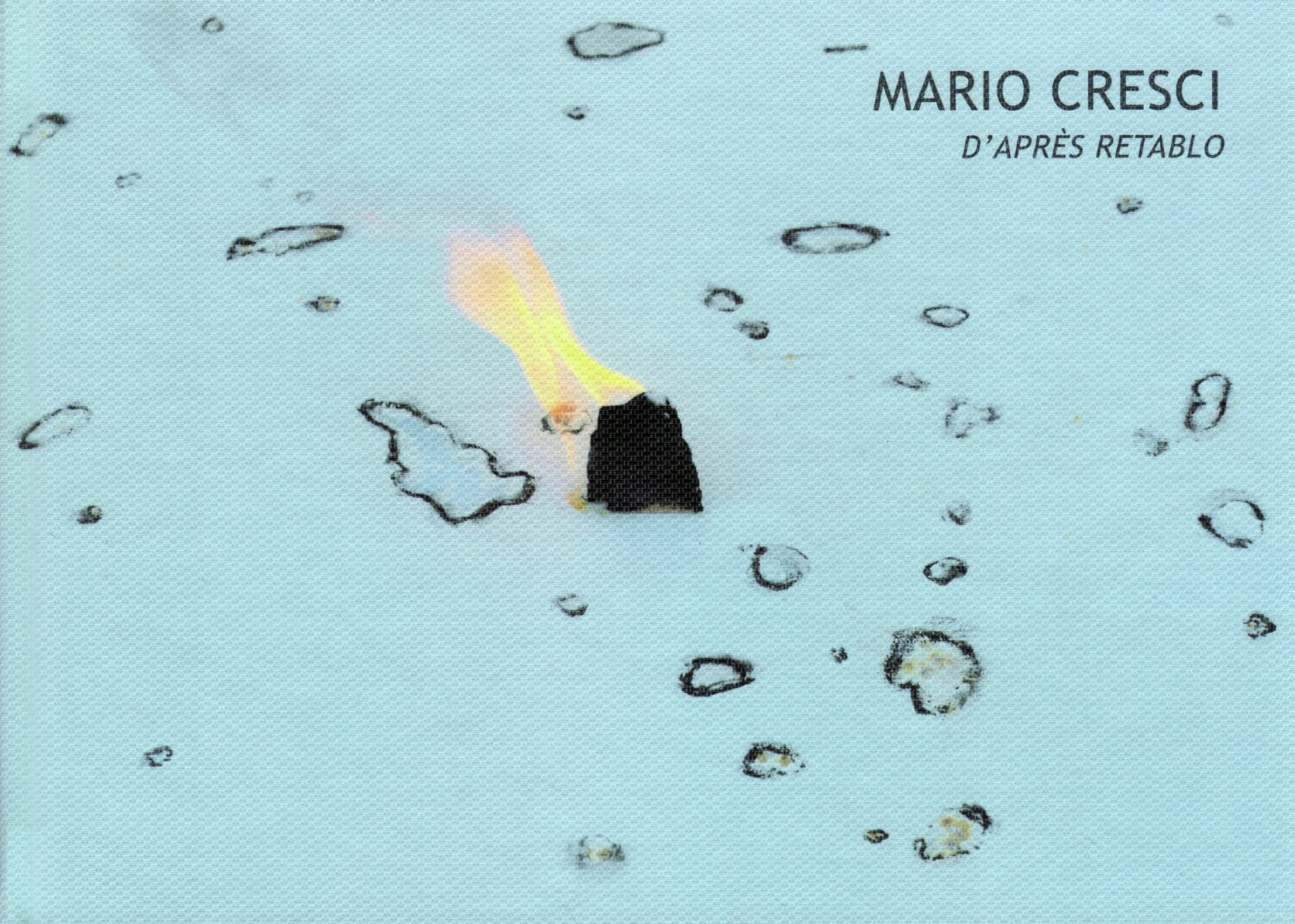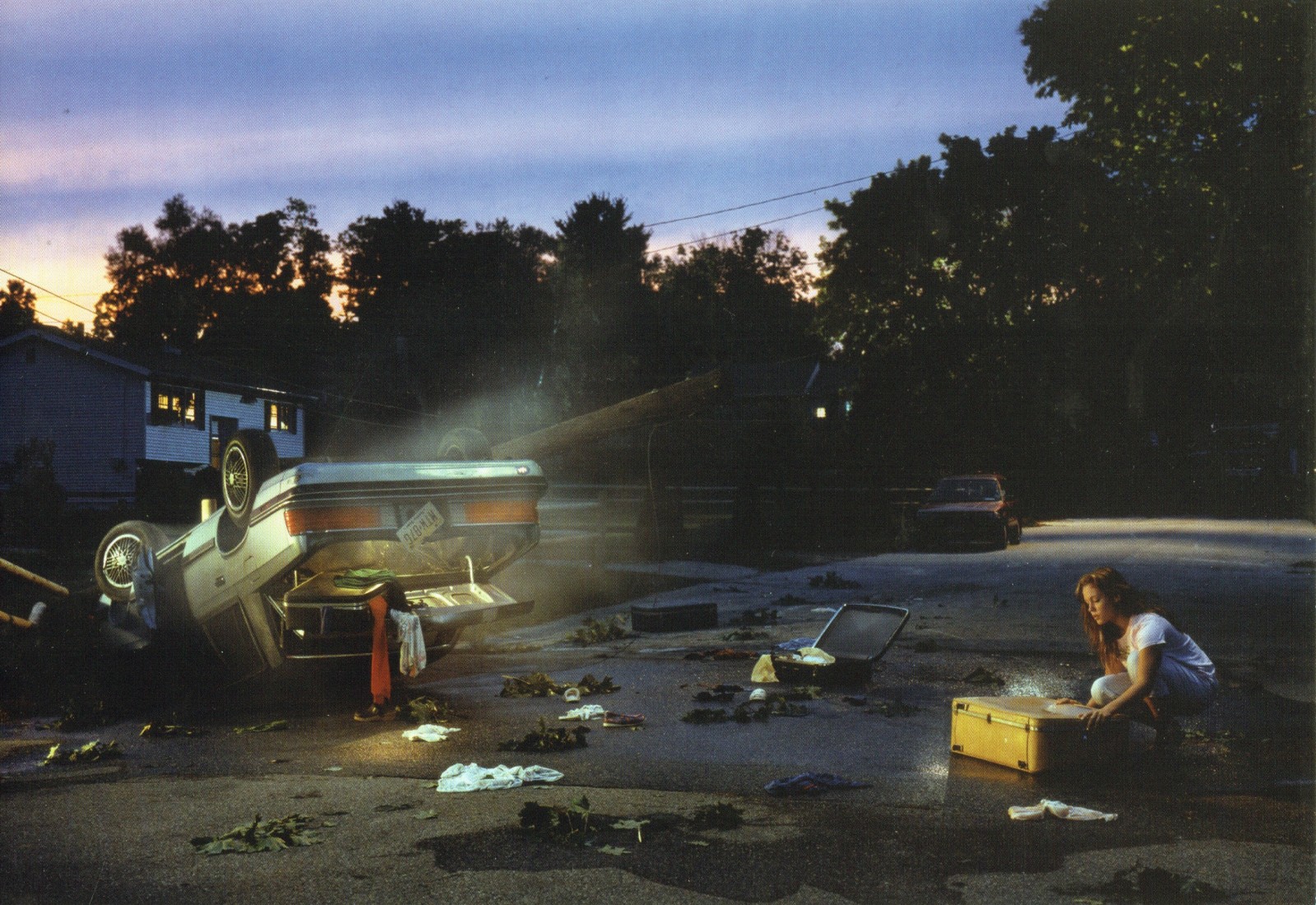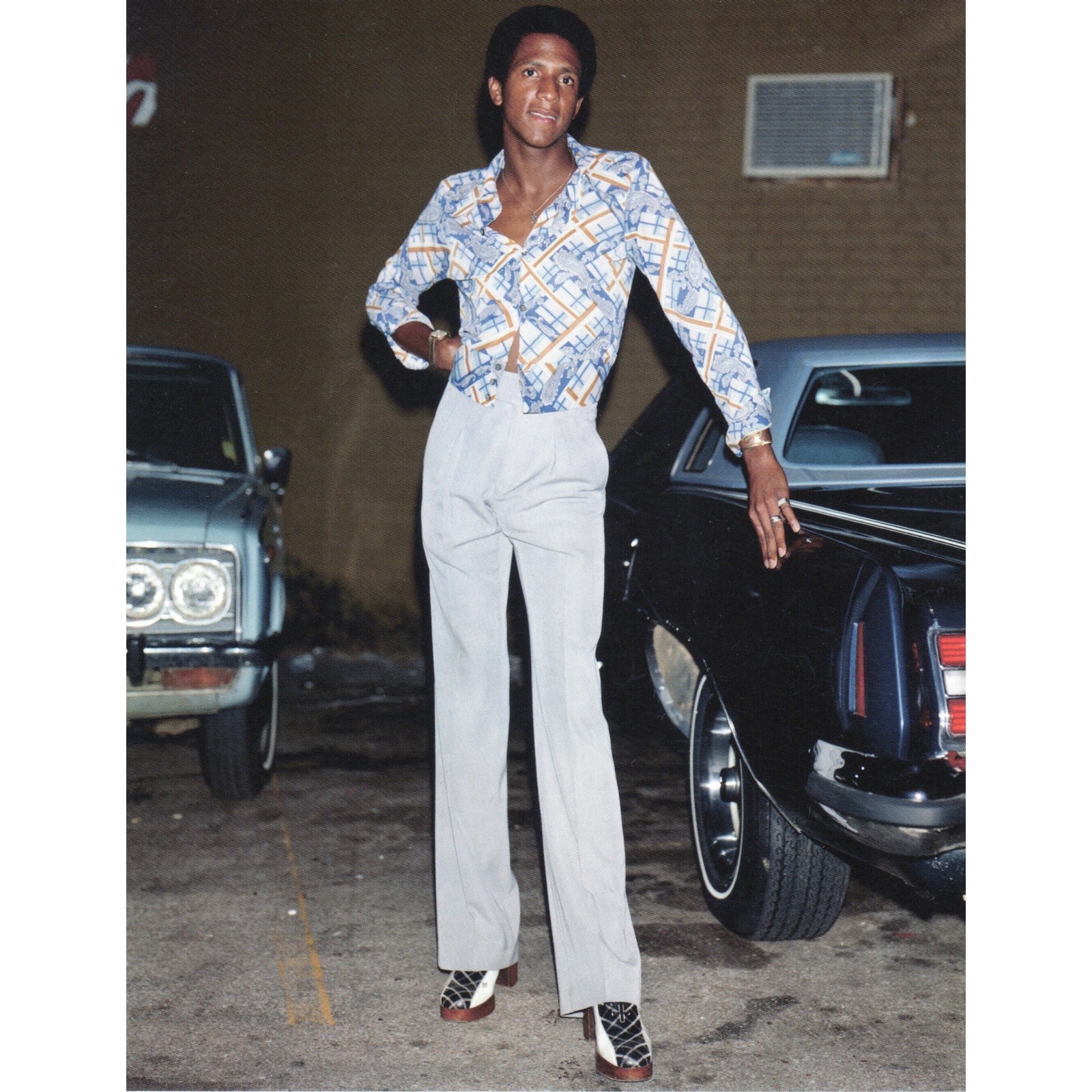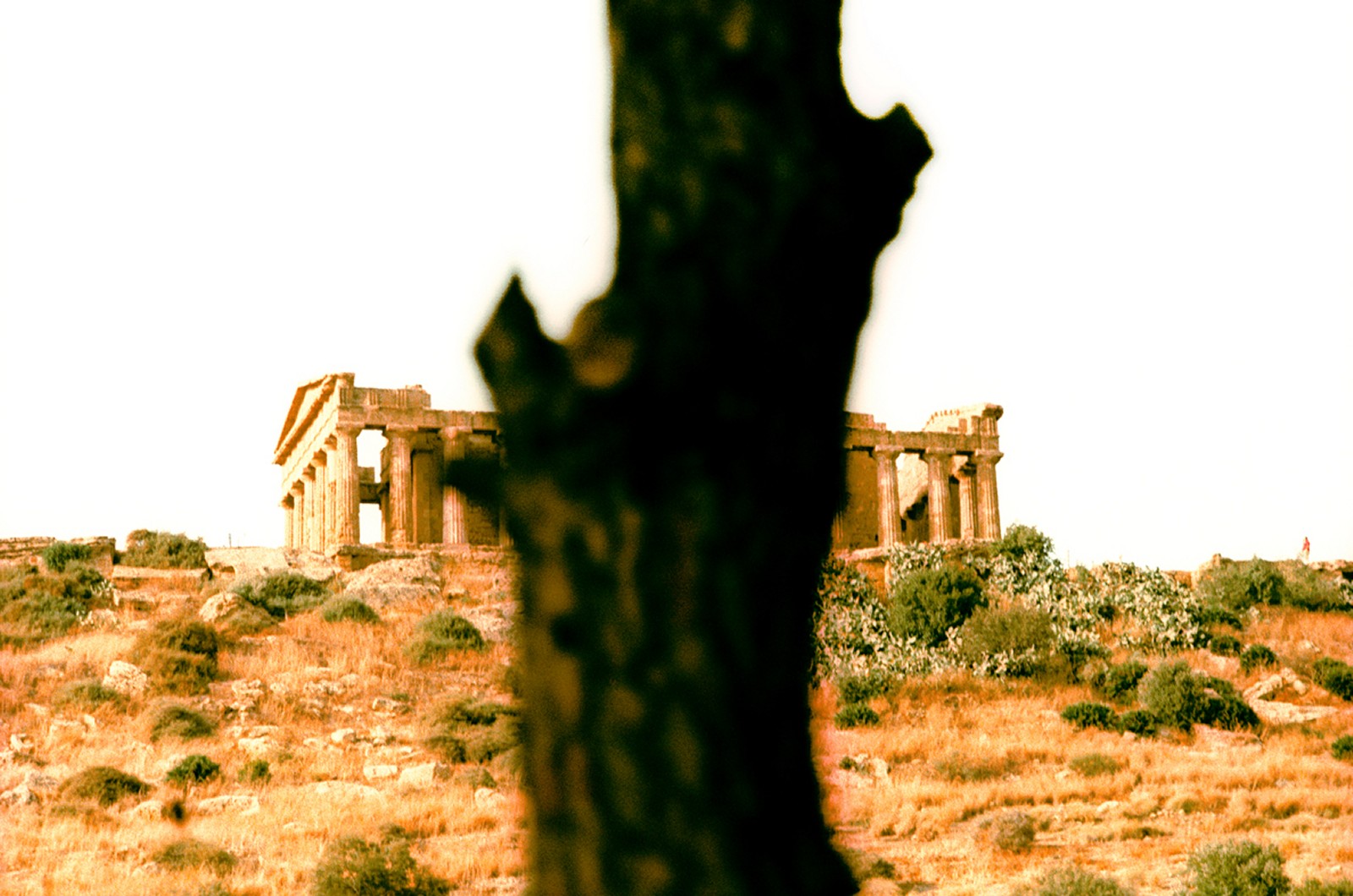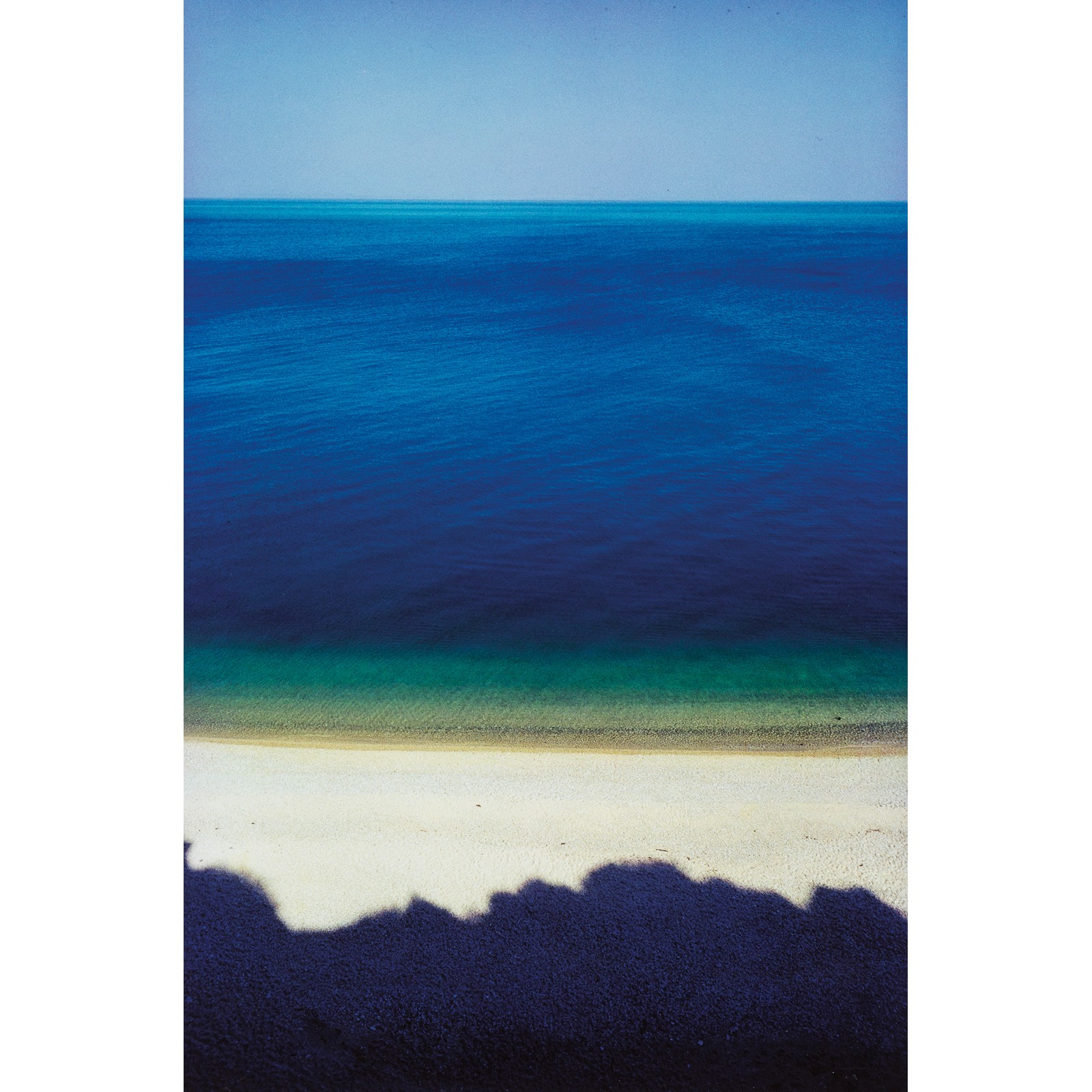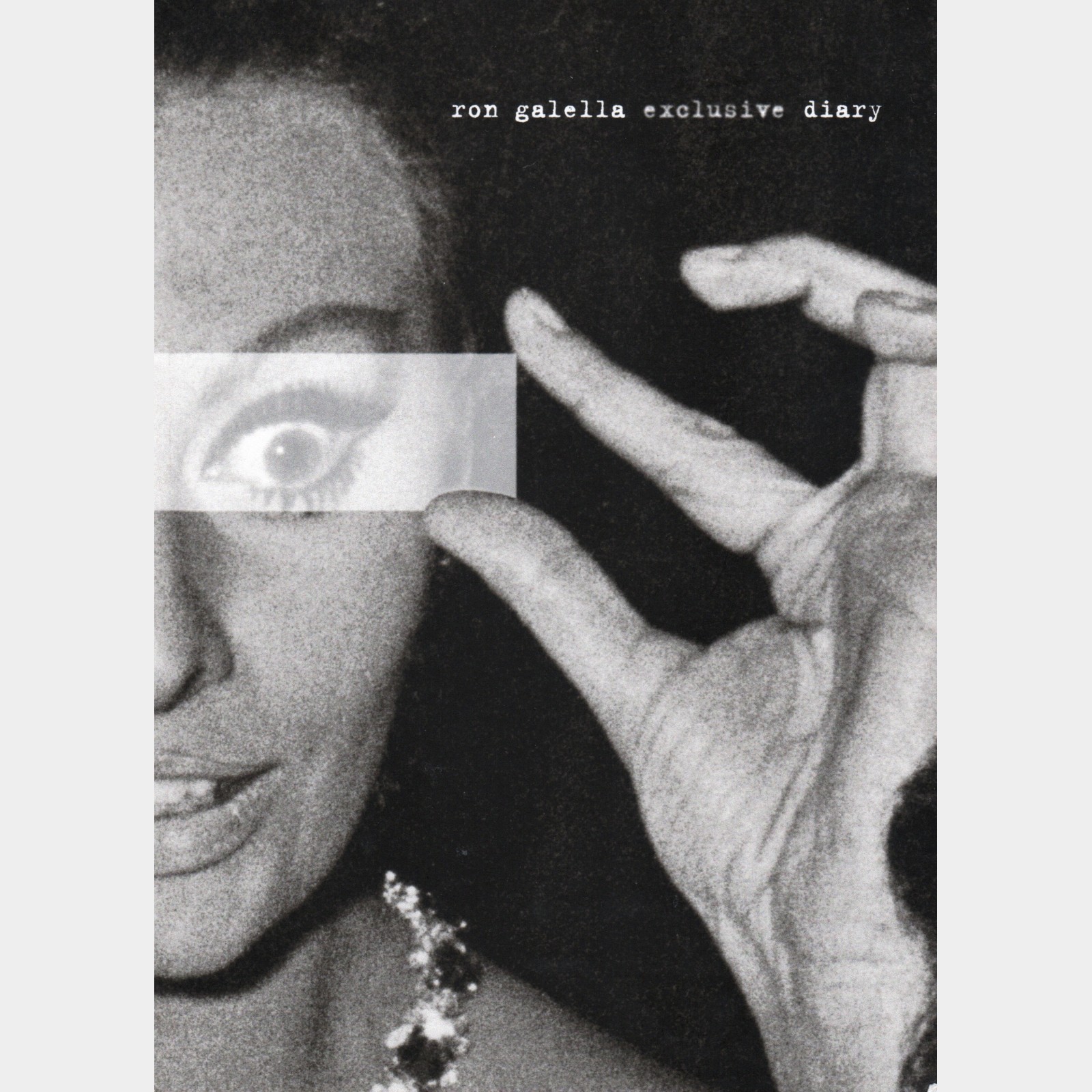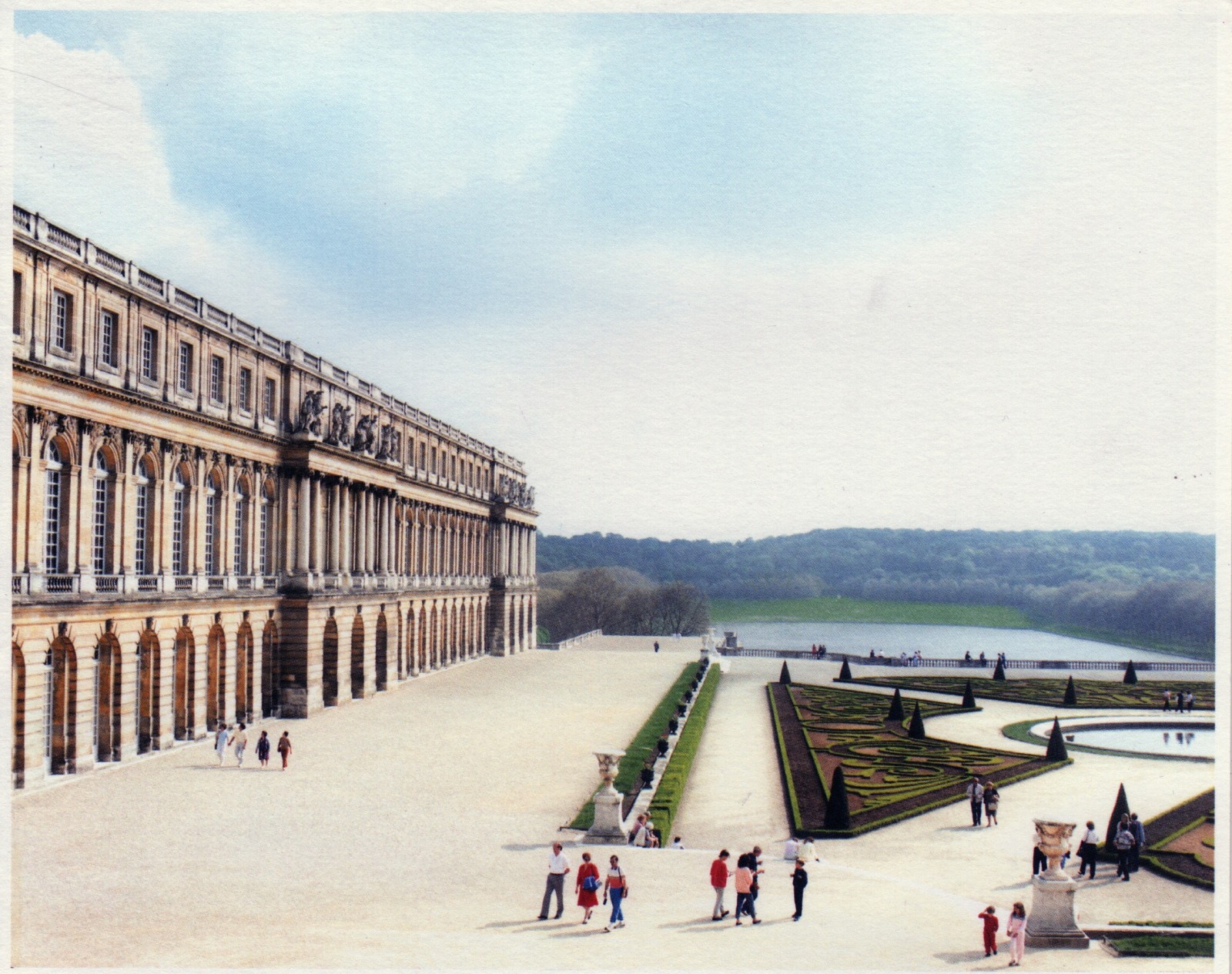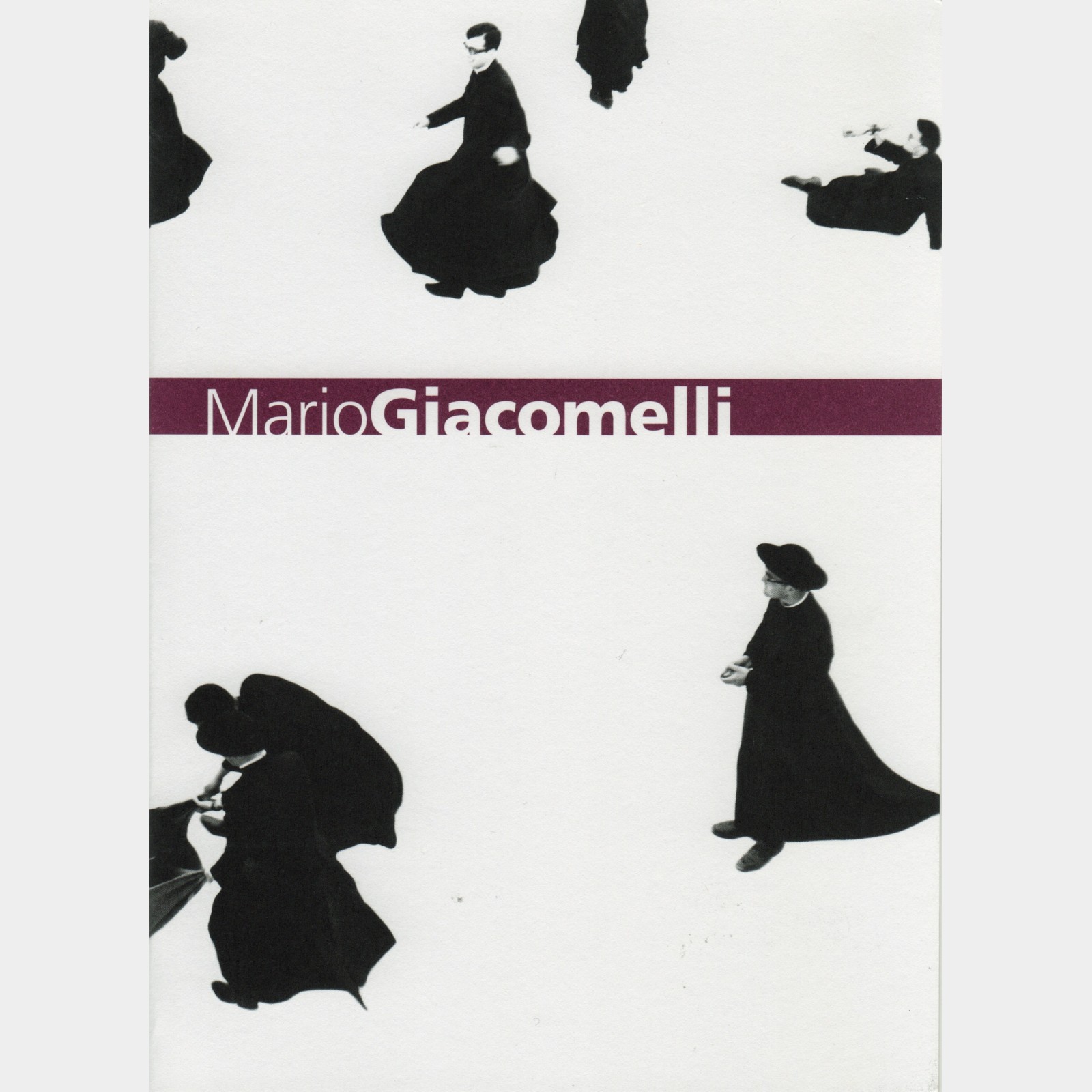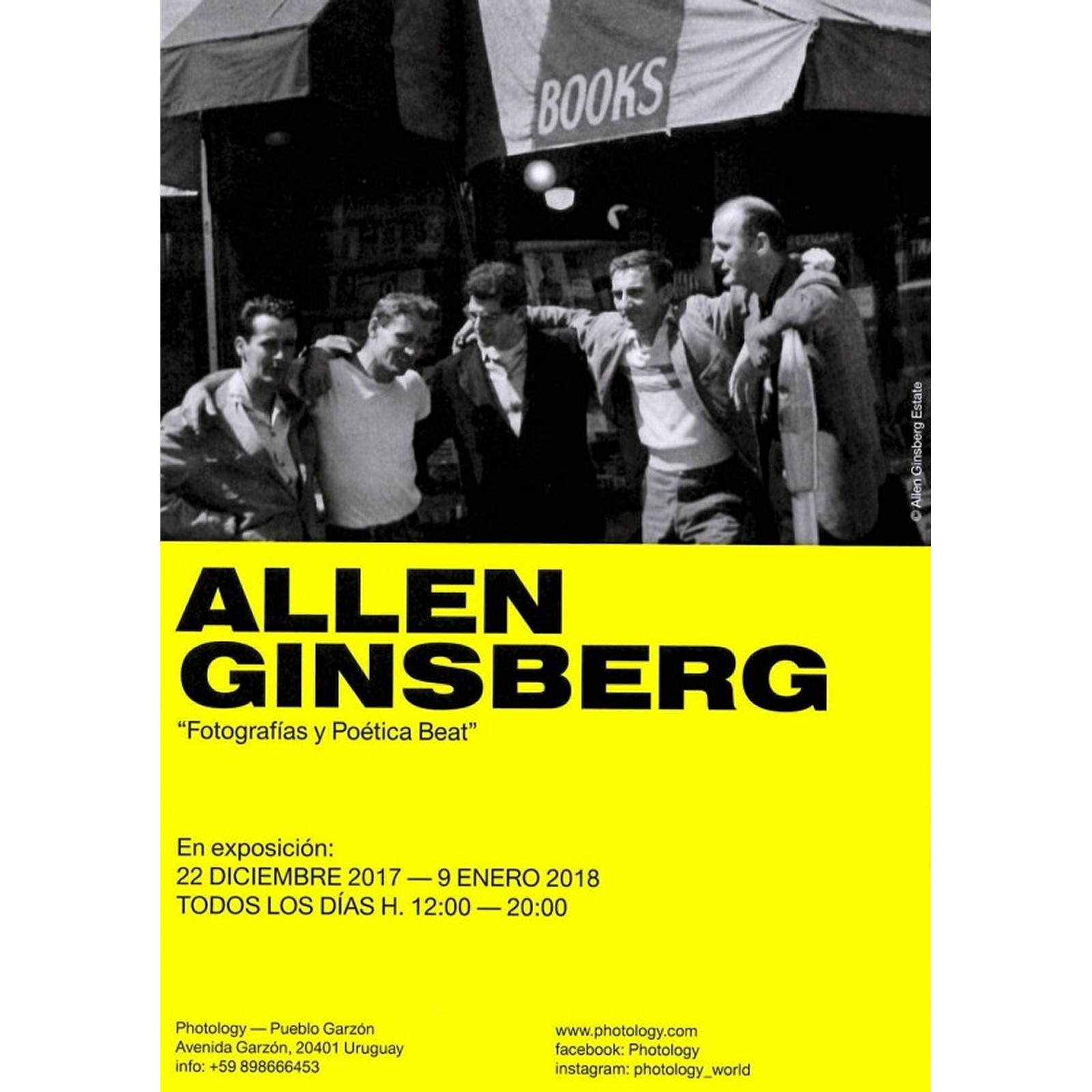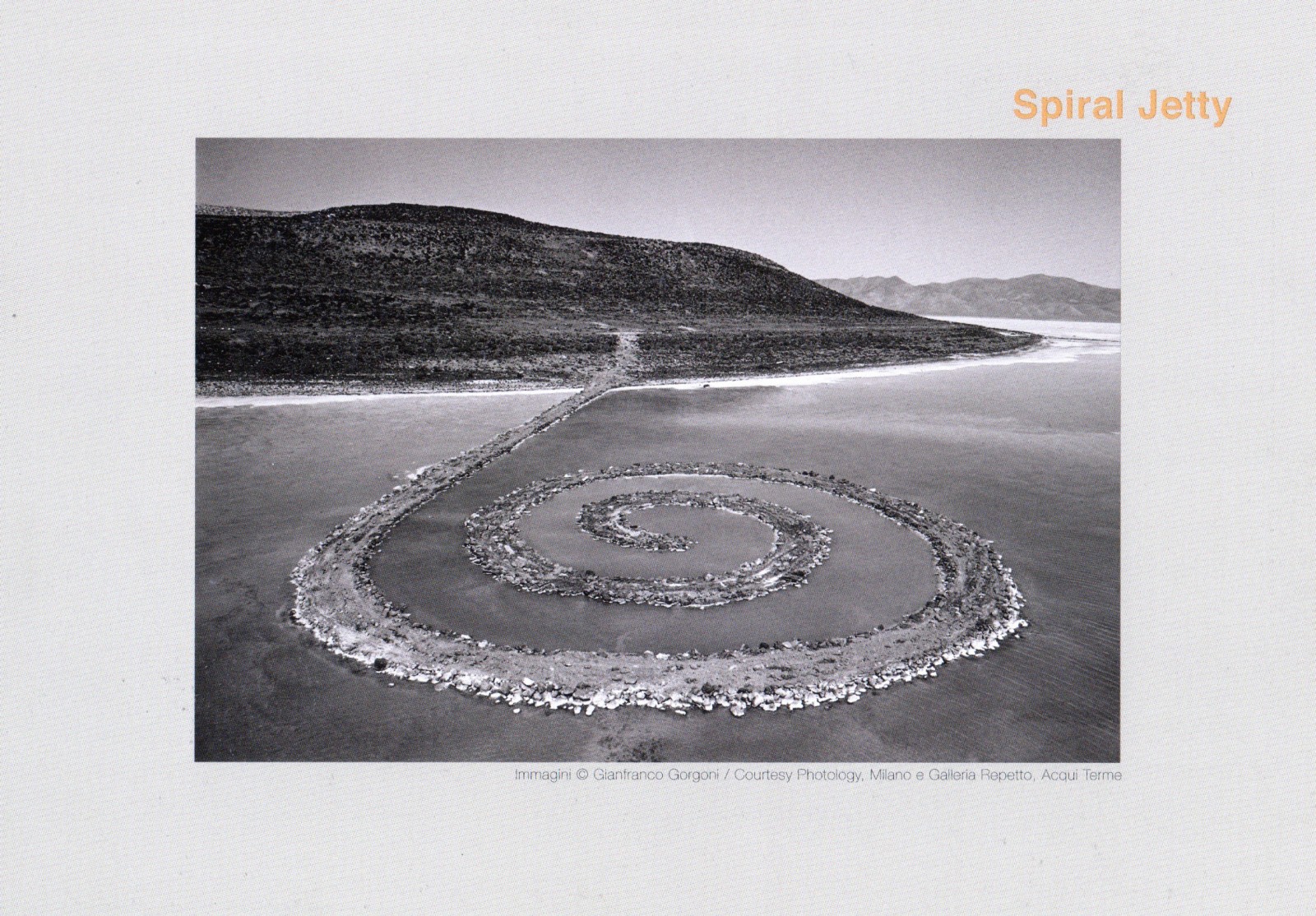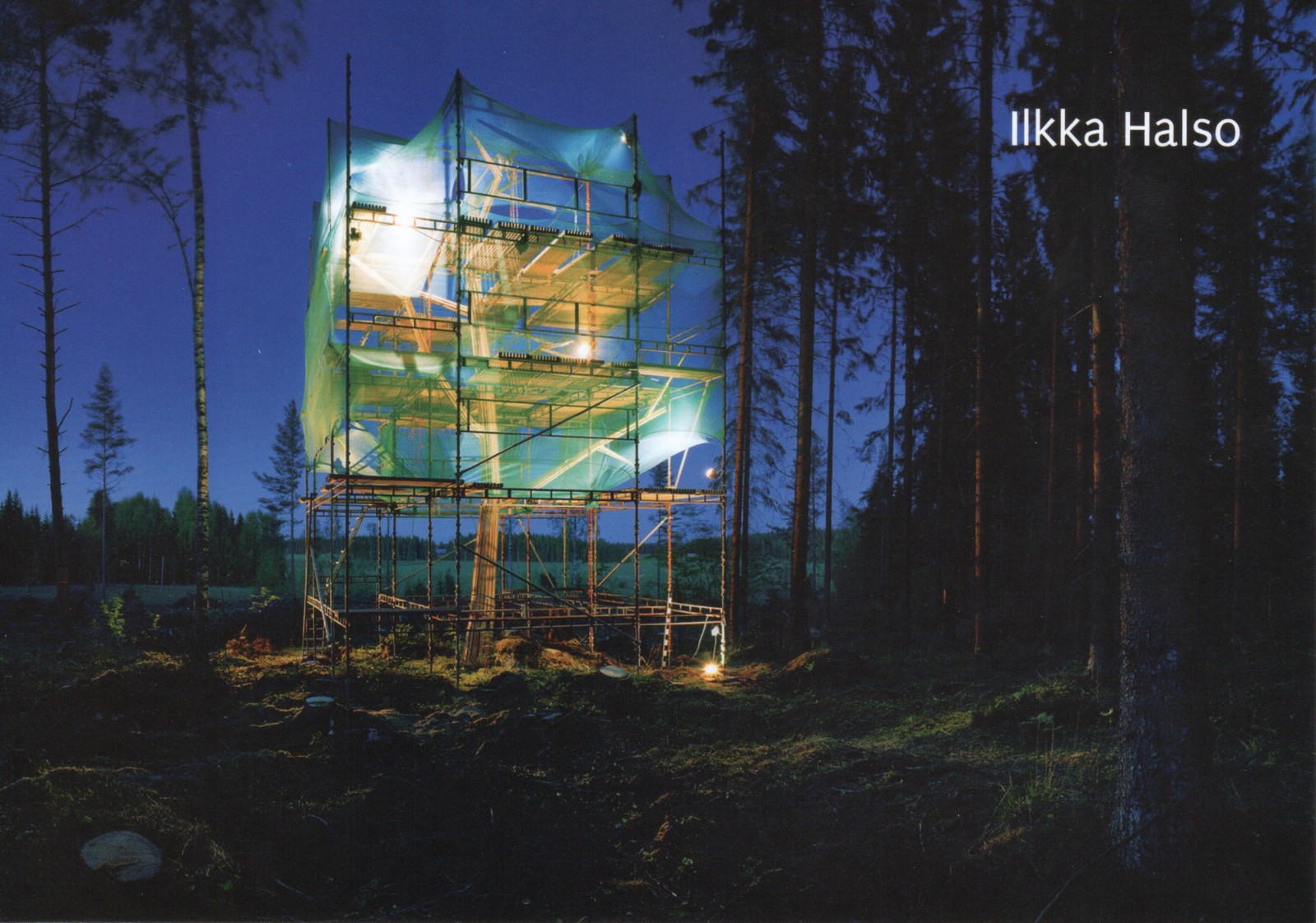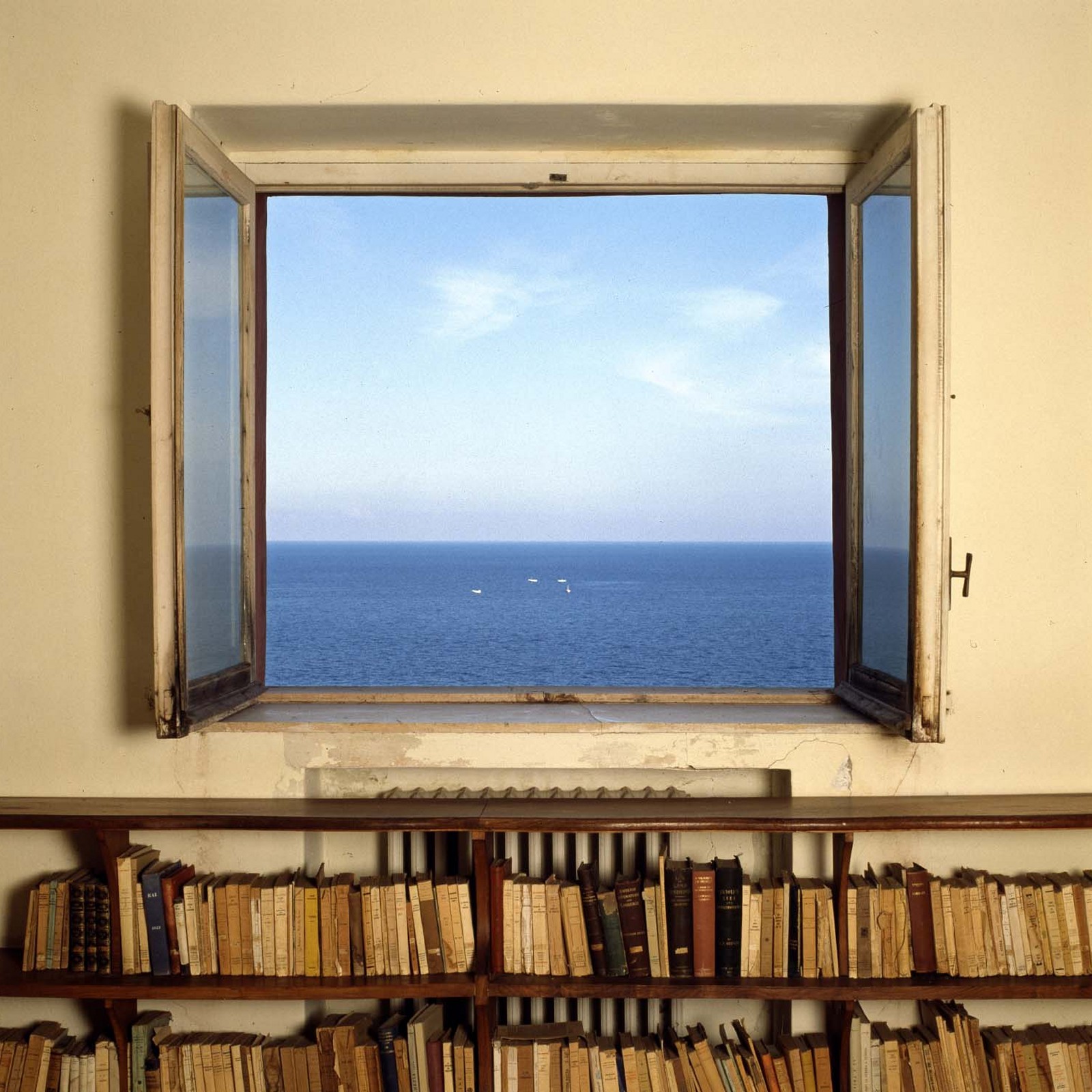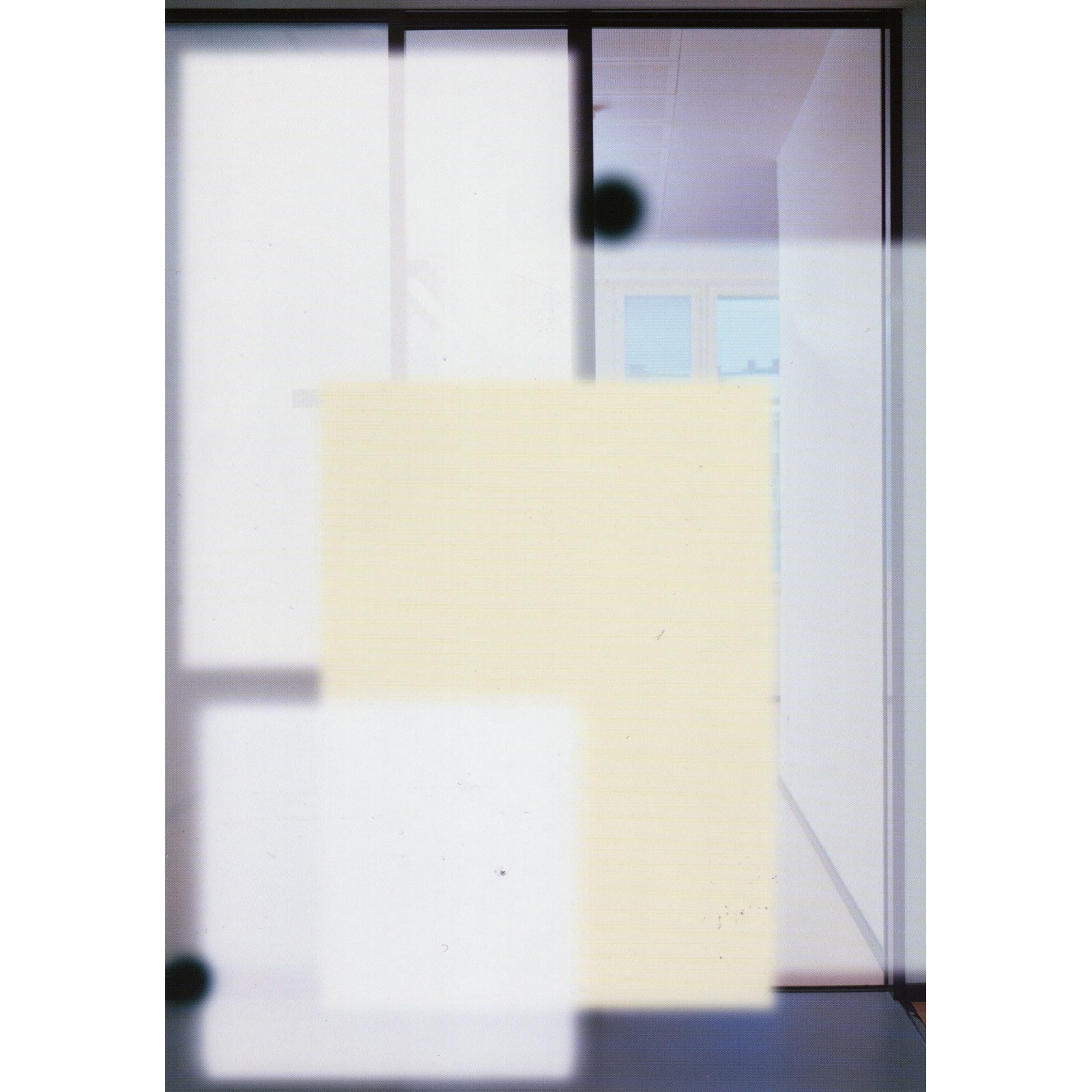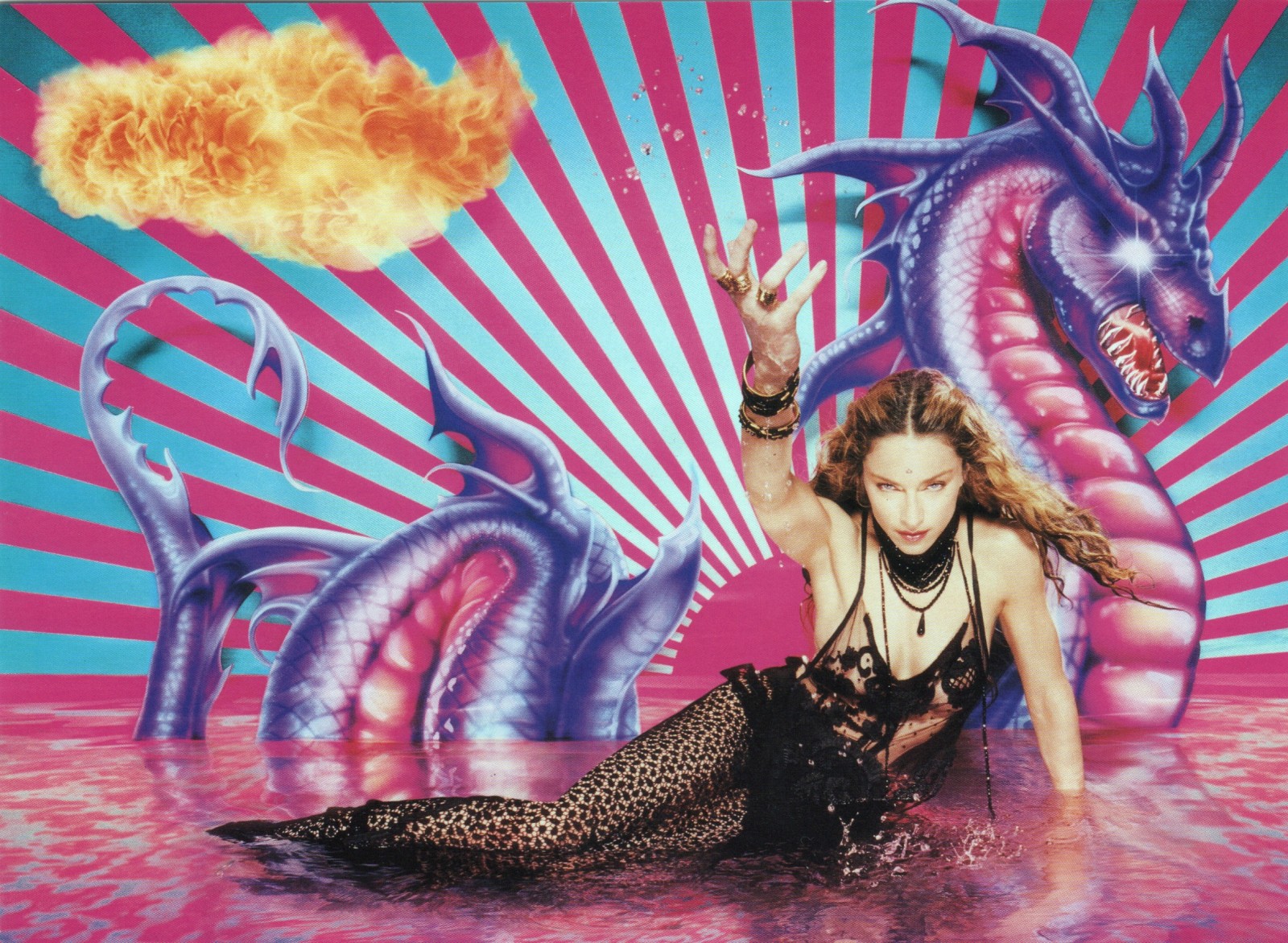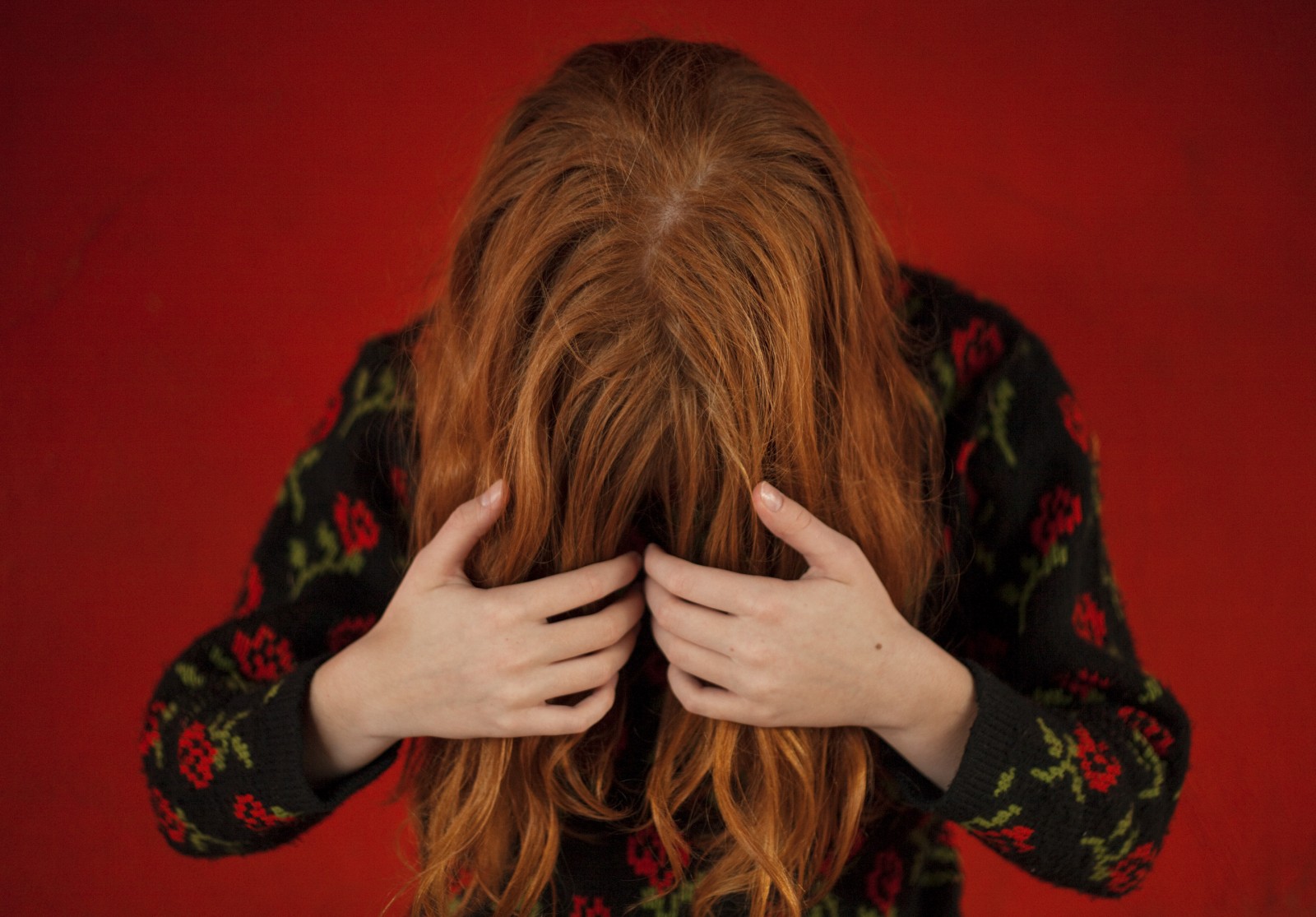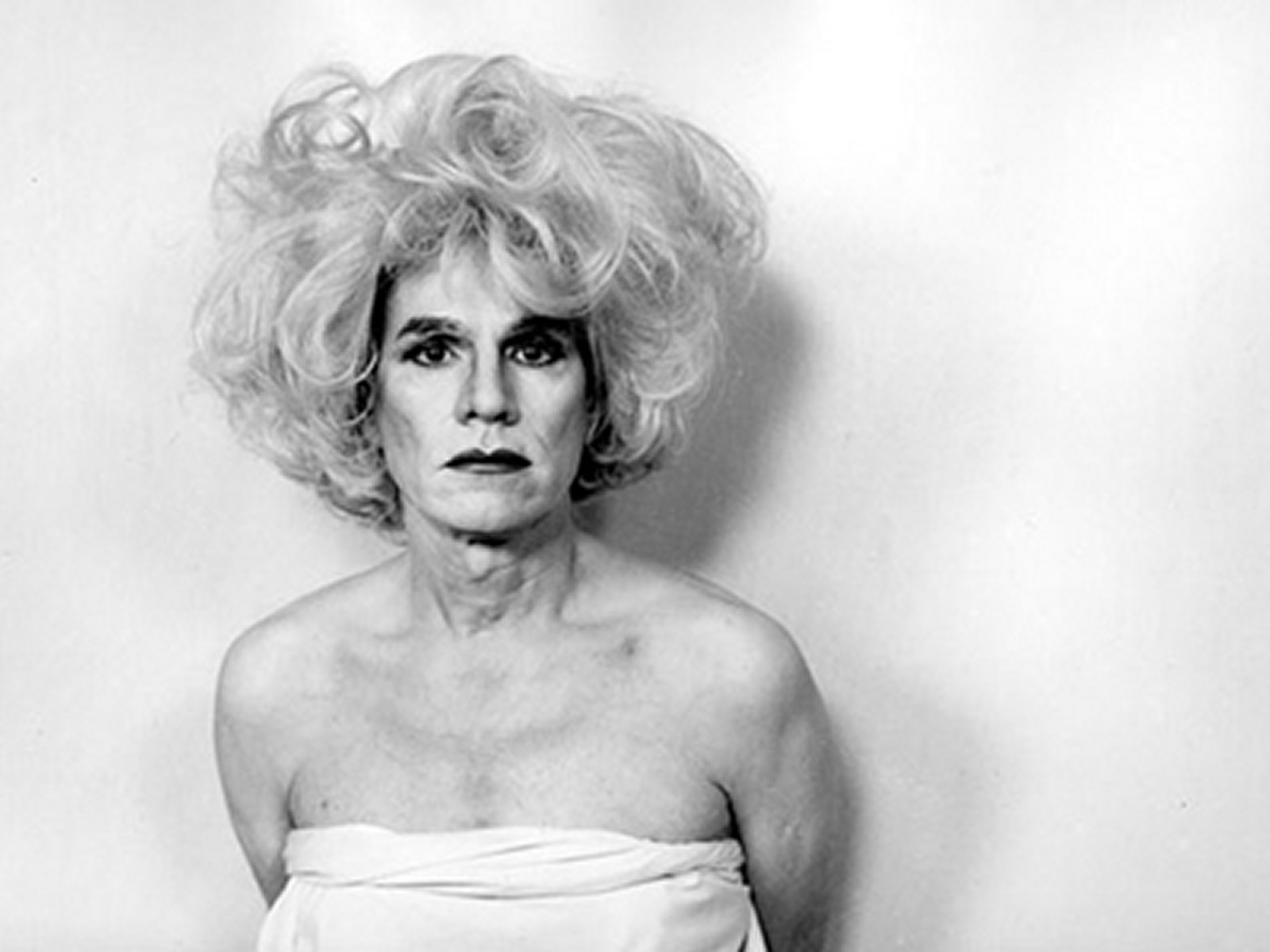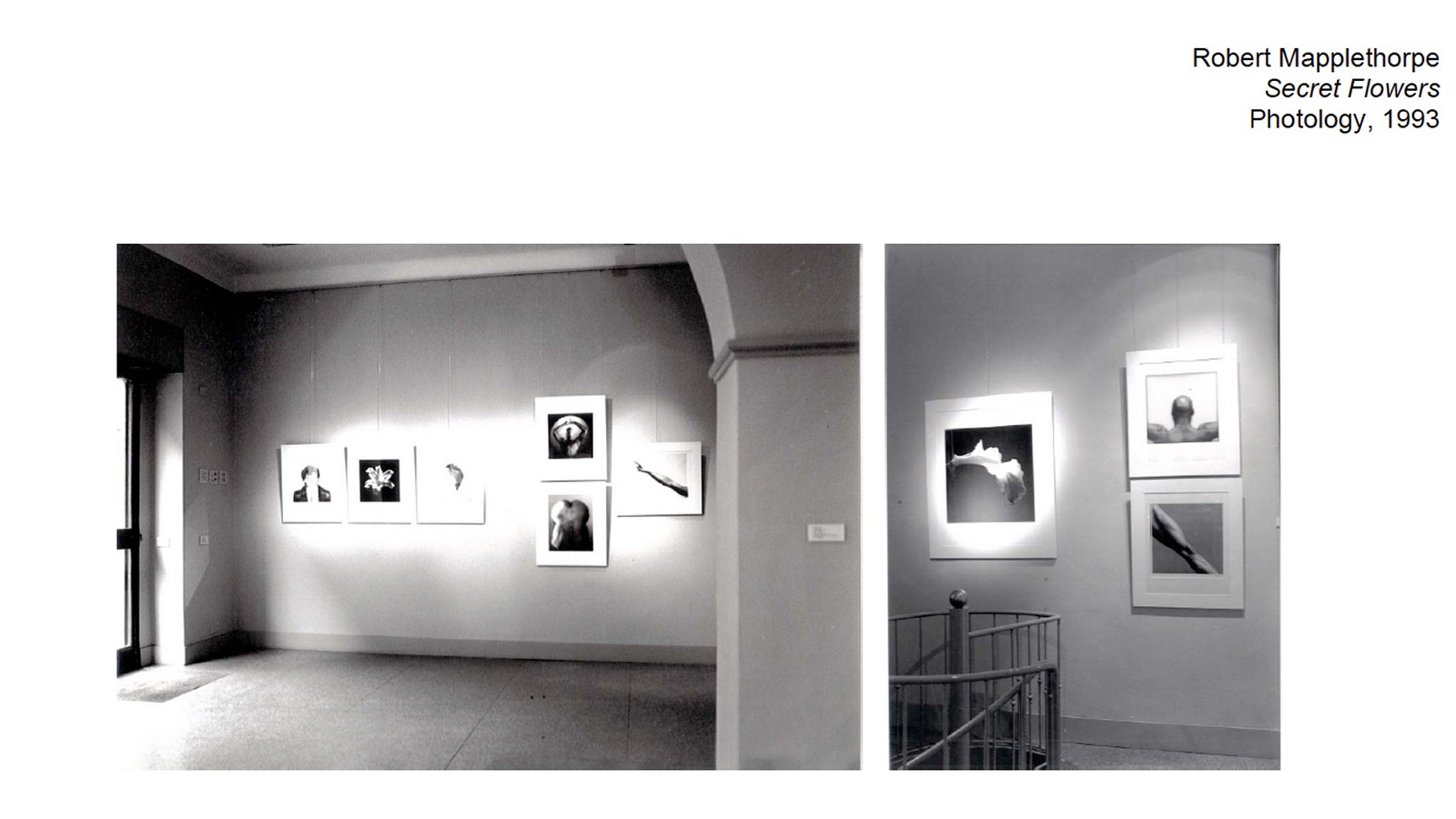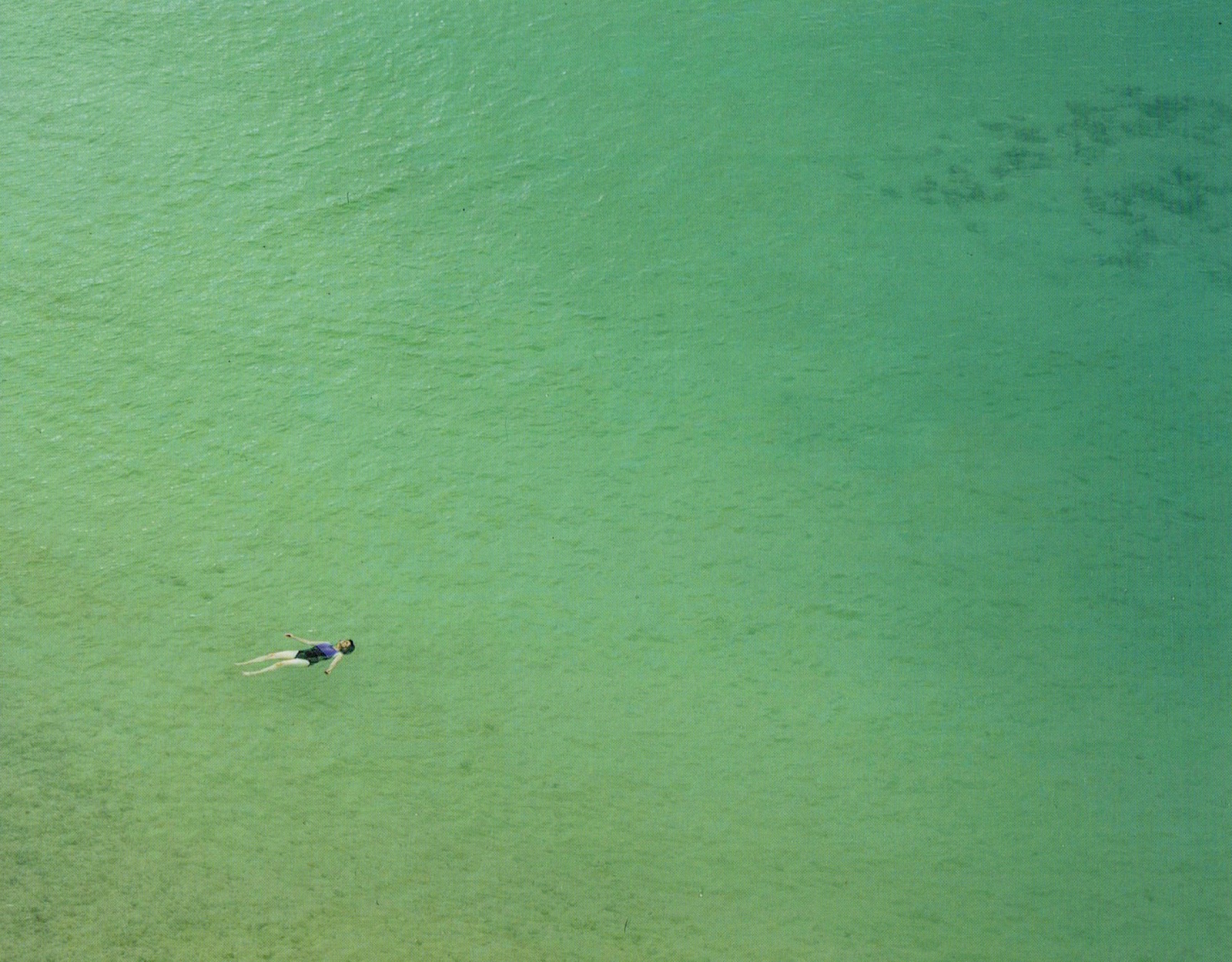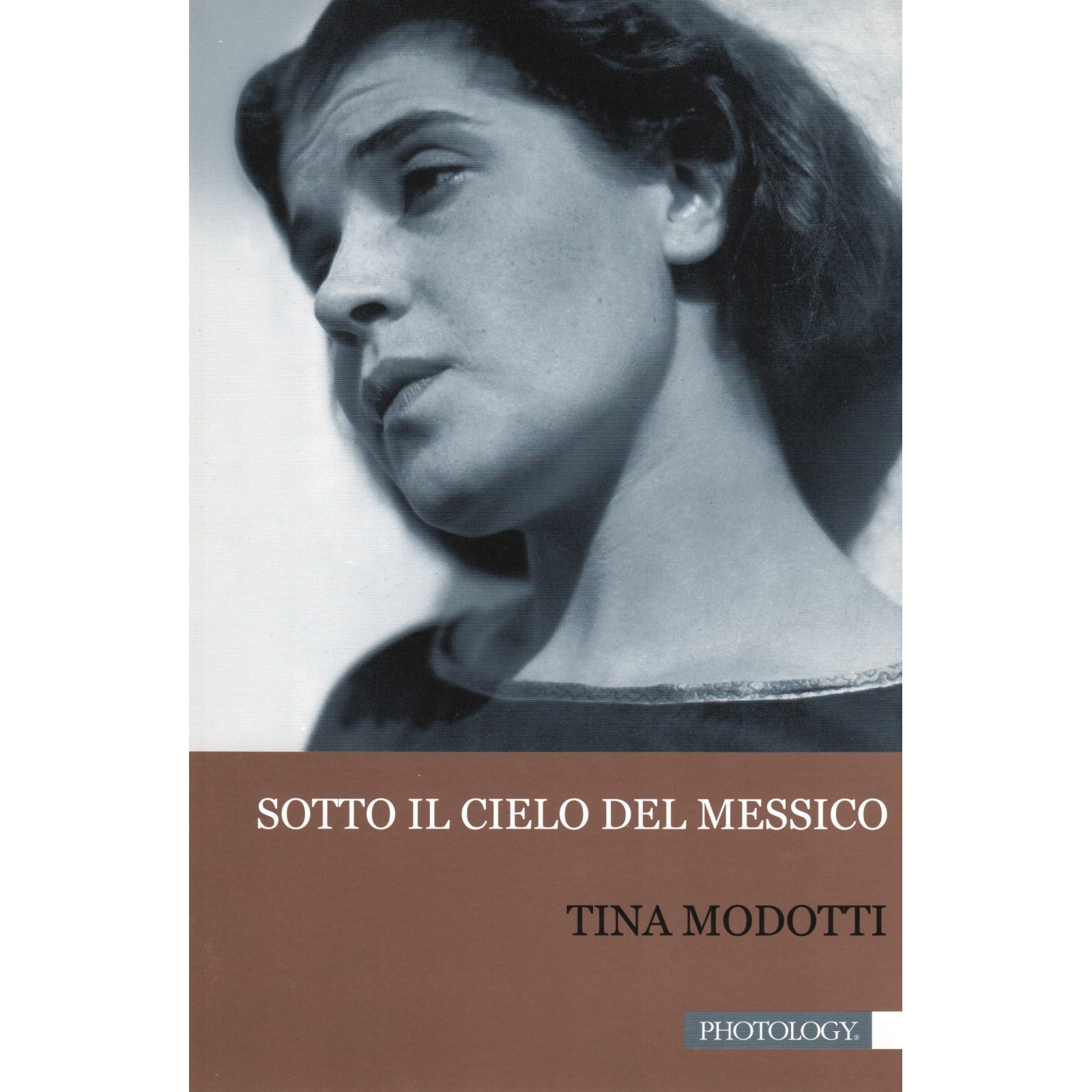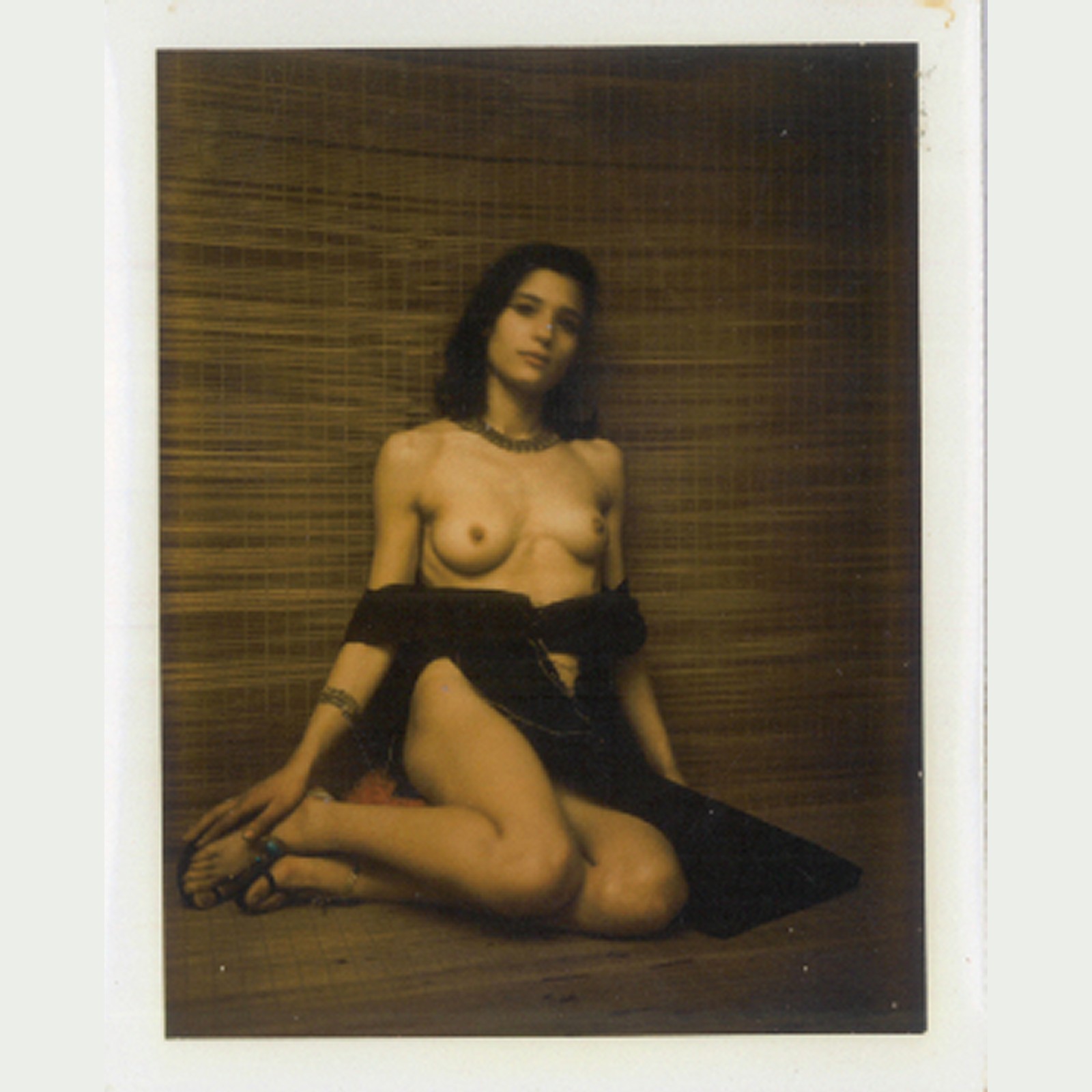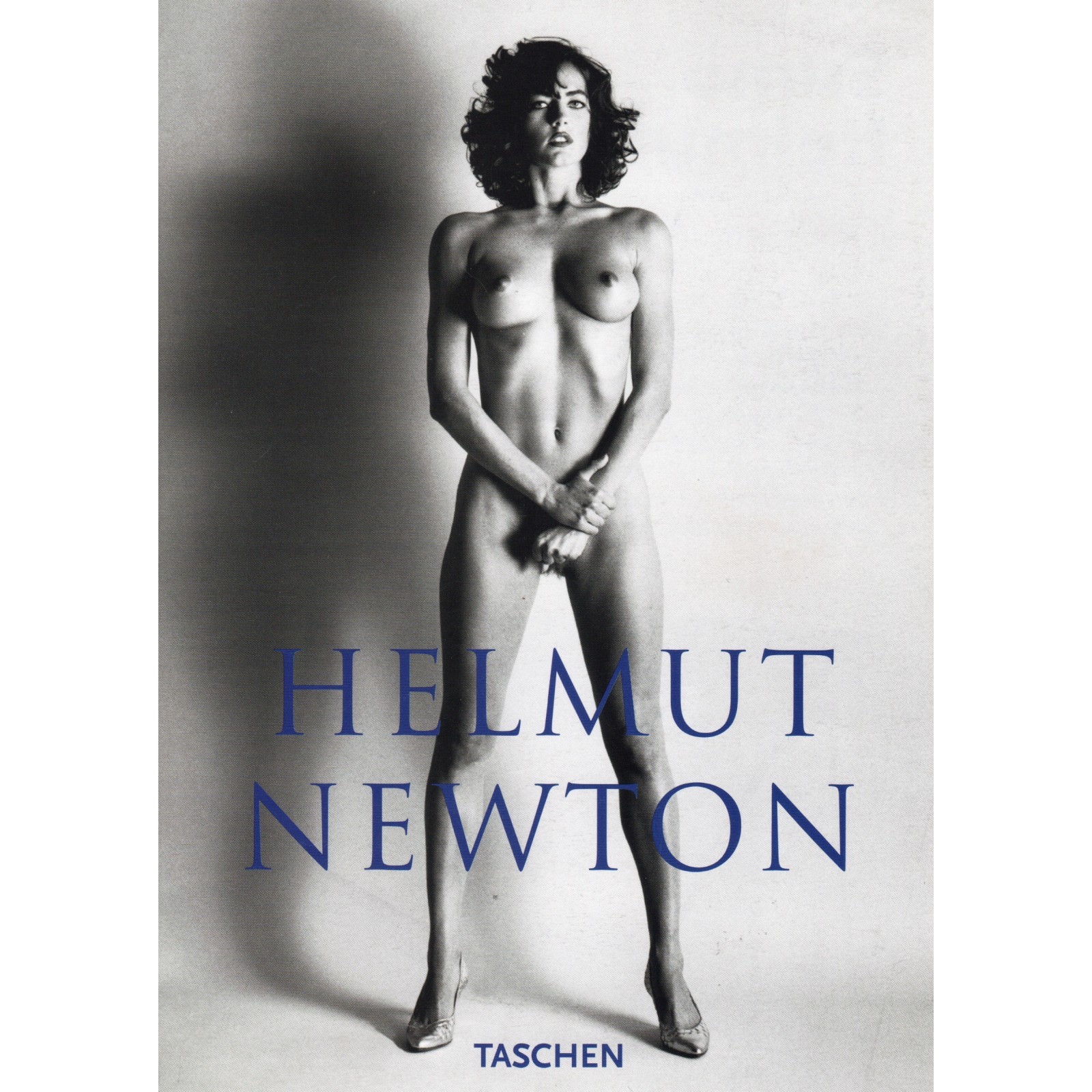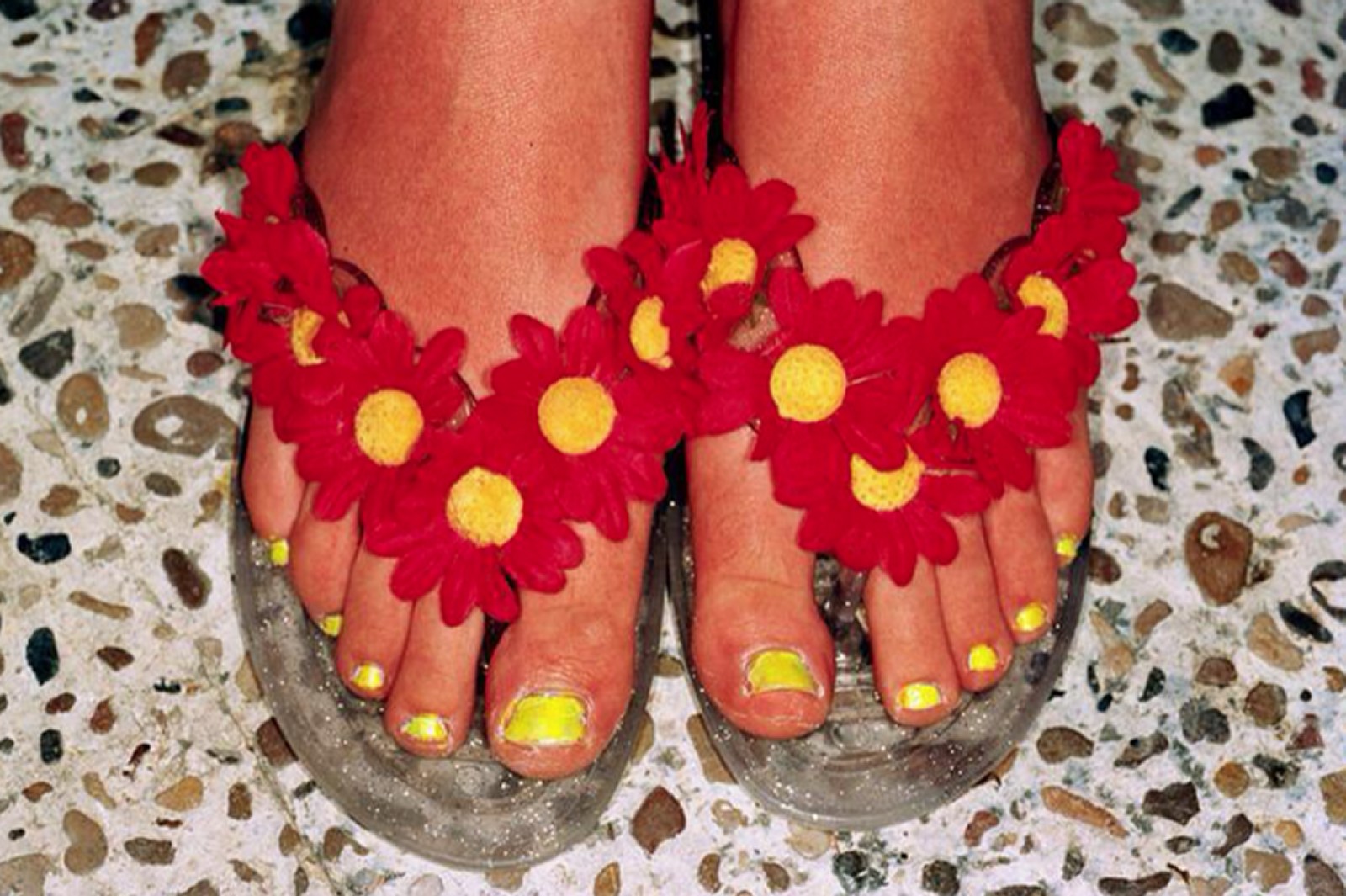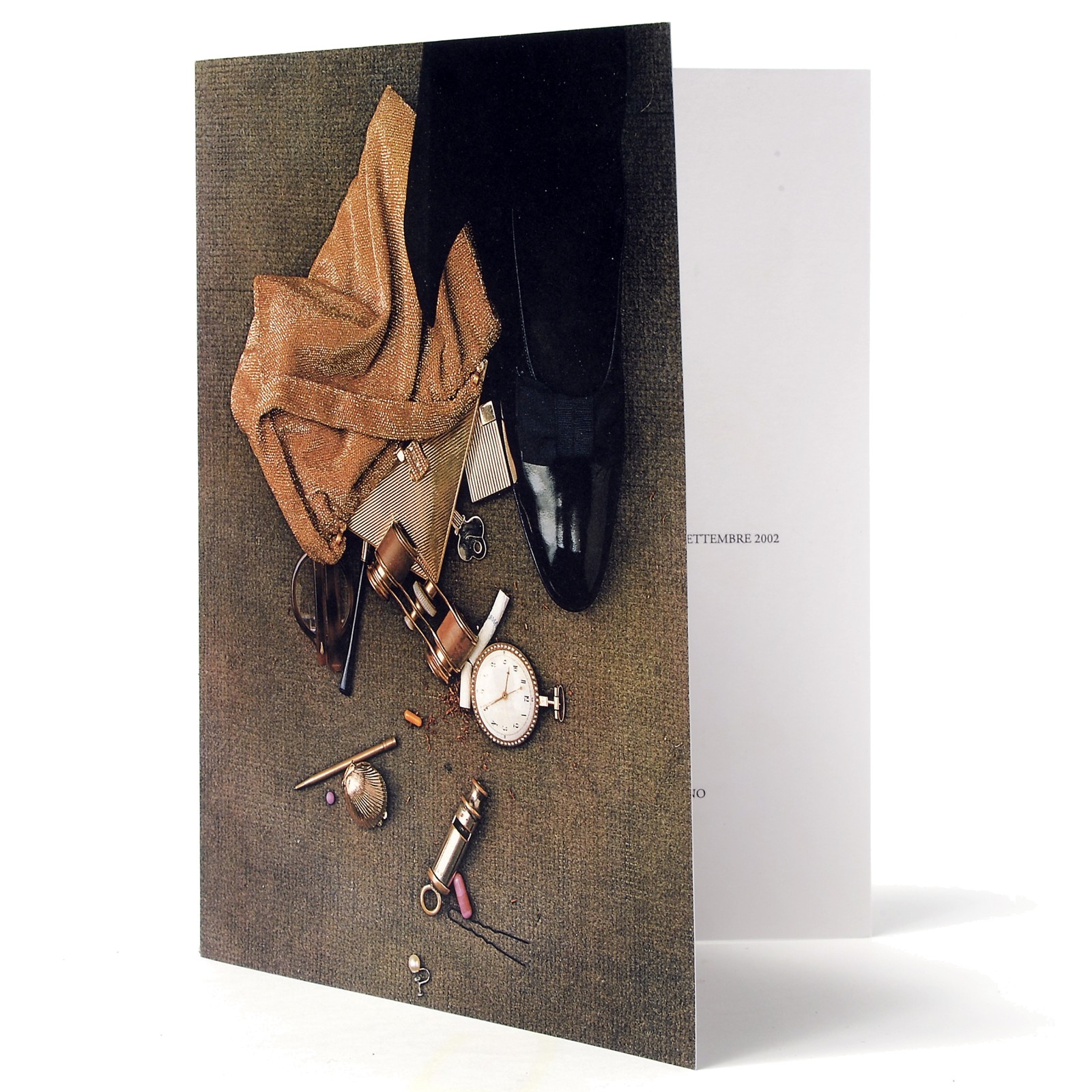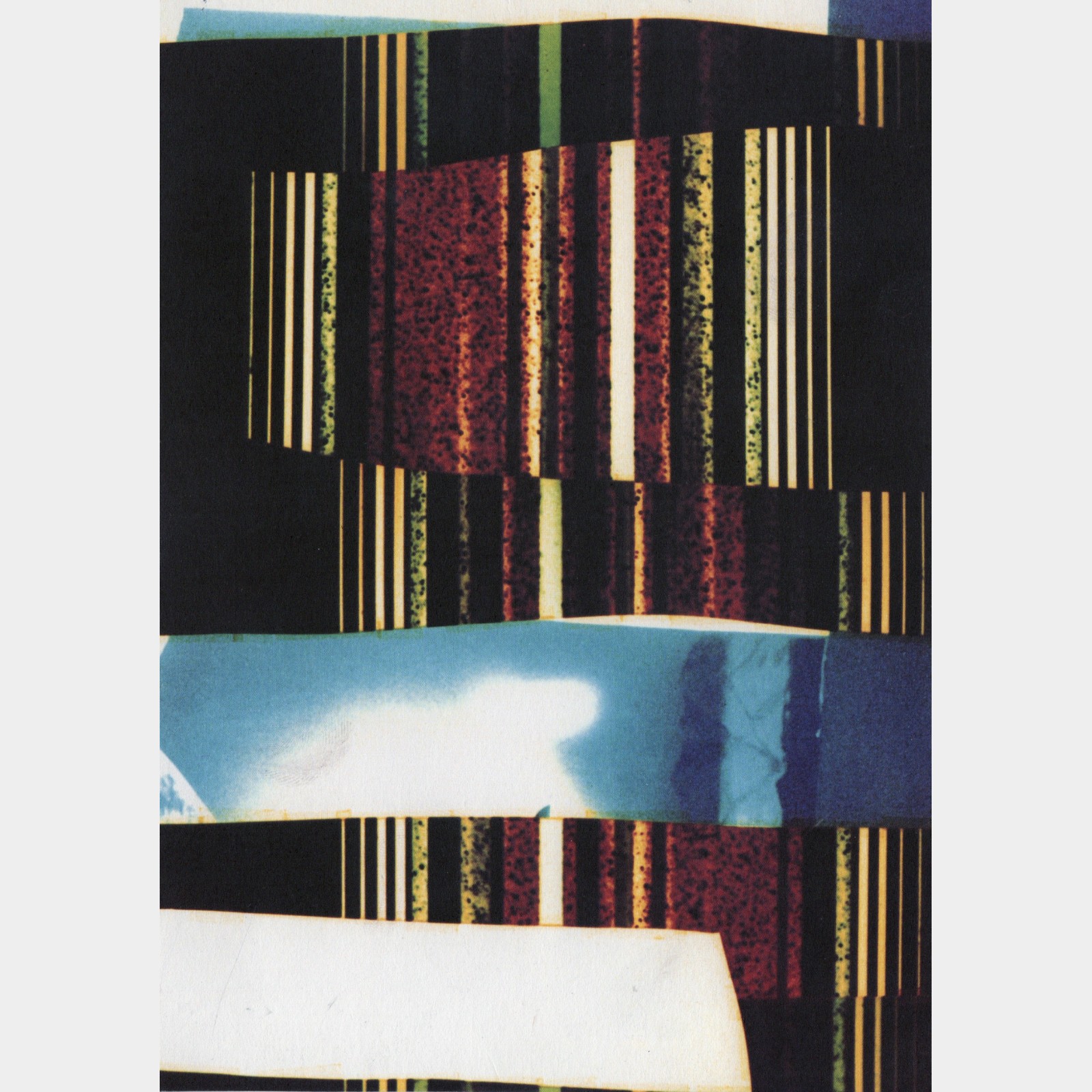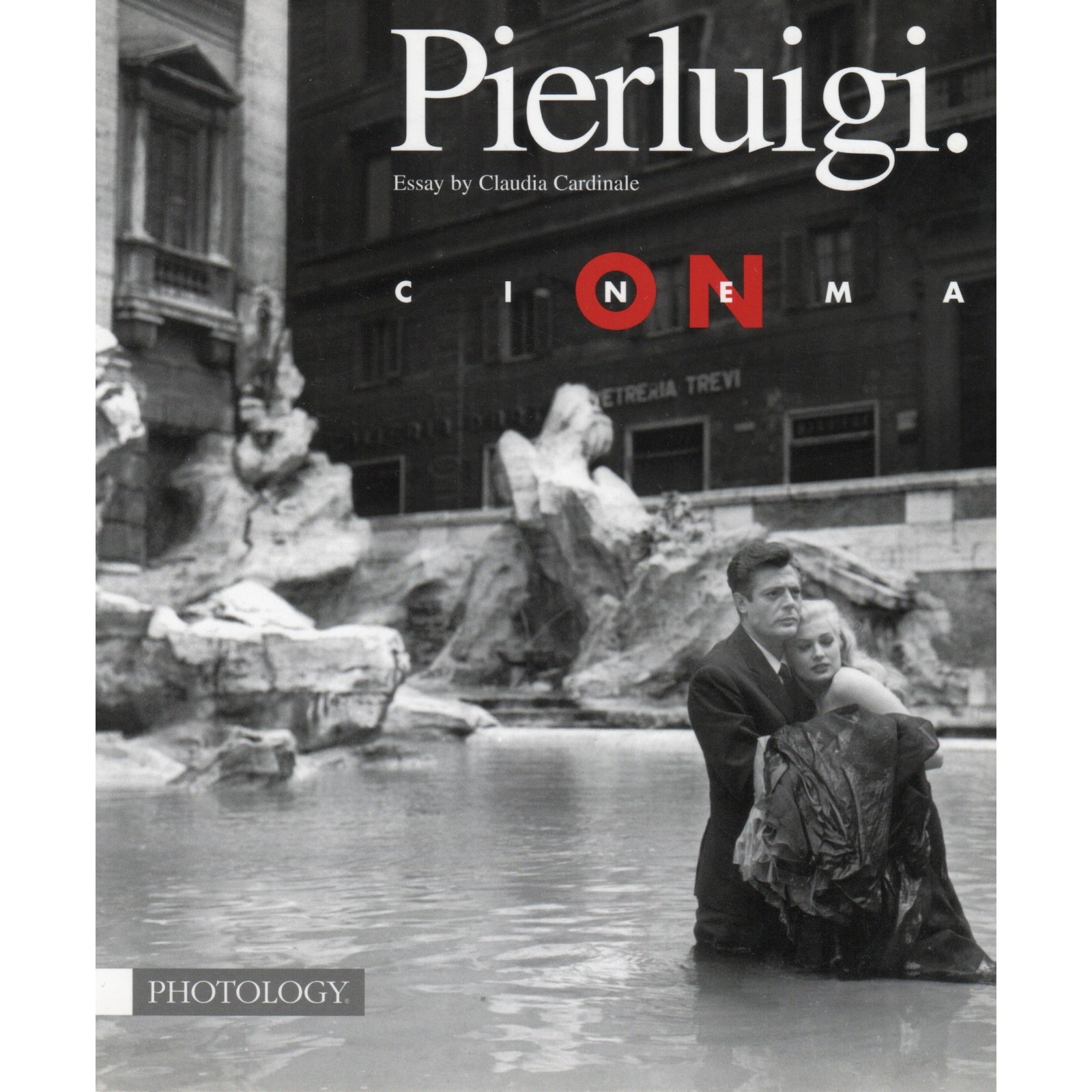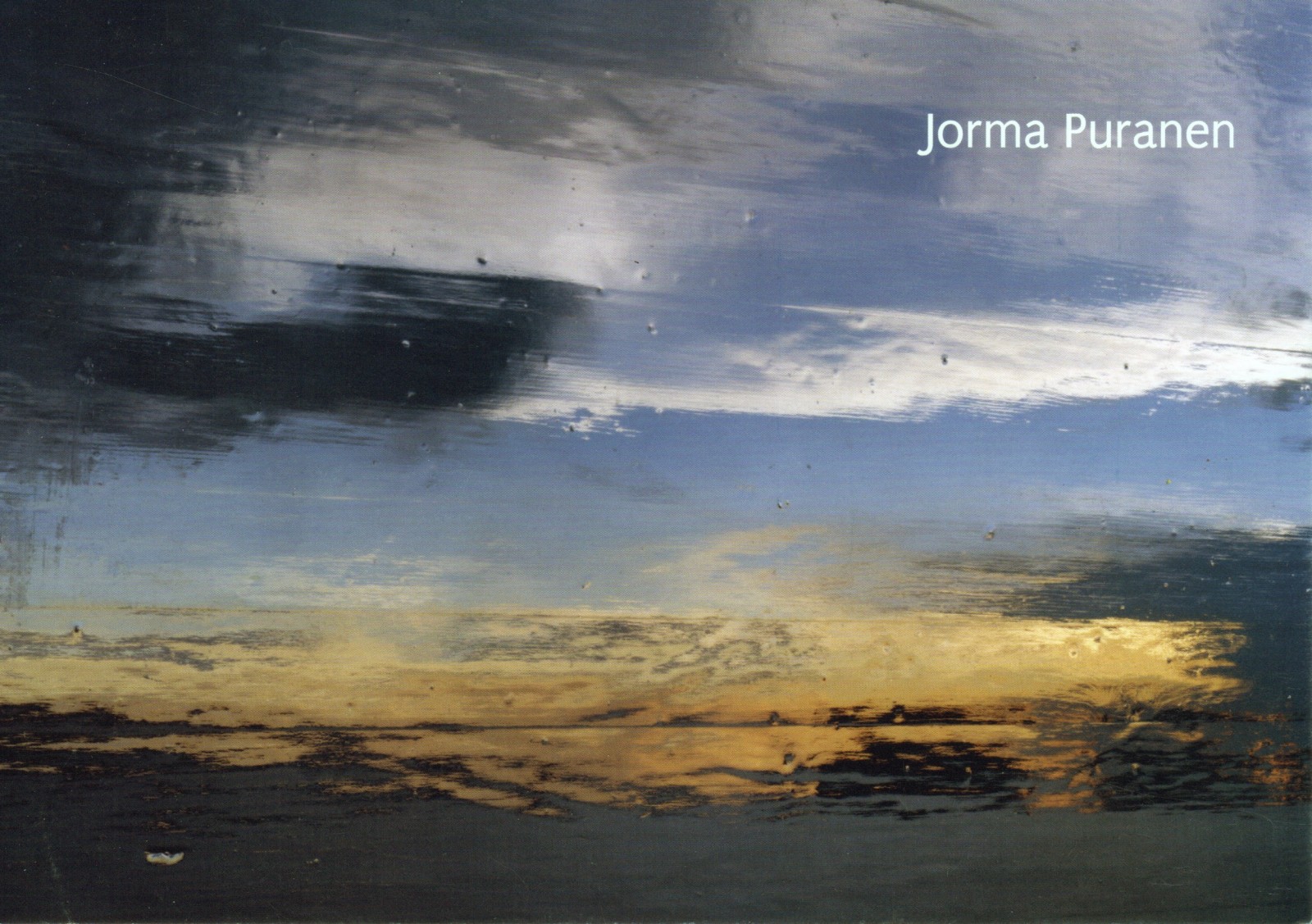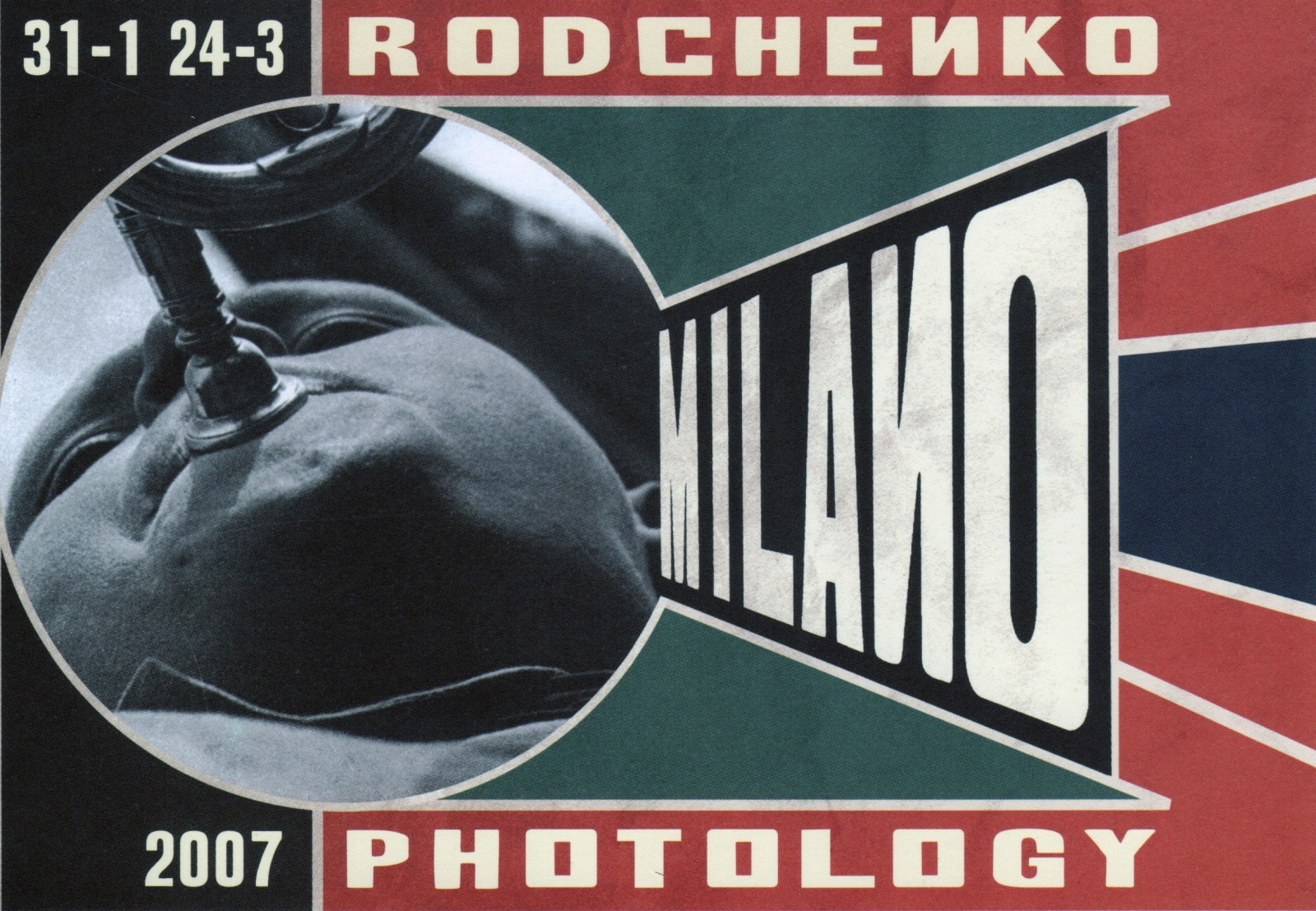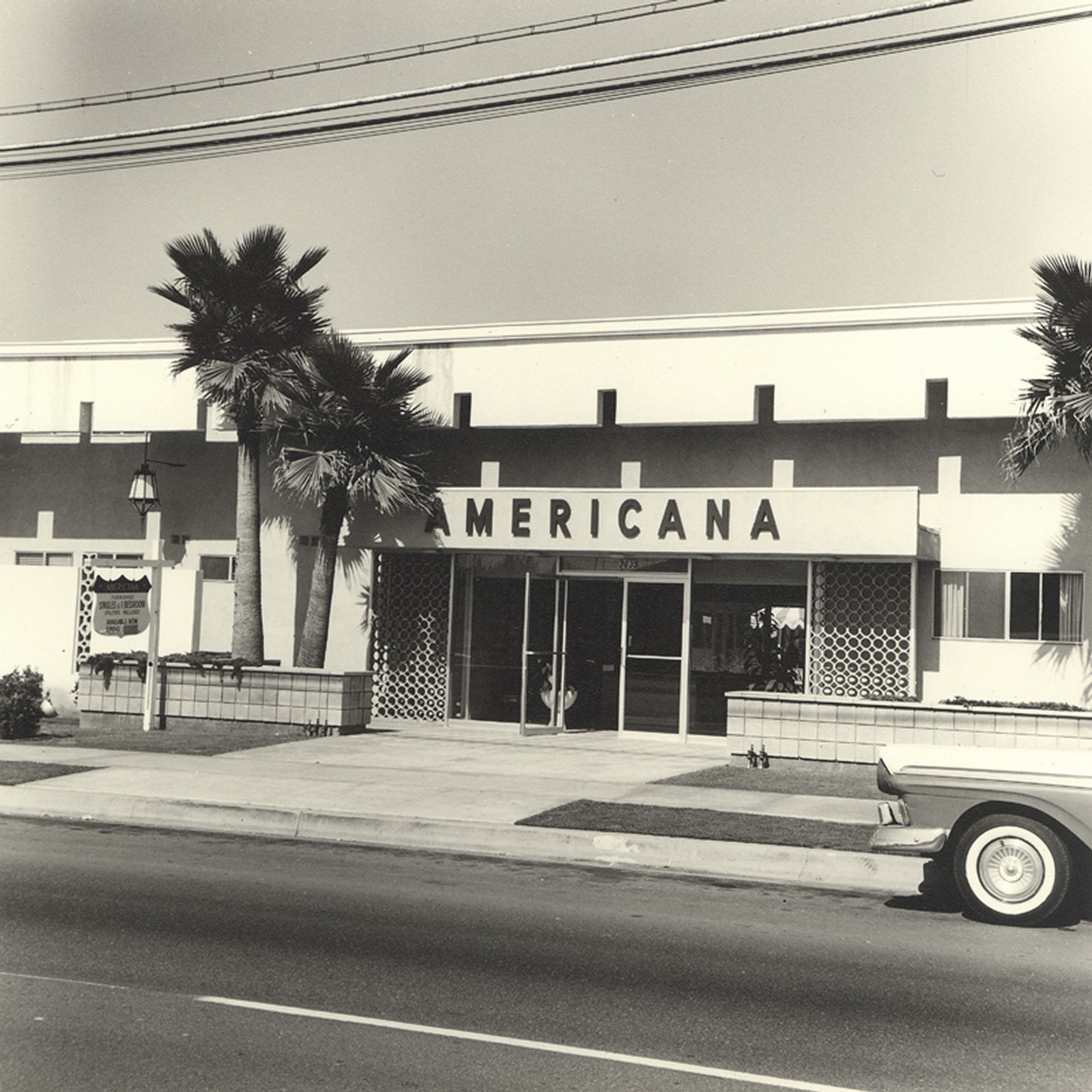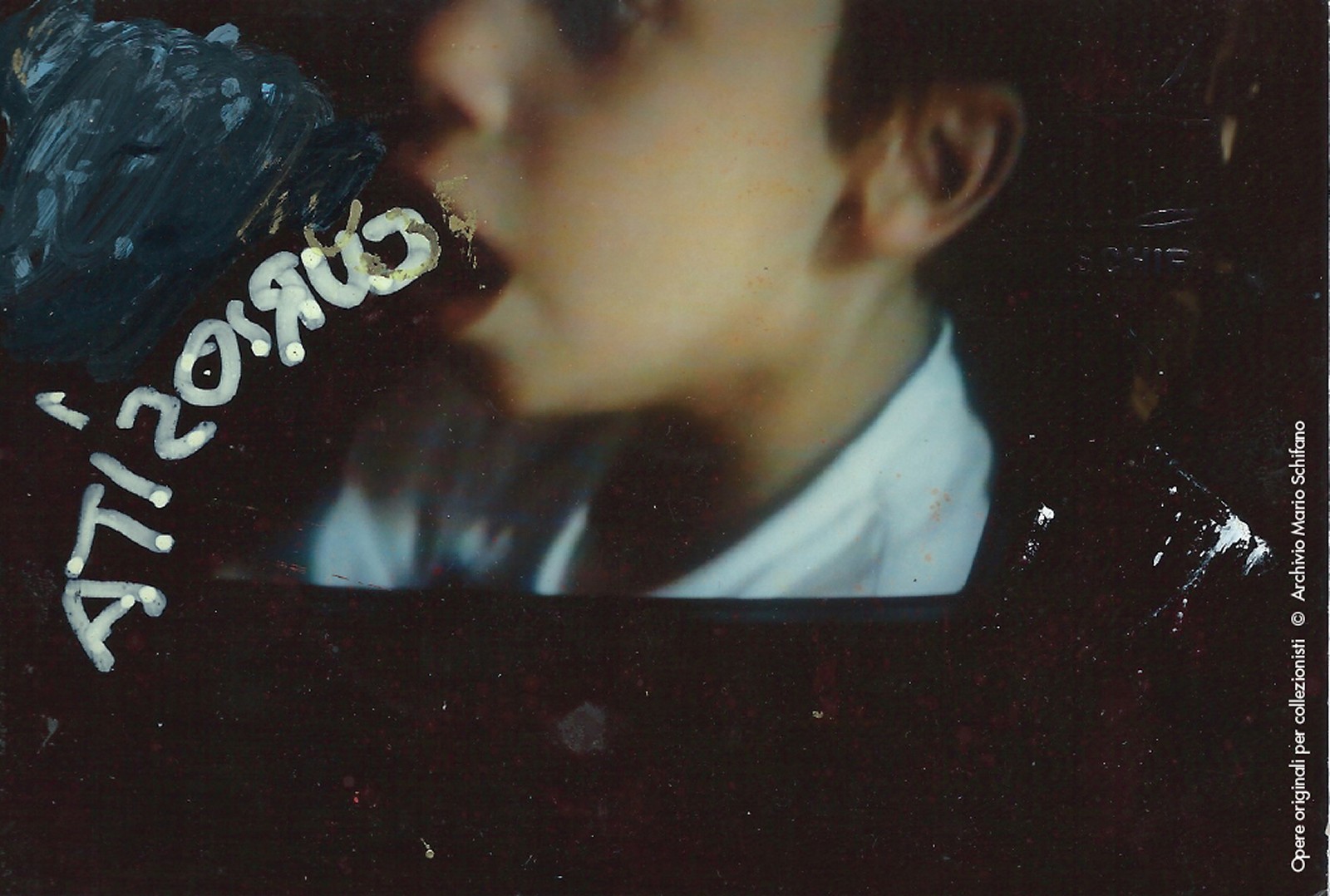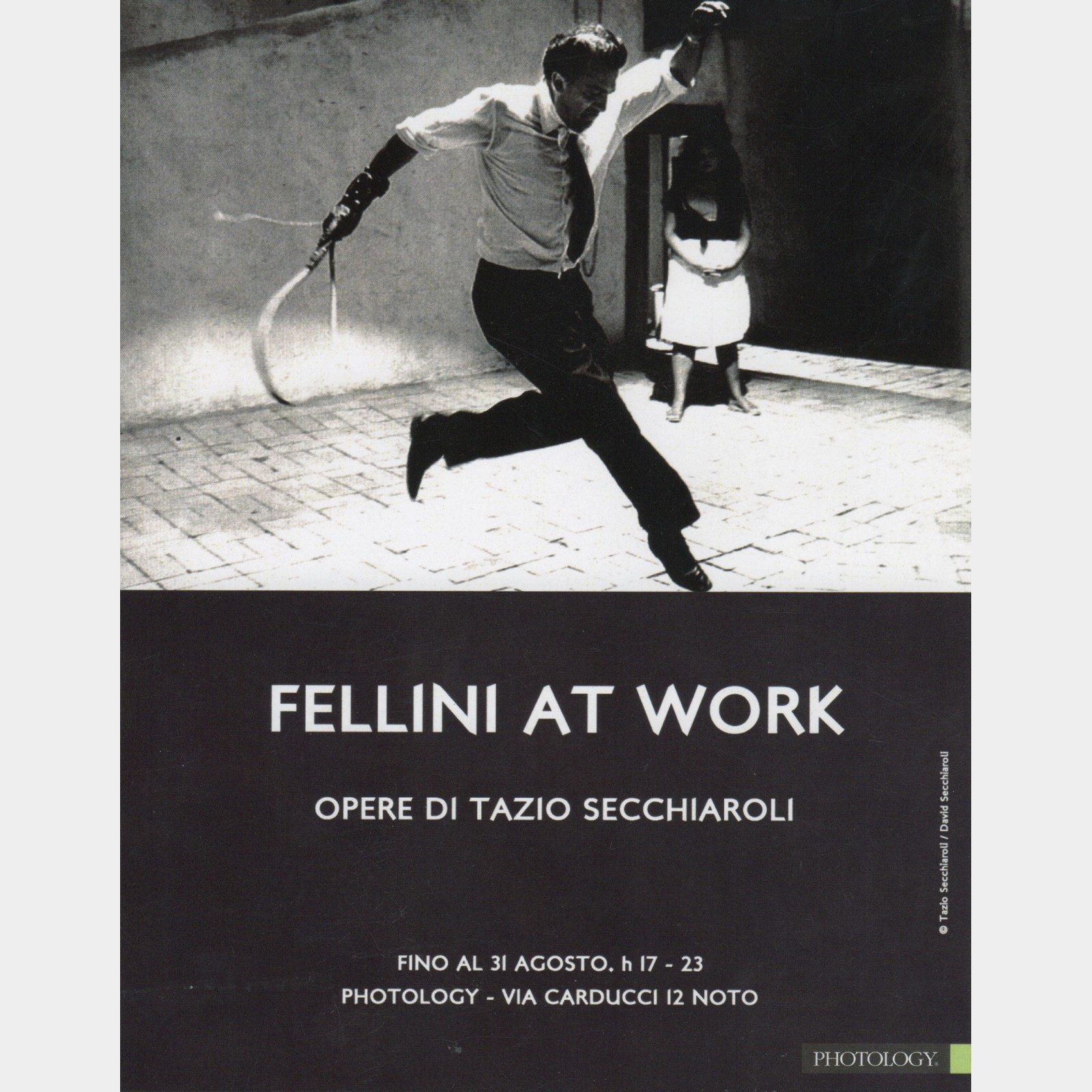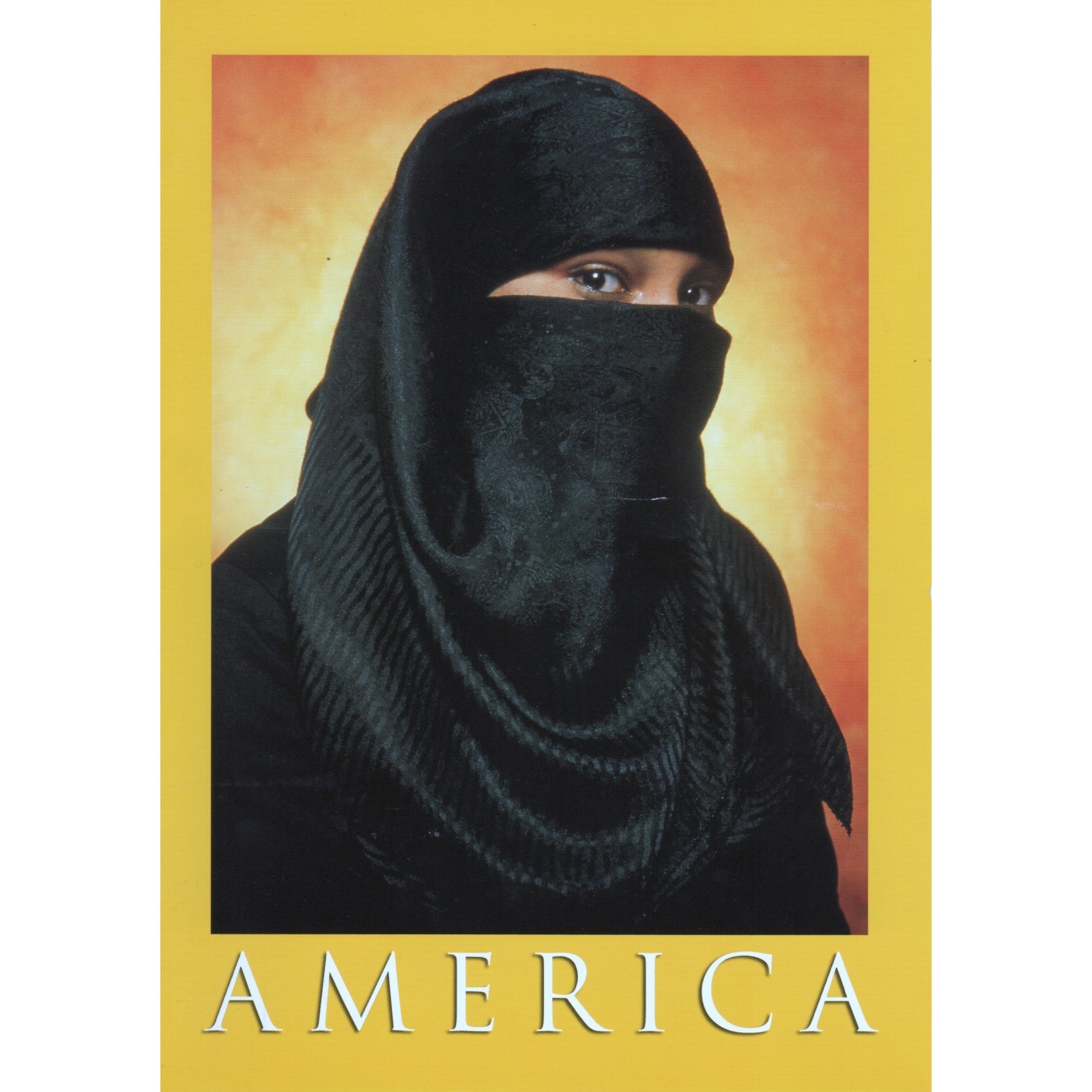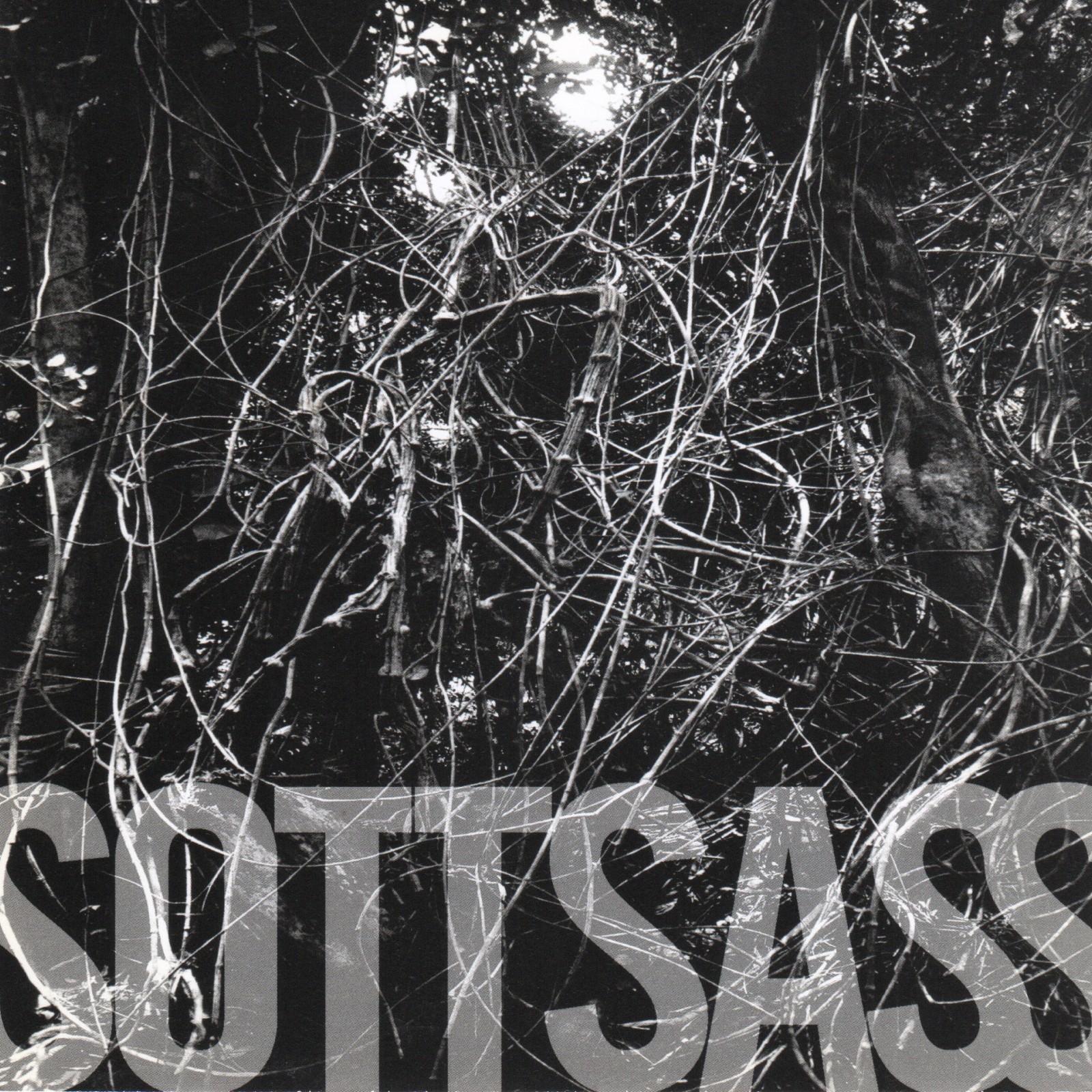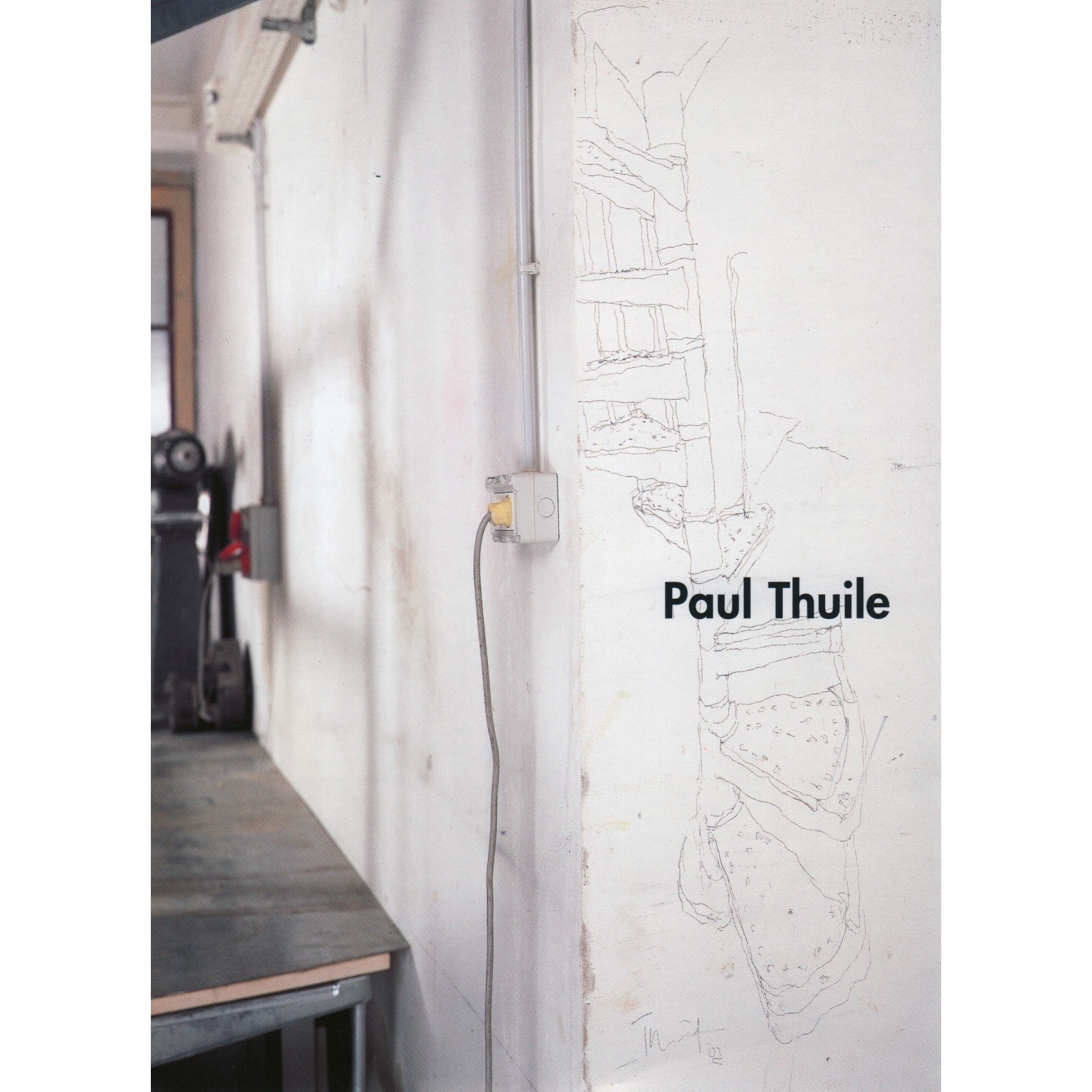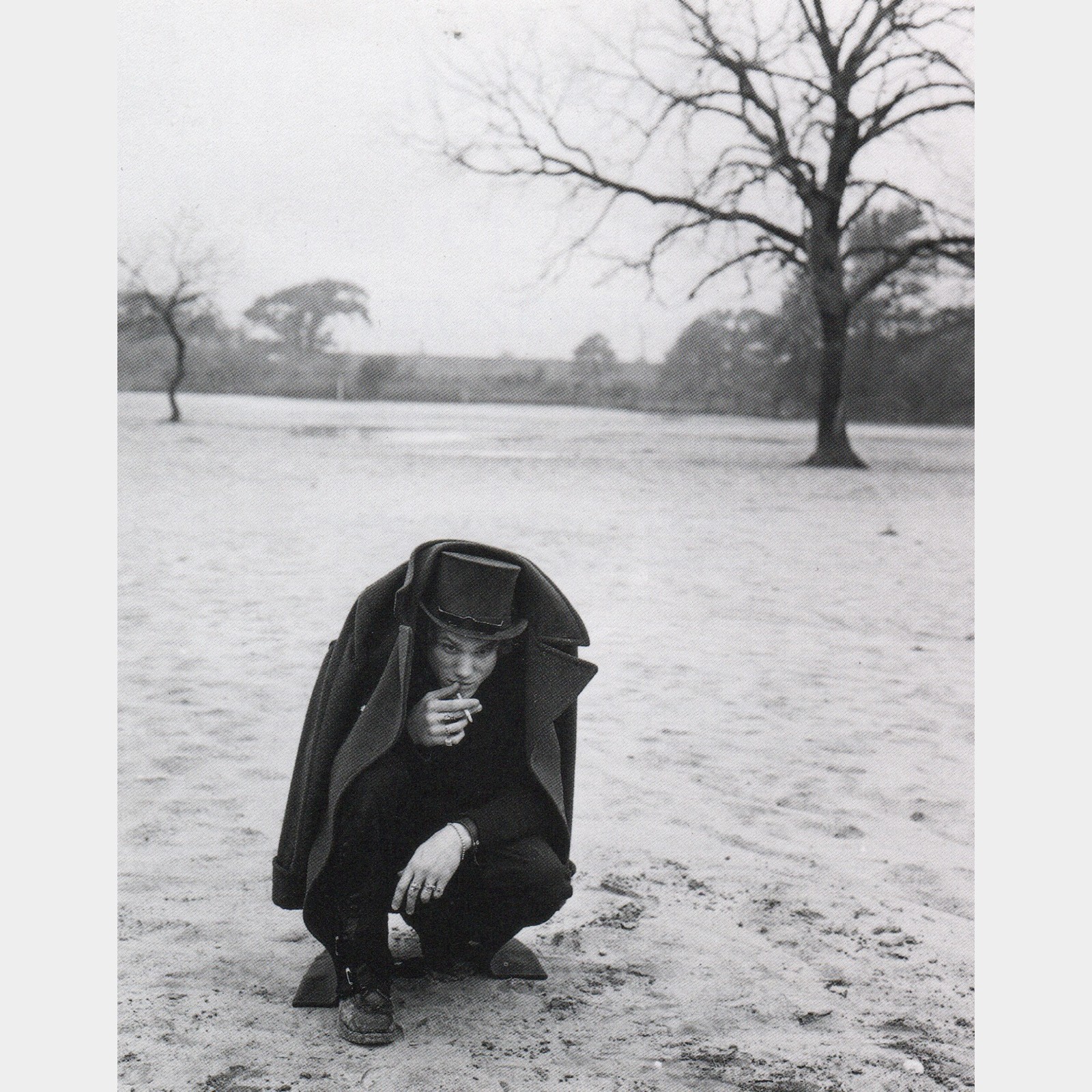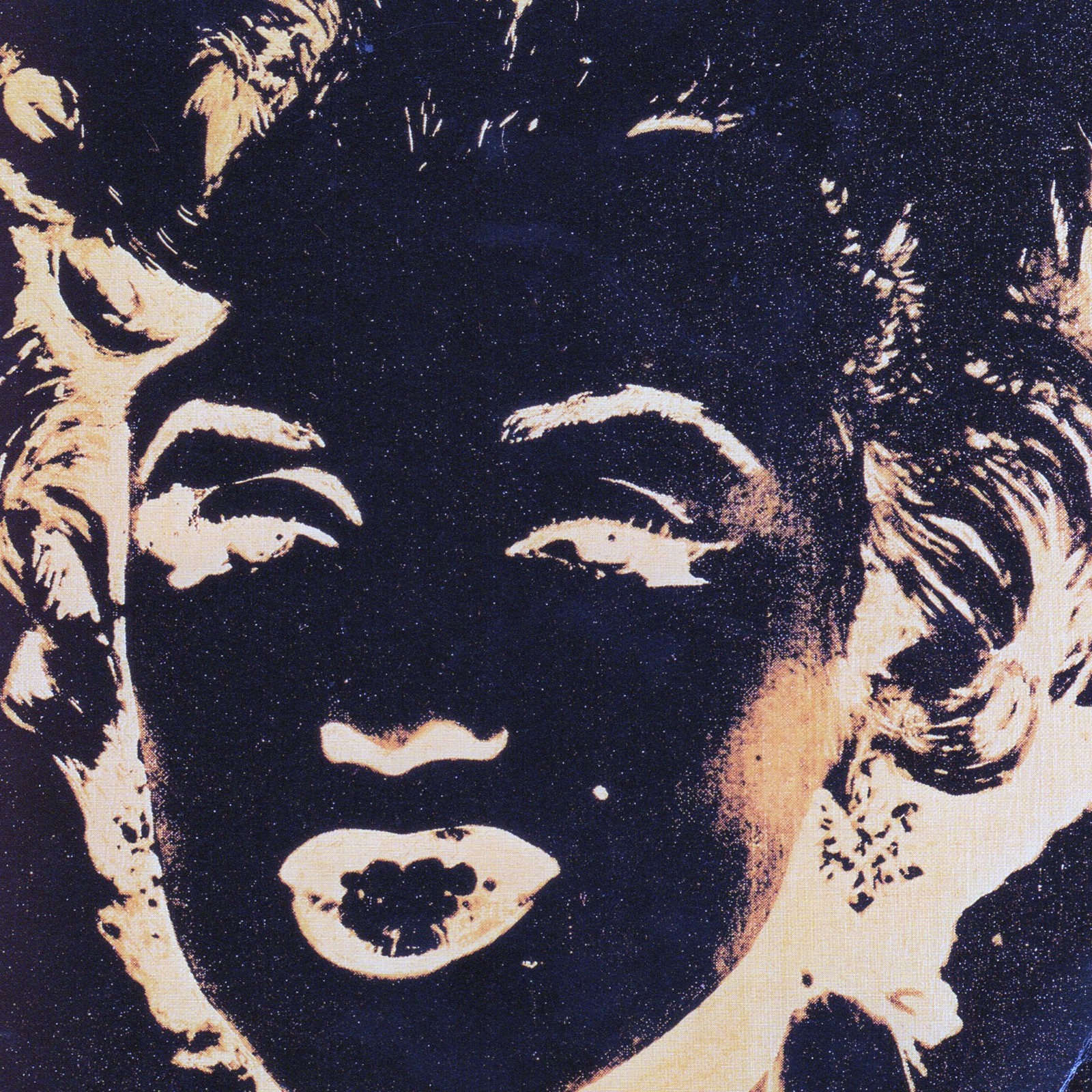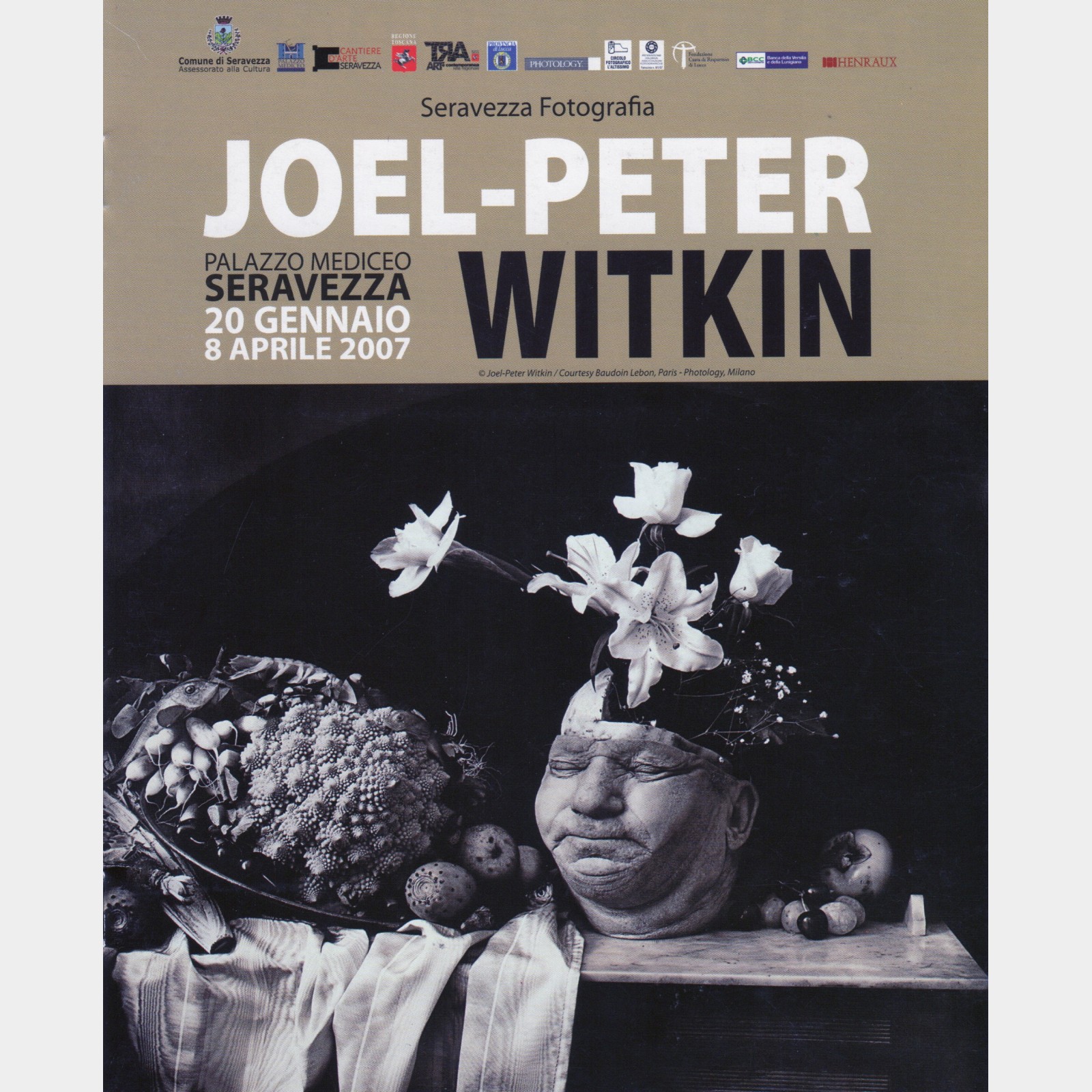
Artists
CLAUDIO ABATE
(Roma 1943 – Roma 2017) Born into a family of artists, he’s brought up in Via Margutta, the heart of the gallery district in Rome. Claudio Abate got his first camera at the age of twelve. At sixteen he was working for a Press service Agency and at eighteen he was the assistant of Eric Lessing, world famous Life Magazine and Magnum photographer. With this remarkable training, Abate bagan creating his own work, photographing the avant-garde art movements of the 60s and 70s in Rome: Arte Povera, Minimalism, Conceptual Art, Body Art, Narrative Art, contemporary theatrical performances and dance events. The photographic survay by Claudio Abate includes installations, sculptures, paintings and performances made by iconic artists such as Joseph Beuys, Alighiero Boetti, Gino De Dominicis, Nicola De Maria, Jan Fabre, Gilbert & George, Anselm Kiefer, Joseph Kosuth, Jannis Kounellis, Pino Pascali, Giuseppe Penone, Michelangelo Pistoletto, Gilberto Zorio and many more. MART in Rovereto celebrated his work in 2007 with a major retrospective, which later travelled to Villa Medici in Rome and to the Submarine base Museum in Bordeaux. Photology has been exhibiting his work since 2003, with a solo show in Milano in 2007 and the publication of his most complete monograph: Claudio Abate, Installation and performance art. His format work was included in other projects shows: Italian Photoartists in 2007 and United Artists of Italy in 2008.
NOBUYOSHI ARAKI
(Tokyo 1940) Nobuyoshi Araki lives and works in Tokyo where he has spent much of his life: in fact his entire work has the character of an homage to this city. In 1963 Araki completed his studies in photography and cinematography at Chiba University and began working on a 16-mm-film portraying a young boy. Even at this early stage, his production was characterised by large-scale set-ups. In 1964 Araki was awarded with the Taiyo Prize, devoted to the support and advancement of young Japanese photographers. In 1964 he put on his first exhibition at the Shinjuku Station Building entitled Satchin and His Brother Mabo. Araki attracted public attention through his books, which he began publishing in 1970. In 1971 his work was presented at the 10th Contemporary Art Exhibition of Japan in Tokyo, and during the 70’s Araki put on several solo exhibitions all over Japan. Since the early 80’s his work has been shown also in Europe (Austria, Italy, Germany and Spain). From 1983 to 1985, when Tokyo’s sex industry was at its peak, Araki experienced and portrayed the city’s adult entertainment spots, photographing in particular the red-light area of Kabuki-cho in Shinjuku. Araki restored the right of self-determination to the female body. His vast photographic production made him publishing as photo series in periodicals or photographic monographs and reached an extremely wide public. His photographs, like no other form of artistic expression, provides a revealing picture of contemporary Japanese society. Araki has been exhibited worldwide in Museums and galleries and represented by Photology since 1998 with shows in Milano, Bologna, London, Munich and Knokke. In the same year Photology published his best seller pocket size Nobuyoshi Araki – Tokyo Nostalgia, with extensive texts by Giampiero Mughini and Ettore Sottsass.
DIANE ARBUS
(New York 1923 – New York 1972) Diane Arbus, born Diane Nemerov started taking pictures in the early 1940s and went on to study photography with Berenice Abbott, Alexey Brodovitch and Lisette Model. Her first published photographs appeared in Esquire in 1960. In 1963 and 1966 she was awarded with the John Simon Guggenheim Fellowships. In 1967, she was one of three photographers to be included in the landmark exhibition, New Documents, at The Museum of Modern Art, New York. In 1972 a year after her death her work was selected for inclusion at the Venice Biennale – the first work of an American photographer to be so honoured. The Museum of Modern Art hosted a major retrospective that travelled through the United States and Canada from 1972 to 1975 and, in 2003, the San Francisco Museum of Modern Art organised Revelations, a full-scale retrospective that then toured to museums in the United States and Europe, including the Victoria & Albert Museum, London, (2005-2006) and the National Museum Cardiff (2009). Photology has organized her first solo show ever made in London and Milano (1997) and published her Aperture monograph in Italian, probably the most important book in history of photography.
GIAN PAOLO BARBIERI
(Milano 1935) In 1965 Gian Paolo Barbieri began his collaboration with Vogue Italia and with many fashion designers. In 1978 Stern was ranking him as one of the 14 best fashion photographers in the world and in 1982, he published his first book (Artificial) with an introductory text by Richard Avedon. During his photographic sessions on location he came into contact with other antropological cultures that fascinated him: in Tahiti for example, he discovered his inspiration for Gauguin’s paintings and also for the novels by Melville and Cook. Later on he explored other hidden worlds such as Seychelles, Madagascar, Malawi, Sicilyi. His hi-esthetical antropological photographs depict a magic myhtical “lost world”, with its innocent flavor: tribal rituals, tattooed warriors, exotic animals, rediscovered plants are always represented in the most beautiful way. While his successful books made Barbieri Taschen best seller artist ever, Photology had various solo exhibitions, from Exotica (1995) and Tahiti Tattoos (1998) to A History of Fashion (2002). On this occasion Photology published A History of Fashion which was relaunched in Italian bookshops in 2009. Photology included Barbieri’s work in several shows (Cortina, Naples, Torino, Rio de Janeiro) and Artfairs worldwide (Bologna, Torino, Berlin, Basel). His major retrospective was in 2007 at Palazzo Reale in Milano and in London, on April 2008. Recently, in september 2013, Photology highlighted the exhibition Dark Memories in Milano. He still lives and works in Milan where he runs his new Foundation.
JULIA BORNEFELD
(Kiel 1963) The german multi media artist Julia Bornefeld was born 1963 in Kiel ves and works in Berlin and Bruneck. From 1984-1989 she studied painting at the Fachhochschule für Gestaltung Kiel And from 1986-1987 she was a visiting student at the Accademia delle Belle Arti di Venezia with Emilio Vedova and at the Akademija Likovna Umjetnost, Ljubljana. 1990 she became the Joe and Xaver Fuhr Prize and a sponsorship award from the state of Schleswig-Holstein. 1991 she was honored with the Gottfried Brockmann Prize of the City of Kiel And 2006 she the was ICONA, 2006, of the Art Fair Verona and also 2017 she get the Premio OTTELLA for GAM, second edition of “Premio Arte Contemporanea per la Galleria d’Arte Moderna Achille Forti”.
Photology Online Gallery: Julia Bornefeld – On Fire, 2023
SILVIA CAMPORESI
(Forlì 1973) Photology is proud to present our first Silvia Camporesi exhibition, featuring her new photographic series “Mirabilia”, about Italian hidden treasures. In details, Silvia Camporesi has been travelling in the last 5 years through all the 20 Italian regions searching for astonishing natural and architectural treasures. In studying the Italian territory, in preparation for her Mirabilia shooting sessions, Camporesi was even able to trace lost iconic sites and find extensive documentation about them. For this reason she decided to add to her classic works some staged photographs which were able to revive a certain number of utopian places, which disappeared through the years. The show on Photology Online Gallery is divided into sections and rooms highlighting different photographic types of her work: in erigendo, ad ludibrium, in scaena, de prospectiva, in ornamentum, in sculptura, de collectionibus, sub terra, in aedibus, submersae vitae ed emersae vitae.
Photology Online Gallery: Silvia Camporesi – Mirabilia, 2022
HENRI CARTIER-BRESSON
(Chanteloup 1908 – Paris 2004) The eye of the Century, HCB, many are the nick names for Cartier-Bresson. With a Leica got as a gift, he left France in his twenties started travelling through southern Europe in Spain, Italy, Greece. All his photographic life is tight to this little camera. HCB was also interested in drawings, cinema (he was also assistant to Jean Renoir on three major films) and philosophy and we can see all these aspects in his images. His theory of Decisive Moment is formulated by noticing how reality can be freezed in a plastic and armonious way. His initial style comes from German Bauhaus and Soviet constructivism but later his pictures are sharp like drawings. In 1947 together with Capa, Seymour and Rodger, Cartier-Bresson is the co-founder of Magnum Photos Inc which basically changed the entire Photo-system of the twentieth century. Beside being the most important photographic distribution machine, Magnum has always been a strong political entity. By being part of Magnum HCB ecletic eye focused on the fascination for Africa, the weariness of Gandhi (a few hours before his assassination), and the victory of the Chinese communists, Russia during the Cold War, and more. In the last years of his life he quit photography and concentrated more in promoting his artistic shows and publications. His signed prints are collected by Museums worldwide and a Cartier-Bresson Foundation was opened in Paris right after his death,. The Foundation has been exhibited Cartier-Bresson works worldwide in Museums and galleries. In 2012 a great retrospective exhibition has been held in Seoul, Corea. Photology has been representing Henri Cartier-Bresson since 1998 with two shows in Milano, I momenti decisivi (1998) and Biografia di uno sguardo (2006), and one public retrospective in Bologna in 2001. Pierre Assouline, who met HCB just recently before his death, wrote his first essay-biography in 2006 which was his first book published in Italy by Photology under the title Biografia di uno sguardo.
LORIS CECCHINI
(Milano 1969) Cecchini attended the Institute of Art in Siena and the Academy of Art, first in Florence and then in Milan (Brera). His photographic survay devolopes the theme of alienation, incompatibility, sense-nonsense, variety and complexity. Usually the scenery is always a changing background, a moving surface, a place where every connection is possibile. His first solo exhibition was held in 1996, and since then he exhibited in galleries, museums worldwide and his installation were included in the Venice Biennale 3 times. He has been represented by Photology since 2004 with solo shows in 2005 Loris Cecchini – Spiece’s powders and another spaces and in 2009 Loris Cecchini – Sliding constructions and drifting thoughts. In 2007 his works were included in Bonito Oliva group exhibition Italian Photoartists, touring to Paris and Bologna. His most important public retrospectives were at the Pecci Museum in Prato in 2009 and at Palazzo Ducale in Genova in 2011; the show, entirely produced by Photology, featured a new artists book, Loris Cecchini, in a pocket size edition. His most comprehensive and complete monograph is Loris Cecchini – Monologue Patterns published by Photology in 2006. Loris Cecchini lives and works between Tuscany, Milan and Berlin.
GIACOMO COSTA
(Firenze 1970) After his high school degree, Giacomo Costa leaves his hometown to start travelling throughout European mountains. In 1992 he decides to stay in Courmayeur where he photographs mountain’s landscapes. The increasing interest in photography leads him back to Florence, where he opens a photography studio. In his free time, Giacomo Costa is a professional biker; moreover he works as a volunteer in a mountain first aid association and as an ambulance driver. His previous production includes Agglomerati, kaleidoscopic accumulations of urban buildings; Paesaggi (Landscapes), which features countryside or urban landscapes from where enormous monoliths stem out; Palazzi (Palaces), lonely buildings surrounded by mountain or desert landscapes; Visioni Rotonde (Round visions), compositions whose subject is similar to that of Paesaggi but in a round shape, an ultra-modern interpretation of Renaissance “tondo”; Atti Violenti (Violent Actions) urban landscapes surmounted by giant machines. His works were included in highly attended group shows such as Cyberealism in Milano and London (1997) and at the Venice Biennale 2009 and 2011. Costa exhibited with Photology in Milano in year 2000, with a touring Land(e)scape show to New Orleans and New York and published his first pocket size catalogue.
MARIO CRESCI
(Chiavari 1942) Mario Cresci has experimented photography since the early 1960’s. His interest for anthropology made him research and travel in secluded part of Italy from the early stage of his artistic career. His passion for the primitive areas of Southern Italy made him move for a period of his life to Matera where he was able to develop deep knowledge on conceptualism, minimalism and Arte Povera. After Polaroid got very popular he started to shoot multiple images trying to obtain very narrative work. If you look to Italian artistic movements in the same period, dozens of artists went through the same photographic journey using images to illustrate processes, performances, manual acts and so on, although never using the Polaroid camera. Cresci’s work stands out with an authentic unique style, often represented by multiple pieces. For example his series of White World is indeed a manifesto of conceptual minimal art with a twist of Arte Povera background. He has been exhibiting in major Museums throughout Europe, with major retrospectives in Rome and Bologna; his work has been collected by major private and public institutions worldwide. Photology has started collaborating with Mario Cresci in 2011 and represented him in the group show Mona Lisa Smile. Cresci also took part to a Photology artist-in-residence, in Noto in 2012, generating the Aprés Retablo show in 2013, travelling to Milano, Rimini and Noto; moreover, in 2015, part of this work was displayed in a gorup show SI.C.( )L.A. – Sicily as Land Art . He lives and works in Bergamo, Italy.
GREGORY CREWDSON
(Brooklyn, New York 1962) His first experience as a photography fan, was at the age of ten when he attended a Diane Arbus retrospective at the Museum of Modern Art in New York. At sixteen, he played in a band called the Speedies, whose first single was titled Let Me Take Your Photo. In 1985, he received a B.A. from the State University of New York, where he studied photography with Jan Groover and Laurie Simmons. He graduated with an M.F.A. in photography from Yale University in 1988. For his Graduation project, he took photographic portraits of residents around Lee, Massachusetts, where his family had a cabin. It was also in Lee that later Crewdson conceived his Natural Wonder series (1992–97), in which birds, insects, and mutilated body parts are presented in surreal domestic settings. In his next series, Hover (1995-97), Crewdson turned away from brightly colored close-ups to black and white bird’s-eye views of strange situations (a man covering a street with sod, a bear gawked at by onlookers as it rummages through garbage) set in the streets and backyards of Lee. His Twilight series (1998–2001) introduced color again into an enlarged scale, 50 x 60 inches. A surreal formula of cinematic images reminiscent of the films of Steven Spielberg or David Lynch. These recent photographs. have become increasingly spectacular and complex to produce, requiring dozens of assistants, Hollywood-style lighting, and specially crafted stage sets. His work has been shown worldwide, from USA to France and England (1995), Japan (1996), Spain (1999), Germany (2012). Photology has devoted an exhibition+publication to one of his most successful series Dream House (2008). His photographic works have been included in major group exhibitions such as 20forU and Hopperiana in 2014 and 2016.
WILLIAM EGGLESTON
(Memphis, Tennessee 1939) His color photographs first came to public attention in the mid-seventies, most forcefully in the 1976 exhibition William Eggleston’s Guide. Eggleston’s startled audiences by intensifying the banality of the color snapshot to a level that demanded aesthetic response. Many viewers were forced to confront the emptiness, even the visual insipidness, of typically American scenes. His pictures showed non-descriptive interiors and exteriors of modern American blindness to style or taste. His photographs are mainly color, dye-transfer and pigment digital prints that translated well-composed snapshot views into large-size images of saturated color and heightened contrast. Eggleston forced attention by exaggerating the ungraceful seeing and falsely “real” color of amateur 35mm slide photography. Visual shouting made audiences confront the lack of beauty or style in the snapshots and the contemporary environment that they were accustomed to accepting without notice. Photology has been representing William Eggleston since the mid-nineties with a solo show in Milano in 2008, Portraits 1974. Some of his vintage prints are also included in the group exhibition 20forU. Eggleston’s major retrospectives were featured in 2008 at the Whitney Museum in New York City and in 2012 at the Gagosian Gallery, in Los Angeles.
ELIA FESTA
(Milano 1956) In 1970 he met the artist Ibrahim Kodra and started attending his studio as a student. Shortly after he began his free-lance activity for the Young & Rubican Agency where he had the chance to practice the art of photography with great art directors. Festa has been collaborating with Photology since 1994 realizing a decade of reportage during gallery openings worldwide. His first apparence in a Photology exhibition was in a 2010 duo show featuring a video installation titled “I lived here”. In 2015 he was included in the group show SI.C.( )L.A. – Sicily as Land Art (Photology Noto) with the publication of his first catalogue “This memory I would like to tell” . This is his memoire: «When I left for Sicily in August 2004 I didn’t have a clue on what I could realize, but I had a strong desire to connect with the Sicilian territory, so I discovered archeological sites, camouflaged with natural effects like lavic flows, which evoked me nineteenth century battlefields, fancy mosaics in which figures seemed to be alive. Since my first photographs I started realizing that I wasn’t shooting what I was looking, but I was taking pictures for what I was feeling, for what I was thinking about what I was looking at, and I did not stop».
FRANCO FONTANA
(Modena 1933) Franco Fontana, one of the most outstanding living masters of contemporary photography. He is probably the most known Italian landscape photographer. Fontana’s style was shaped in the late 1960s under the influence of Abstract Expressionism and Minimalism. In that his teachers were his older contemporaries, Mark Rothko, Barnett Newman, Ed Reinhardt and later Edward Hopper, Piet Mondrian and Ellsworth Kelly. Fontana’s photographic work, with its focus on form and color, was quite different from the classical black-and-white art photography that was predominant at that time. He has also published more than 70 books by Italian, French, German, Swiss, Spanish, American, Japanese publishers. The artist has exhibited in museums and galleries all around the world with more than 400 solo and group shows, including Metropolitan Museum of Photography, Tokyo; GAM, Torino; Palazzo Reale, Milano; Maison Europèenne de la Photographie Paris, Museum de Arte Buenos Aires among others. He won awards and honors in Italy and abroad. He collaborated with many magazines, including: Time-Life, Vogue USA, Vogue France, Il Venerdì di Repubblica and others. Photology has organized various solo shows such as Franco Fontana (Palazzo Thiene, Vicenza 1995), Piccoli grandi nudi (Palazzo Ducale, Mantova 1995) Paesaggi (Milano 1995) Polaroids (Milano 1997), Landscapes (London 1998) Franco Fontana (Italian Institute of Culture, London 1998).
Photology Online Gallery: Franco Fontana – Seascapes, 2022
RON GALELLA
(Hoboken, New Jersey 1931 – Montville, New Jersey 2022) After struggling to find the right job related to Art, Galella joined the Air Force and became a Camera repair officer. In the 50’s and 60’s he refined his skills as a freelance reporter becoming a printing lab technician. His career had a hit in the late sixties with bestselling scoops featuring Hollywood megastars like Sinatra, Cher, Taylor, Loren. Although his photography icon was Jackie Kennedy Onassis. Galella was on every cover being known as “the most popular American paparazzo”. He was willing to do almost anything and although he was a notoriously pesky photographer, he helped to create icons, to redefine glamour and to launch the age of modern celebrity. “Bandit”, “Hound”, Ron Galella has been called in a lot of ways. From his notoriously obsessive treatment of Jackie Onassis and the subsequent legal battles associated with it, to his alarmingly beautiful photographs of celebrities in the 60s and 70s, Galella has always been in a category of his own. Possessed of a unique talent to catch stars at moments when they seemed most alive, most human, most stylish, Galella was able to do something no other celebrity watcher was able to do: to become a star himself. Featuring images of Sean Penn, Elvis Presley, Farrah Fawcett, Marlon Brando, Mick Jagger and many more of the rich, famous and hounded. Photology is the only gallery in Italy rapresenting Galella’s vintage prints with the original hand-typed caption and exhibited his works since 2003 with the show + catalogue Ron Galella, Exclusive diary in 2004. Photology has included his works in group and/or specific solo shows such as Paparazzi (Piacenza 2008 – Torino 2018), The New York scene. Sex, Art & America Culture 70-80 (Milano 2009- Parma 2017), Sequenze d’ azione (Milano 2011) and the LAST – Opere recenti nella vita di JFK & JKO (2013). During the summer of 2015, his solo show Vintage Galella premiered a new Photology exhibition space in Noto.
Photology Online Gallery: Ron Galella – Exclusive Diary, 2021
LUIGI GHIRRI
(Scandiano 1943 – Roncocesi 1992) Luigi Ghirri started taking photographs in 1970. All his intellectual sharpeness can be represented by one of his most famous quotes: “there are no thoughts without images and there are no images without thoughts”. From 1973 he worked as a publisher/graphic-designer while simultaneously creating 2 of his initial series: Kodachrome and Breakfast on the Grass. In the same year, Ghirri held his first solo exhibition and in 1975 he was selected by Time-Life as one of the best photographer of the year. Since 1978 Ghirri had exhibitions around Italy Europe and more recently in USA. In 1979 his work was exhibited at the Venice Biennale. From 1983 he worked mainly on important commissions on Italian architectural and landscape projects. Luigi Ghirri died suddenly on 14 February 1992. He is considered to be among the twenty most talented contemporary photographers and his photographs are included in the world’s most important private collections and public museums. His work is a sort of critical itinerary through architecture, literature and rock music. Photology has been representing his vintage photographs since 1999 with a touring retrospective Luigi Ghirri – 70/70, in Milano and Bologna in year 2000, in 2007 with the show Luigi Ghirri Chronologies, the group exhibitions Italian Photoartists (curated by Achille Bonito Oliva) and 20forU.
MARIO GIACOMELLI
(Senigallia 1925 – Senigallia 2000) In 1954 he bought his first camera and soon completed his first body of work entitled Life in The Shelter, depicting images of infirm people at his mother’s workplace. Some years later Giacomelli visited and shot photographs in several towns around central Italy among which Loreto and Scanno, a village which had already fascinated Henri Cartier-Bresson. In the early 1960s he worked on the project No Hands to Caress My Face, better known as the Pretini series, which was shown at the Museum of Modern Art in New York. His last 25 years were characterised by a tighter link between photography, abstract art and poetry. His photographs have been represented by Photology since 1994 with the following solo exhibition: 1994 Mario Giacomelli – Vintage Photographs 1954-1957 and Spoon River at Photology Milano; 1995 Mario Giacomelli: a retrospective at the Museum Ludwig in Koln and Mario Giacomelli – La forma dentro in Senigallia; 1997 Mario Giacomelli The night washes the mind in Milano, Rome, Torino and Paris; 1998 Mario Giacomelli -Vintage works in London and New York; 2000 Mario Giacomelli – My whole life at Photology Milano; 2001 Mario Giacomelli, A Retrospective, at Palazzo delle Esposizioni in Rome and at Mole Vanvitelliana in Ancona, with Photology first complete monograph on his work, with an essay by Germano Celant. Giacomelli died in his hometown in 2000. In 2006 Photology exhibited and published Mario Giacomelli – Things never seen, with an artist book by Enzo Cucchi. In 2008 in collaboration with the association “Un mondo di Amici”, Photology presented the fund raising project Giacomelli for Africa which features a pocket size edition of No Hands Caress to My Face. Photology also represented Giacomelli in group shows such as Italian photoartists in 2007, UAI – United Artists of Italy in 2008, 20forU in 2012. At the end of 2012 Photology has toured the complete series of Scanno. in 2015 international collectors put together the exhbition “Private” which celebrated Mario Giacomelli 90th anniversary of birth.
ALLEN GINSBERG
(Newark 1926 – New York 1997) Allen Ginsberg, American poet, writer and photographer, was born in Newark, New Jersey, in 1926. He attended Grammar High School in Paterson, New Jersey and he graduate from Columbia University, where he met extravagant and brilliant personalities such as Keruac, Carr, Burroughs, Hunckle and Cassady. Ten years later, he would meet Orlovsky, Corso, Whalem, McClure, Snyder. In 1948, a William Blake-like vision convinced him to become a poet. In 1954 he starts travelling for long periods and in 1962-63 he stays for eighteen months in India and he also visits Japan. In 1964, with Orlovsky, Allen Ginsberg moved to East Fift Street, East Village, New York, a multicultural zone, ideal for the beginning of a bohèmienne artistic community. The Beat Generation is part of those youth protest movements which were raising after the wars and defined as “Rebel Without a Cause”. It condenses all the confusion and the non-conformism which characterized the youth of the time leading to the birth of the hippy movements in the Sixties and worldwide protests in 1968. Among his important exhibitions: Dallas Museum of Art, 1987; Biennale, Zitelle Giudecca, Venice, Italy, 1995; Whitney Museum of American Art, New York, 1995-1996; Photology Milano, Allen Ginsberg Beat & Pieces; Photology Garzon, Allen Ginsberg – Fotografías y Poética Beat, Uruguay 2017; Photology Online Gallery, Generation Beat – Photographic Art by Allen Ginsberg, 2022. He published several photographic books, among these: “Allen Ginsberg Fotografier 1947-1987”, 1987; “Allen Ginsberg Photographs”, 1991; “Snapshot Poetics”, 1993; “Beat & Pieces”, 2005.
Photology Online Gallery: Generation Beat – Photographic Art by Allen Ginsberg, 2022
GIANFRANCO GORGONI
(Roma 1941 – New York 2019) After his youth in Italy he soon decided to move to the US and his first passion, photography, became a certain job. Since his first months in New York City, Gorgoni was intrigued by the new social aspects of the the American frontier, which basically were art and young generations. In 1969, infact, he was in Woodstock, at the Grotowski’s Open Theatre and at Leo Castelli’s Gallery. The connection with the Open Theatre gave him new ideas and influenced his way to express reality. Woodstock represented the opportunity to shoot portraits and to make extensive reportage of Hippy communities. Gorgoni’s photographic career is tightly linked to the history of contemporary art. With Leo Castelli he had access to major artists studios such as Andy Warhol, Richard Serra, Keith Haring, Robert Rauschenberg, James Rosenquist and many more. In this sense his survey become real documentation of art history. Many international magazines such as Times, L’Espresso, New York Times, Paris Match, Newsweek, realized the uniqueness of his pictures and started to commission work on a regoular basis. His works have been exhibited in several solo and group shows worldwide from Europe to America and Japan, such as the 1996 exhibition at Palazzo Reale in Milano and the 2005 retrospective at the Museum of Outdoor Arts in Colorado. Photology has been representing Gorgoni’s work in group shows such as UAI – United Artists of Italy, in 2008, and The New York scene. Sex, Art & America Culture 70-80, in 2009 and Hendrix Now in 2015, in Paris. Photology organized his touring show Spiral Jetty, in Milano, Bologna, New York, publishing a deluxe anniversary edition to go with it. In 2018 with “Land Art in America”, Gorgoni experimented new printing techniques, featured at Photology Garzon and in the new outdoor space of Photology AIR in Noto.
Photology Online Gallery: Gorgoni Art U.S.A. 2021
ILKKA HALSO
(Orimattila, Finland 1965) He lives and works between Orimattila and Helsinki. He graduated at the University of Art and Design of Helsinki in 1992; his academic background has been influenced by the conceptual metaphors of the Helsinki School artistic streams. The relationship of the human being with nature is the main theme of his large format photographs, luxuriant and meticulously built. Restoration, for example, is a series of photographs of night scenes, in which all kinds of “suffering”, trees and plants, are mainly described in a pseudo-scientific context. In his work installations are physically assembled on site and then photographed. His computer generated series Museum of Natures began in 2003 and still expands the concept of Restoration, both thematically and technologically, introducing digital installations, rather than really installed. The nature is isolated to be recovered and preserved like a work of art. His first solo show was held in 1991, and since then he has been exhibiting in European galleries and museums. He has been represented by Photology since 2005 with works included in the group show The Helsinki School and in 2008 with his first continental solo exhibit In Natura. A finnish trilogy. In 2011 he was celebrated for the first time in Helsinki with his solo show at the Ateneum Art Museum. In 2018 a site specific installation has been conceived for Osservatori, the Art Trail section of Photology AIR premiere.
ANDREA JEMOLO
(Roma 1957) He specialized his work since the very beginning in architecture. Through the years he was commissioned by The City of Rome and other Italian Institutions to conduct some photo-surveys over various metropolitan urban territories. Architectures of Rome today is one of his most recent photo projects made to create an archive of relevant architectural achievements of the last 15 years in Rome. Jemolo professional skills and shooting tecniques intrigued a lot of architects such as Richard Meyer and Renzo Piano, who involved Jemolo in shooting their “work in progress”. He now works for many other international architects such as Frank Gehry, Odil Decq, Tadao Ando, Giulio Romano, Zaha Hadid. He is recognized as able to give life to the most rationalist facade: every image is perfect and powerful, an element to recognize the entire structural project. His artistic sensibility makes every shooting angle an abstaction able to stand by itself as a work of art. Photology has been representing Andrea Jemolo since 2009 with inclusion of his photographic pieces at Artfairs (Bologna and Torino). Photology organized in 2010 and 2011 his Maxxi by Zaha Hadid show in Milano and Rome. In 2012 his show Punta della dogana by Tadao Ando was featured in Fabriano and I luoghi dell’arte at BEP Milano and NFC Rimini. In 2014, Photology exhibited the complete set of vintage prints of his Casa Malaparte project and came out with his first XL monograph. Andrea Jemolo’s works were showed in the last two exhibitions organized in Noto: Mona Lisa Smile (2014) and SI.C.( )L.A. – Sicily as Land Art (2015).
PERTTI KEKARAINEN
(Oulu, Finland 1965) His photographic creations involve both analytically oriented “space work” and invented details which are surprising in terms of colour, light and space. His best-known series of photographs, Density, consist of different kinds of images linked in a theorethical dialogue with each other. Key images depict interiors divided through a sort of transparent plastic sheet, often with holes, allowing some details of the interior to be in focus. The series also include portraits that investigate the relationship between figures and surrounding spaces, plus self-referential monchromatic pictures. The way Kekarainen works could be characterised as “manual manipulation”. He does not process his photographs by computer but prefers more traditional ways of achieving the effects he wants. The monochromes in the series Density, with their peepholes, were created by photographing a wineglass from above through a coloured paper with holes. Kekarainen does not want to give a unique, correct explanation of his works. However, what he finds important is how the photographs function in relation to both viewers and space. Nowadays he is one of the most relevant figures in Finland being the co-curator of the Italian touring exhibition The Helsinki School (Milano and Bologna 2006). He had 2 major retrospectives in Germany (Kiel – Berlin 2009). Photology has been representing him since 2000, with 3 solo shows in Milano; a Photology monograph Density – Tila, was published in 2006 and distributed internationally. He lives and works in Helsinki.
DAVID LACHAPELLE
(Simsbury, Connecticut 1963) David LaChapelle took his first picture (a Polaroid) when he was six. In 1978 he moved to New York, and he approached the world of art working at the Factory with Andy Warhol; soon after he was invited to work for the iconic magazine Interview. Thanks to his cooperation with important magazines, he became very popular in the fashion world for his strong staged irreverent pictures of models and pop stars. He collaborated with the most famous names in the fashion world such as Giorgio Armani (with his first art-video Salvation Armani) and Jean-Paul Gaultier. He has been commissioned pictures of movie stars by Vanity Fair (Leonardo Di Caprio as Marlon Brando, Angelina Jolie, etc…) and of music icons (Madonna as a siren or Elton John with a collaboration in creating stages and music videos). Photology discovered his genius in 1997 with his first solo show in Europe at the gallery in Milano. Other David LaChapelle retrospectives were organized by Photology in Bologna (2001) and Palermo (2005). His works have been shown in Museum worldwide ever since. Important exhibitions were in Milano (Palazzo Reale,2008), New York (Brooklyn Museum of Art, 2009), Toronto (Museum of Contemporary Canadian Art, 2010), London (National Portrait Gallery, 2011), Busan, South Korea (Bexco Art Center, 2012), groningen (2018). Photology published LaChapelle’s work in a pocket size edition in 2001. He now lives between Hawaii and California.
ANNI LEPPÄLÄ
(Helsinki, Finland 1981) Anni Leppala is among the most relevant emerging figures in European contemporary art (Young Artist of the Year 2010). Being part of world famous movement The Helsinki School, her work has been shown in galleries, art fairs and Museums for the last 10 years. Leppälä images transcend basic reality showing both the surface and the intangible of things. Everything in her pictures seems mysterious, unpredictable and uncertain. Landscapes and interiors turn into representations of emotions, memories and dreams. As Italian curator Luigi Fassi describes her work, “the more the artist approaches the detail of artifacts, geography and domestic interiors, the more her gaze moves away from a mimetic dimension of reality to reach a confined territory, halfway between representation and cancellation, where visible and invisible inter-penetrate in a dialectic of continuous alternation”. Photology has started working with Anni Leppälä in 2011, developing and producing a new body of works entitled She resembles, realized in Sicily during a Photology artist-in-residence program. Her photographs have been shown at Photology Milano, Hermès in Palermo and La Corte del Sole in Noto, in 2012 and exhibited in the group show SI.C.( )L.A. – Sicily as Land Art in 2015 in Noto. In 2012 Photology published the She resembles series in a pocket size catalogue.
CHRISTOPHER MAKOS
(Lowell, Massachusetts, 1948) He grew up in California, and moved to Paris to study architecture and worked as an apprentice at Man Ray studio. Later he moved to New York where he became the official photographer at the Andy Warhol Factory. Makos was considered “the most modern photographer in America” by Warhol and the Pop Artists who used to hang out with him. His photographs have been exhibited in galleries and museums internationally, with works shown at the Guggenheim Museum in Bilbao, the Whitney Museum of American Art in New York, IVAM museum (Valencia) and the permanent collection of the Reina Sofia Museum (Madrid). His works have appeared in countless magazines and newspapers worldwide, including Architectural Digest, Interview, Rolling Stone, New York Magazine. He published several important books, including the most recent Warhol/Makos In Context (powerHouse, 2007), Andy in China and Christopher Makos Polaroids by Photology (2009). He has been represented by Photology since year 2000 and included in group shows such as Occhio per occhio (Milano 2003), Polamaniacs (Milano 2006) and The New York scene. Sex, Art & America Culture 70-80 (Milano 2009 and Parma 2017). In fall 2009 Photology featured his first solo show: Polaroids which later travelled to Hamburg, New York and Bergamo. In 2017 his solo show Altered Images & Polaroids travelled to Photology Garzon and Noto. Makos still lives and works in Manhattan.
ROBERT MAPPLETHORPE
(Floral Park, New York 1946 – Boston 1989) Robert Mapplethorpe left home in 1962 and enrolled at the Pratt Institute, Brooklyn, in 1963, where he studied painting and sculpture and received his B.F.A.. After his first struggling years as a young artist in which lived together with emerging rock star Patti Smith, Mapplethorpe had his first substantial shows in 1977. A simultaneous uptown-downtown exhibit of photographs of flowers at the Holly Solomon Gallery and one of male nudes and sadomasochistic imagery at the Kitchen. Mapplethorpe’s diverse work made of homoerotic images, floral still lifes, pictures of children, commissioned portraits, mixed-media sculpture, is united by the constancy of his approach and technique. The surfaces of his prints offer a seemingly endless gradation of blacks and whites, shadow and light, and regardless of subject, his images are both elegant and provocative. In the mid-to-late 1980s, returning to the sculptural use of photography seen in his early assemblages, Mapplethorpe created sensual diptychs and triptychs of photographs printed on fabric and luxurious cloth panels. In 1988, four major exhibitions of his work were organized: by the Stedelijk Museum, Amsterdam; the Whitney Museum of American Art, New York, the Institute of Contemporary Art, University of Pennsylvania, Philadelphia and the National Portrait Gallery, London. Mapplethorpe died due to complications from AIDS on 9 March 1989. Photology host his first gallery show in Milano in 1993 followed by a Patti Smith appearance in 1996 for the presentation of his pocket size publication Secret Flowers. Other vintage prints are included in highly attended group shows The New York scene. Sex, Art & America Culture 70-80 (2009-2017) and 20forU (2012).
RICHARD MISRACH
(Los Angeles 1949) Misrach began his career in the early 1970s as a black and white photographer. At first he concentrated on the denizens of Berkeley, California, but then he moved away from portraiture after discovering the desert at night. He turned to color in the late 70s, broadening his exploration to include not only the desert’s magnificence but the many vestiges and scars left by human encroachment.
Through his cantos’s (groups of pictures) Misrach has created one of the most extensive projects in contemporary photography. In Misrach’s deserts, the land vibrates with underground nuclear testing and the sky illuminates with radiation seeping into the atmosphere, creating fantastic colors at every glance. For the past two decades, Richard Misrach has been photographing the American enviroment in all its permutations. From the natural wonders of its terrain, to the cultural artifacts left by its human inhabitants, and the technological horror of its history as a dumping ground for the United States military. In the course of his epic investigation, Misrach has photographed all over the western United States, and as far away as Egypt and Israel. Misrach latest interests are waters and inverted color negatives with large scale format pictures. His On the beach project has travelled to The Art Institute of Chicago, the Contemprary Museum in Honolulu, the National Gallery of Art in Washington, High Museum of Art in Atlanta. Photology has exhibited Richard Misrach Golden Gate series in 2001 and included his oversize works in group shows such as On the beach (2007) and 20 for U (2012).
TINA MODOTTI
(Udine 1896 – Mexico City 1942) After a struggling childhood in poverty, in 1913 she moved to San Francisco where she started her career as an actress. While in California, she met the photographer Edward Weston. Through her personal relationship with him, Tina Modotti developed her fine art photography skills. In 1923 Modotti and Weston moved to Mexico where she became the photographer for the blossoming Mexican mural movement, documenting the works of José Clemente Orozco and Diego Rivera. Since 1927, Tina Modotti became more and more politically involved (she joined the Mexican Communist Party that year) and found her focus shifting from “pure photography” to a more social and documentary sensibility, thus most of her work has become politically motivated. Her photographs influenced by the Mexican Revolution feature a simple imagery of rural Mexican life, with a strong emotional and poetic power. She died misteriously in Mexico City. Photology exhibited her works for the first time in Milano in year 2000. In 2009 Under the Mexican sky by Pino Cacucci is the first novel ever published by Photology, bringing to Italy (for its premiere launch) rare vintage prints for collectors.
CARLO MOLLINO
(Torino 1905 – Torino 1973) Mollino was an Italian architect and designer. His interests ranged from architecture, design, photography up to skiing, motoring and aeronautics: a true bon vivant. Thanks to his sharp and versatile intellect Mollino absorbed all the stimuli coming from the lively reality around him; he was a follower of Marinetti and the Futurist Manifesto. The work of his charismatic father inspired his passion for engineering, construction and architectural structures. Mollino began his career as an architect, in 1930 he designed a house in Forte dei Marmi for which he received the prize G. Pistono while his great interest in photography was embodied in an essay titled “A message from the darkroom” (1949). In 2003 the publisher Arena has published a book titled Polaroids, edited by Fulvio and Napoleone Ferrari, features their complete collection of color and B/W nudes. Mollino can be considered in some ways a precursor of the magazine “Playboy”. The female figure played a central role in his artistic career. More than the beauty and lingerie, he was intrigued by the mystical and enigmatic meaning of femininity. He never married and kept his private life secret. His only official relationship was with Lina, who was the only model that Mollino represented in more than one photography sessions. In his work, women are not only models, but figures and shapes that evoke architectural elements. Similarly, the curves of the Teatro Regio in Turin are feminine and the tapestries are red surfaces to gently touch. In 2015 Photology devoted to Mollino and Newton its last show in the Moscova Milan gallery (Carlo Mollino | Helmut Newton) which later premiered the new South – American location of Photology Garzon, Uruguay.
HELMUT NEWTON
(Berlin 1920 – Los Angeles 2004) Newton was born from a wealthy Jewish family in Germany. As a teenager in 1936 he was working as an assistant for Yva, a fashion photographer of portraits and nudes. In order to avoid the Nazi’s deportation he moved to Australia where he got a new passport. He started working as a fashion photographer and moved back to Europe with his wife June. After his initial period in Paris, he has been living and working between Montecarlo and Los Angeles. From the early Sixties through the Seventies Newton editorial work appeared on French, American, English and Italian “Vogue” and other fashion magazines. Newton photography is one of the most recognizable of all; he changed the perception of feminine glamour and appeal. Helmut Newton created a new style: his masculine androgynous women and his ironic staged sit-com portraits made fashion becoming an art by itself. Just before his death, with the support of the City of Berlin, he created the Helmut Newton Foundation. He died in 2004 in a car crash in Hollywood, California. Photology has been representing Helmut Newton since the very beginning with its premiere retrospective Very Important Portraits in 1992 in Cortina and the publication of his first and only pocket size catalogue. Later on, other shows at Photology Milano, Private Property (1995), Newtoniana (2005), Carlo Mollino | Helmut Newton (2015) and public exhibitions in Bologna (Big Nudes 1997, Sumo 2000) and Città di Castello (1995). The Arielle Portfolio was shown at Photology premises in Garzon (2015) and Noto (2017).
MARTIN PARR
(Epson, Surrey UK 1952) Since he was a child his interest for photography was encouraged by his grandfather George. Parr has been initially recognized for his intimate, ironic and anthropologic photo research on many aspects of English everyday life; trough the years his accessible and comprehensive photography has become more socially involved, investigating themes such as globalization and opulence in western culture. Since 1994 he is member of Magnum Photos Inc and his work has been published in more than 40 monographic publications and exhibited all over the world with about 80 solo shows including visitors record breaking show at London Barbican Arts Center in 2002. His images are now highly recognizable for their strong, eccentric, pop visual impact, overwhelming the normality of media propaganda with his humoristic seductive contents. Photology has been working with Martin Parr since 1996 including his works in various travelling group shows such as Colorealismo (Milano, Roma) and Love and Desire (Milano). His first solo show Global – Flowers by Martin Parr premiered at Photology Noto in Sicily in 2016 and toured to Rimini the same year and Bologna in 2017.
Photology Online Gallery: Martin Parr – Back To The Beach, 2021
IRVING PENN
(Plainfield, New Jersey 1917 – New York 2009) Known as the leading American celebrity portraitist and fashion photographer, Penn is easlily represented by his first and only pocket size book People in Passage by Photology. For half a century, he has been associated with Vogue magazine, yet Penn’s images go beyond the merely commercial. He brings an intensely personal vision to his magazine work and to projects of his own. The complex relationship between commerce and art in Penn’s career is reflected in the many genres in which he has worked: from celebrity and fashion shots, to nudes and still lifes, to travel and ethnographic photographs. Penn’s work ranges from trendsetting fashion photography and celebrity portraiture, to a highly idiosyncratic series of nudes, to ethnographic studies and travel studies that span the globe, from mud men in New Guinea to hippies in San Francisco. His photographs provide a fascinating record of cultural, economic, and political trends in the second half of XX century. Penn uses various printing processes, bleaching and redeveloping prints to emphasize shading, lines, and textures. Penn has, in fact, become a master printer, revitalizing the platinum-palladium process in which photochemicals are painted onto drawing paper, providing the photographer with a high degree of control. Photology has been presenting Irving Penn artwork since the early nineties with two shows in Milano (1992- 2002) and included his work in the group show 20forU (2012) and one publication People in passage (1992).
JACK PIERSON
(Plymouth, Massachusetts 1960) He lives and works between New York and the California desert. He studied at the Massachusetts College of Art in Boston, where he soon became one of the most important personalities of the so called “Boston School”. Pierson’s works include photographs, collages, word sculptures, installations, drawings and artists books. He usually presents his work as multiple media installations, with an impressionistic feel: nude male bodies, out of focus landscapes, romantic visions of nature, still lives, portraits. His images are usually presented as large scale digital ink-jets or pigment prints werhas his vintage photographs are usually from color negative prints. In his snapshots the space within photography is revealed to be a multi-dimensional space, rather than a space of simple linearity. In his endless obsession for the self-referential process he always works on the ambivalence between photography and memory. His “Self-Portrait” series was shown in the 2004 at the Whitney Biennial and his works are collected by major museums worldwide. Jack Pierson’s photographic work has been represented by Photology since 1999 with his solo show New Works and his best seller pocket size edition Jack Pierson realized in 2001.
PIERLUIGI PRATURLON
(Roma 1924 – Roma 1999) He started his career as a “street photographer” in 1946 and, only a few years later, Pierluigi became the “Prince” of stage photography in Italy working from 1959 to 1987 on main Cinecittà and Hollywood movie sets. With more than 400 films Pierluigi Praturlon is propably the most prolific among all. He photographed the making of acclaimed masterpieces in film history: Ben Hur, Cleopatra, La Grande Guerra, 007 Thunderball, Grand Prix, La Dolce Vita, The Pink Panther, Matrimonio all’italiana, Amarcord, La Ciociara. At the time he was the only Italian photographer able to speak fluent English thus he was commissioned many jobs by US production firms which were shooting movies in Europe. Because of this he was able to develop direct relationships with actors and movie directors and working as the official studio portraiteur of movie icons such as Sophia Loren, Claudia Cardinale, Marcello Mastroianni, Monica Vitti, Anita Ekberg, Raquel Welch, Peter Sellers, Frank Sinatra, Ursula Andress and many more. Photology published in 2006 his first and only monograph titled Pierluigi. On Cinema, a photographic survey of the cinematographic saga of Italian and American movie industry during the Fifties and the Sixties. Photology has been working with Pierluigi before his death (1999) and included his unique signed vintage prints in several group shows such as A Flash of Art (2003) and Paparazzi (2008). Major private and public retrospectives organized by Photology toured Italy (Milano 2006, Bologna 2006, Rome 2007, Naples 2008, Garzon 2016).
JORMA PURANEN
(Helsinki, Finland 1951) He graduated in 1978 at the University of Art and Design of Helsinki where (from 1996 to 1998) he also taught Photography as a professor. His works are featured in many important private and public collections as the Victoria and Albert Museum in London and the Stedelijk Museum in Amsterdam. In his most recent series of photographs entitled Icy Prospects, Jorma Puranen reproduces Finnish landscape through reflections on a painted surface. The tradition of master-paintings are regenerated by his up to date conceptual action: he combines various mechanical ideas to construct emotional visions conjuring up the painting of Gerhard Richter and the vertical attemption of Alberto Giacometti or Anselm Kiefer. His first solo show was held in 1991 in Finland, and since then he has been exhibiting in European galleries and museums. He has been represented by Photology since 2005 with works included in group shows such as The Helsinki School (Milano and Bologna 2006), In Natura. A finnish trilogy (Milano 2008). He recently recreated in 2011 the art and space of the Sinebrychoff Art Muuseum in Helsinki relounching his series Shadow and Reflections. He lives and works in Helsinki.
ALEXANDER RODCHENKO
(St. Petersburg, 1891 – Moscow, 1956) Alexander Mikhailovich Rodchenko experienced the influence of Kazimir Malevich, Vladimir Tatlin, Wassily Kandisky, and other artists working in abstract style. He was the student and assistant of Vladimir Tatlin, and his work was initially influenced by Cubism and Cubo-Futurism. Since the 20’s and 30’s the Soviet regime used his images and the intellectual genius of Mayakovsky to generate all kinds of artistic propaganda such as posters, ads, books and literature. His innovative photographic work revolutionized the art of still pictures; he used his camera like a drawing instrument. He mastered the use of photo-montage, odd angles, wide frames and photo series. His way of taking pictures from unusual and obscured viewpoints and exploring the potential of shadows, opened new dimensions in photo-art. Rodchenko shot his subjects from high above or below angles, to shock the viewer and to postpone recognition. From the late 1930’s to the end of his life he was forced to quit photographic activity because of the paranoia of Stalinist censorship. He lived in poverty and obscurity for the last twenty years of his life and died in 1956 in Moscow. Photology has been representing Alexander Rodchenko since 2006 with a travelling retrospective in Milan, Rome, Bologna, Torino and Naples.
ED RUSCHA
(Omaha, Nebraska 1937) Edward Ruscha was raised in Oklahoma City, where his family moved in 1941. In 1956 he moved to Los Angeles to attend the Chouinard Art Institute, and had his first solo exhibition in 1963 at the Ferus Gallery. In 1973, Ruscha began showing his work with Leo Castelli Gallery in New York. He continues to live and work in Los Angeles Ruscha has consistently combined the cityscape of his adopted hometown with vernacular language to communicate a particular urban experience. Encompassing painting, drawing, photography, and artist’s books, Ruscha’s work holds the mirror up to the banality of urban life and gives order to the barrage of mass media-fed images and information that confronts us daily. Ruscha’s early career as a graphic artist continues to strongly influence his aesthetic and thematic approach. Ruscha has been the subject of numerous museum retrospectives that have traveled internationally, including those organized by the San Francisco Museum of Modern Art in 1982, the Centre Georges Pompidou in 1989, the Museo Nacional Centro de Arte Reina Sofia in 2002, and the Museum of Contemporary Art in Sydney and The Whitney Museum of American in 2004. Ruscha was the United States representative at the 51st Venice Biennale. The traveling exhibition “Ed Ruscha, Photographer” opened at the Jeu de Paume in Paris in 2006. Photology has been representing him since 2006, with a solo show in Milano in 2008.
MARIO SCHIFANO
(Homs, Libia 1934 – Roma 1998) Under the influence of American Pop, Schifano was intrigued by media communication and contemporary icons created by television. At the beginning of the 70’s he started to transfer images seen (and photographed) on TV, on emulsioned canvas, isolating them from the narrative rythm of TV sequences to which they belong. The Pop painting techniques suggested him to present them with a touch of nitred colour creating abstract effects. While at the end of the 70’s he projected images on canvas, years later he worked printing small size colour photographs with hand painted interventions, making them a true unique iconic piece. Photology has been representing only this typology of Mario Schifano’s works. These painted color photographic prints were massivly produced in the 80’s and 90’s and they were his way of being part of the day-by-day mediatic system. TV as a medium gave him the opportunity to create thousands of snapshots and images which were hand-painted or retouched with pens and brushes; a continous stream of images able to generate abstract perceptions of reality. Mario Schifano died in Rome on 26 January 1998; after his death he has been celebrated as one of the major Italian artists of the twentieth century with exhibitions in Europe and South America. Photology included his unique works in Artfairs installations and in Italian Photoartists group show, with venues in Paris and Bologna in 2007. In 2014 Photology Milano premiered his first solo show, which later travelled to Noto (2017).
Photology Online Gallery: Mario Schifano – Paesaggi TV, 2023
TAZIO SECCHIAROLI
(Roma 1925 – Roma 1998) Tazio Secchiaroli started to take photographs in devastated post-war streets of Rome, but soon became the most popular paparazzo of Cinecittà and Via Veneto. Infact he began his photo-career taking pictures of U.S. soldiers and foreing turists for just little money. Since 1952 he started a collaboration with the photographic agency V.E.D.O., where he met Adolfo Porry- Pastorel, his master. Pastorel taught him the tricks of photography: how to take fast snapshots, how to use a flash light or how to print in the dark room. In few years he became one of the most recognized photographers in Italy, with images published on every international magazine. Later in his career he met Federico Fellini and started to be his official set photographer. Tazio Secchiaroli worked as a reporter on sets until 1983, when he felt that his inspiration was vanishing. Photology has been representing Tazio Secchiaroli’s only signed vintage prints since 1996, with his first solo show Tazio Secchiaroli, The Original Paparazzo and the publication of his rare pocket size edition. His works were also included in group exhibitions, in 1997 Paparazzi and in 2003 A Flash of Art touring to Moscow and Rome. Secchiaroli died in 1998 in Centocelle, a suburb of Rome. In 2013 the show by Photology Fellini at work was travelling from Milano to Rimini and Noto.
Photology Online Gallery: Tazio Secchiaroli – Fellini At Work, 2020
ANDRES SERRANO
(Brooklyn, New York 1950) Andres Serrano, during the last 3 decades, has dared (and continue to do so) to awaken a collective public and intellectual consciousness with his outrgeous photographs. Because his first artistic years were prolific around the concept of human fluids and religion, he may well be remembered for his Piss Christ (a crucifix plunged in human piss), which created an international scandal about federal funding of works of art and about the role of censorship and the right of artistic expression. In Australia years later a large scale version of the work was smashed with a hammer by a catholic radical prosecutor. The same piece was later included by Photology in 100 to 2000, the Century of Photoart in Bologna and in 20 for U in Milano. But the work produced during the last twenty years -searing and incisive in its direct confrontation with contemporary reality- is evidence in itself that this artist’s primary purpose is simply to photograph people, to reclaim their humanity. Thus, controversy is a necessary and sometimes unwelcome by-product of the work itself. Serrano seeks the aesthetic distance of the photograph, which allows his subjects to belong to a new space and dimension. Simultaneously, they become symbols of our time, icons to be reinterpreted by the viewer. His work (the Morgue) has been shown worldwide in main Museums and galleries. Photology has been representing Andres Serrano since 1996 with the group show Colorealismo in Milano. Later, in 1998, he had his first solo show ever in London and Milano with Photology, introducing the controversial serie A History of sex, featuring his first pocket size catalogue. In 2001 and 2004 he exhibited again in Milano at Photology The interpretation of dreams and America, travelling to Forte Belvedere in Florence a year later.
ETTORE SOTTSASS
(Innsbruck, Austria 1917 – Milano 2007) He graduated in architecture and opened his own studio in Milano, where he worked on architecture and design projects. Among his many interests, photography is perhaps the less known but the more vital and important. A well known art critic once said: “to understanding Ettore Sottsass work please refer to his figurative vocabulary, his pictures”. They are in fact to him a sort of personal record and a source of ideas. His images have a delicate, intimate aura, as if they were the fragments of a long journey. Sottsass’ architecture, objects, photographs, and writings are all part of a structural design which integrates geometry with the senses. In considering architecture always and mostly “liveable and most of all lived”, Sottsass goes beyond the structural limits of Modernism, and gets to a vision of life and things which is deeply conceptual yet, at the same time, emotional and psychological. With great coherence, sensibility and intuition, all of Sottsass’ photographs are developed under the methodological sign of stratification, of levels and volumes, which are not only “material” but also cultural and psychological. Photology presented his first gallery solo show in Milano in 1996 with the complete series of Metaphors, travelling through the years to Antwerp, Paris, Bologna, Prato, Naples, Brescia, Athens. AnotherRetrospective, solo show at Photology in Milano in 2000 travelled to Museo di Capodimonte in Naples in 2004, with a complete monograph Photographs on this body work. In 2012 Photology exhibited the complete series of Metaphors, as published in Skira book. His last exhibition Il resto del vulcano, was held at Photology in 2005 and these works were included in Bonito Oliva group exhibit Italian Photoartists and in Photology Noto exhibit SI.C.( )L.A.- Sicily as Land Art in 2015.
PAUL THUILE
(Bolzano 1959) His works are exhibited in Italy and around Europe and he has been awarded many prizes. He also teaches art at the University of Bolzano. The theme of perception is the main focus of Paul Thuile large format color photographs. The poetry of his way of drawing mixed with the sharpness of photography gives a unique flavour at every section of his reality. An observed object , a detail in a house, a phone on the corner, an ordinary wire – is reinvented by his hand-drawing on site: drawings on the walls are the artist’s point of view. They are usually made in old buildings, flats to be refurnished, lofts under restoration and “captured” by professional photographer Augustin Ochsenreiter. Until the final stage everything is under Thuile’s direction and supervision. Finally a d-bond mounted alluminium photograph is the result of his entire artistic process. Photography is the objective registration of Thuile experiences and the choice of a photographic image is subjective again. Photology rapresented him since 2004 with two solo shows in Milano, one in Rome and one in Bologna. In 2008 his works were also included in Bonito Oliva’s travelling exhibition Italian Photoartists.
BRUCE WEBER
(Greensburg, Pennsylvania 1946) He is an American fashion photographer most widely known for his ad campaigns for Calvin Klein, Pirelli, Abercrombie & Fitch, Revlon, Gianni Versace, and Ralph Lauren, as well as his work for Vogue, GQ, Vanity Fair, Elle, Life, Interview, and Rolling Stonemagazines. Soon known as a pioneer of modern male fashion in fine art photography, he came to the attention of the general public in the late 1980s and early 1990s with his advertising images for Calvin Klein. Weber’s photographs are occasionally in color, however most are in black and white or toned shades. Bruce Weber brought the image of chiseled male beauty more into the public spotlight. Among others, he is known for his nude photographs of the Brewer twins and the Carlson twins. After making pictures of celebrities Bruce Weber entered the realm of filmmaking with a prize winning documentary on Chet Baker (Let’s get lost) and short films and music video works. His major retrospective in 1998 at the National Portrait Gallery in London came after his first solo show in Italy at Photology Milano (Never never land) in 1994 with his only and rare pocket size book No valet parking
ANDY WARHOL
(Pittsburgh, Pennsylvania 1928 – New York 1987) After studying Art at Carnegie Institute of Technology, he moved to New York City starting his collaborations with Harper’s Bazar and Glamour. His first drawing solo show was at the Hugo Gallery in 1952 and soon started working on bigger canvas paintings featuring comics and other mass market products. Andy was intrigued by everyday life and global facts on newspapers and TV, for this reason photography was of keen importance in his artistic career. For example he used Polaroid as preparatory sketches of his larger silkscreens and black and white reflex photography for his social encounters in night clubs, gallery venues, private parties, etc… His photo archive left after his death in 1987, was enormous and still used by his Foundation for museum exhibitions and books. Photology has been representing Warhol’s work since 2006 including exclusive vintage material in various group shows such as Polamaniacs (2008) and The New York Scene (2009-2017). His first Photology solo show “Andy Warhol Polaroids” in 2016 featured an unseen collection which travelled to Milano, Noto and Genova.
JOEL-PETER WITKIN
(Brooklyn, New York 1939) He started taking photographs as a teen-ager while working in studios and photo-labs. From 1961 to 1964 he joins the American Army in Europe and Vietnam as a photographer. Coming back from war he worked as a fashion photographer, while graduating in Art History. His powerful and transgressive staged pictures are renowned all around the world and they generate from his obsession for human “diversity”: dwarves, transsexuals, hermaphrodites and phisically deformed people. Witkin photographs also show his deep knoledge for Art history, as they are always fulfilled with high aesthetics refinements that mainly refers to classical paintings. From Greek to Roman mythology, passing through all the major styles of the second millenium: Renessaince, Baroque, Rococo, Neo-classicism, Surrealism. Joel-Peter Witkin’s productions involve a lot of preparation and research, with preparatory drawings. Photographs, like movie sets, which require actors, dead bodys, handycapped people, deturped animals, props, painted scenographies. Witkin had major public retrospectives at Castello di Rivoli, Torino in 1997, at the Guggenheim, New York in 1995. Photology had his first Italian solo show in Milan in 1996 and organized a Museum retrospective in Tuscany in 2007. A Photology pocket size catalogue Joel-Peter Witkin includes more than 50 of his most astonishing images. He currently lives and works in Albuquerque, New Mexico.

